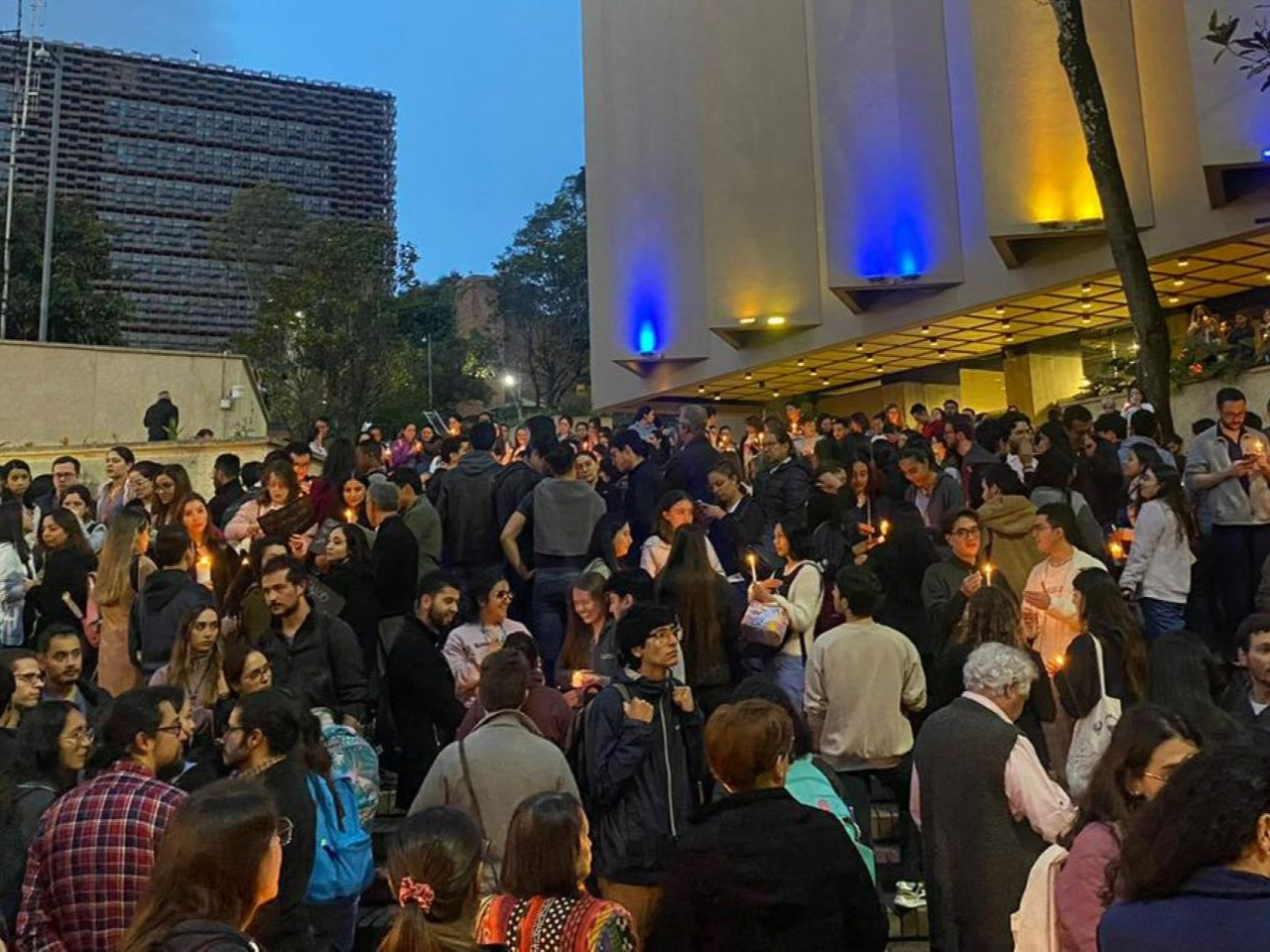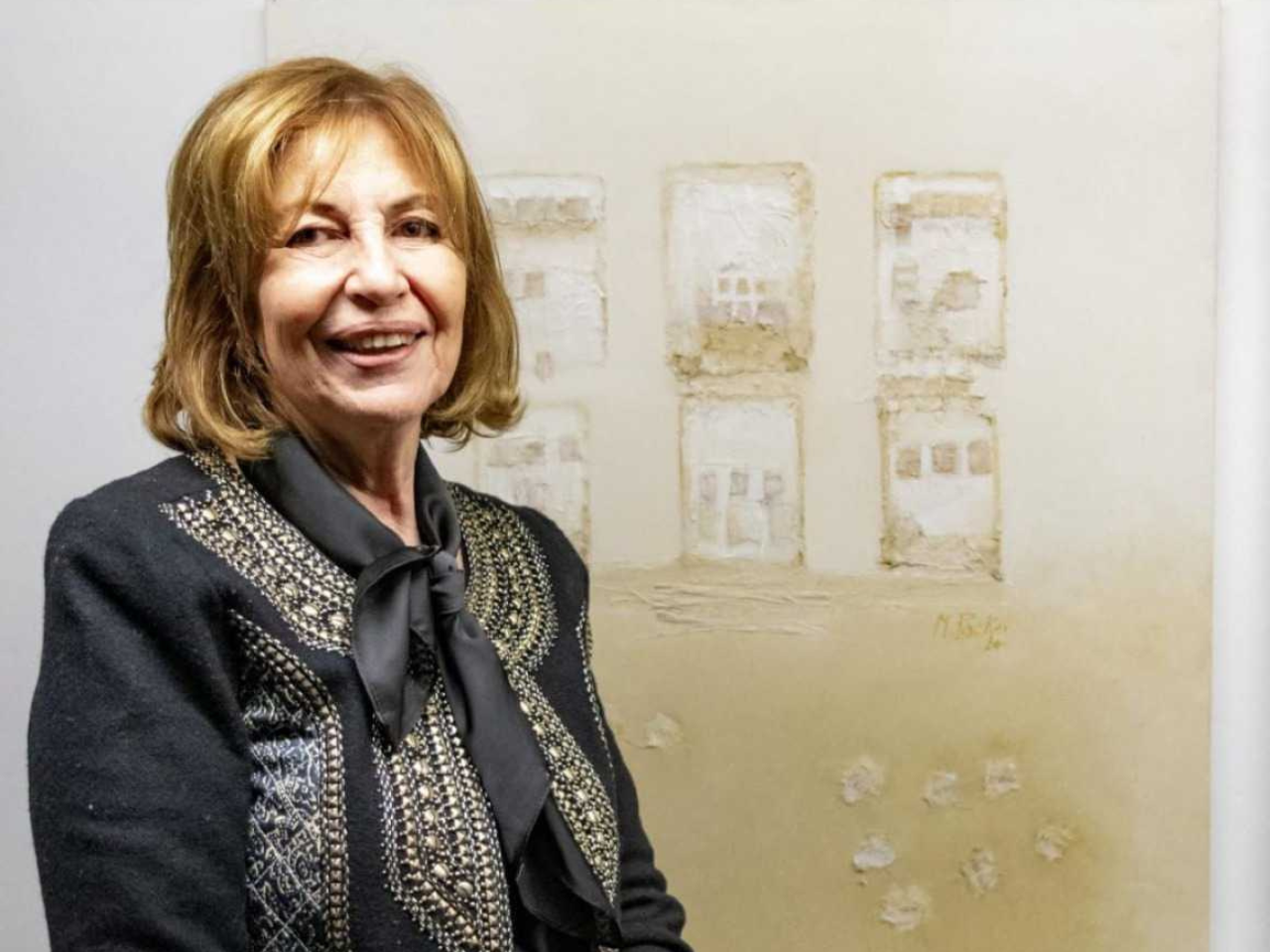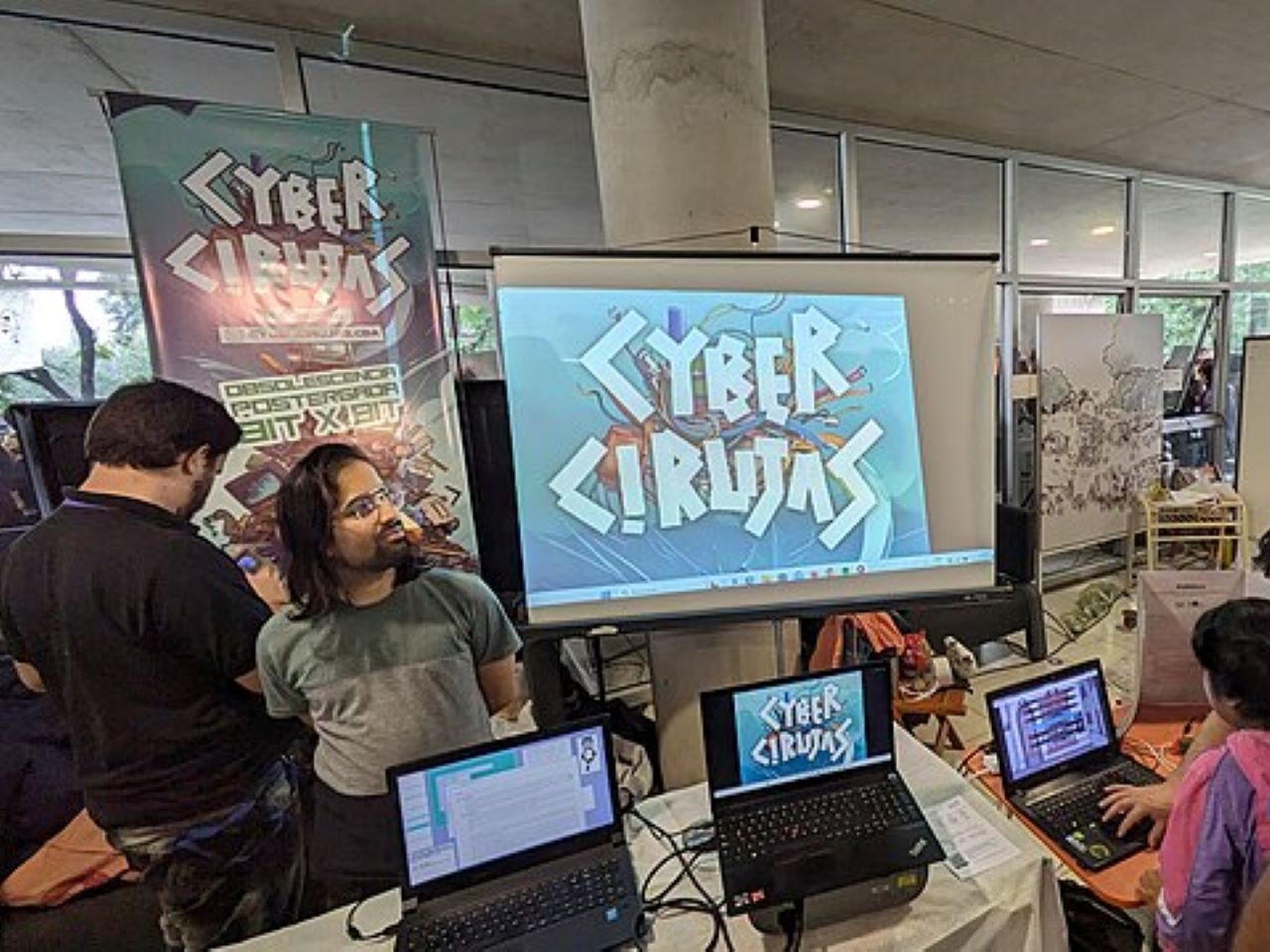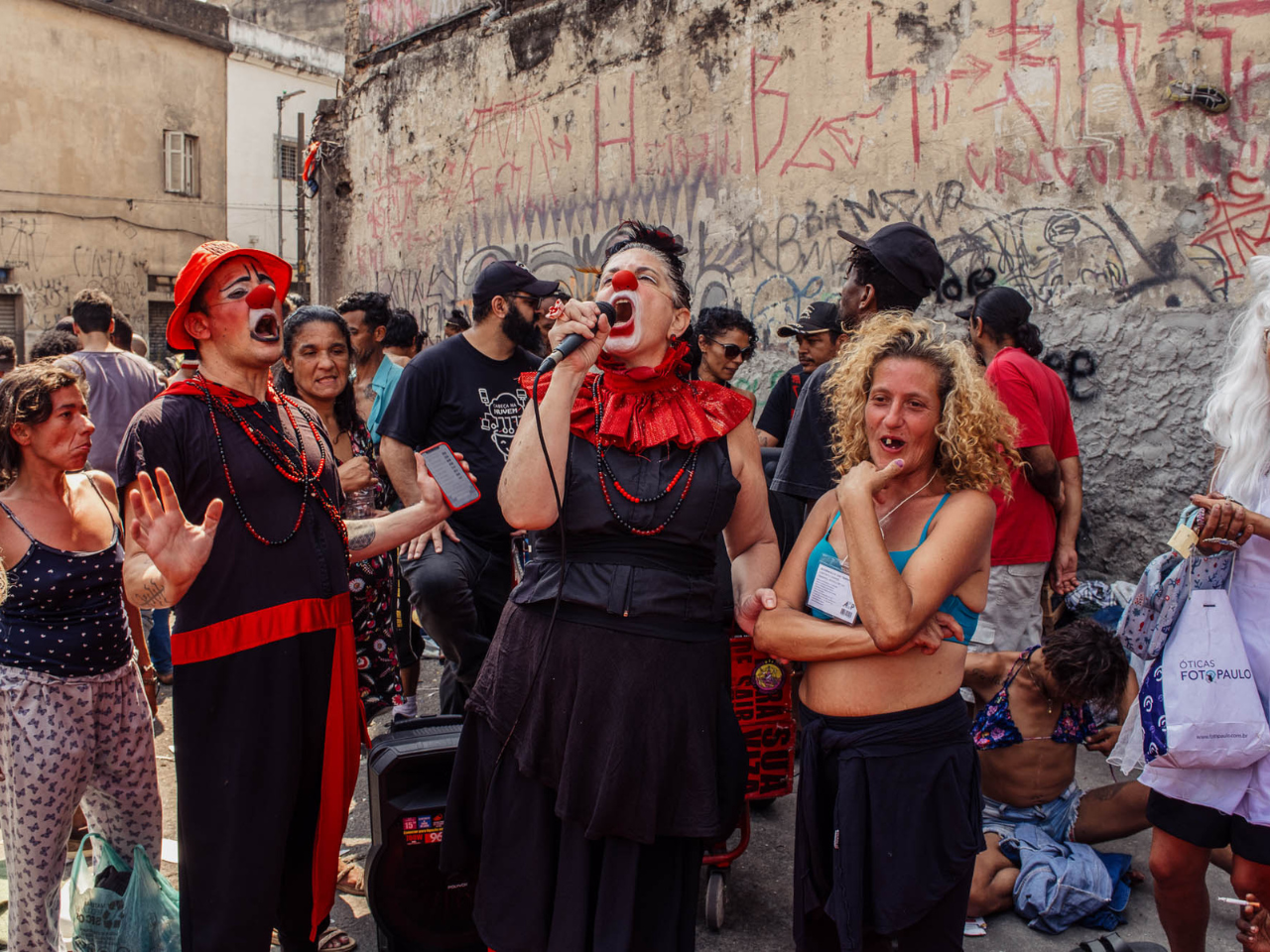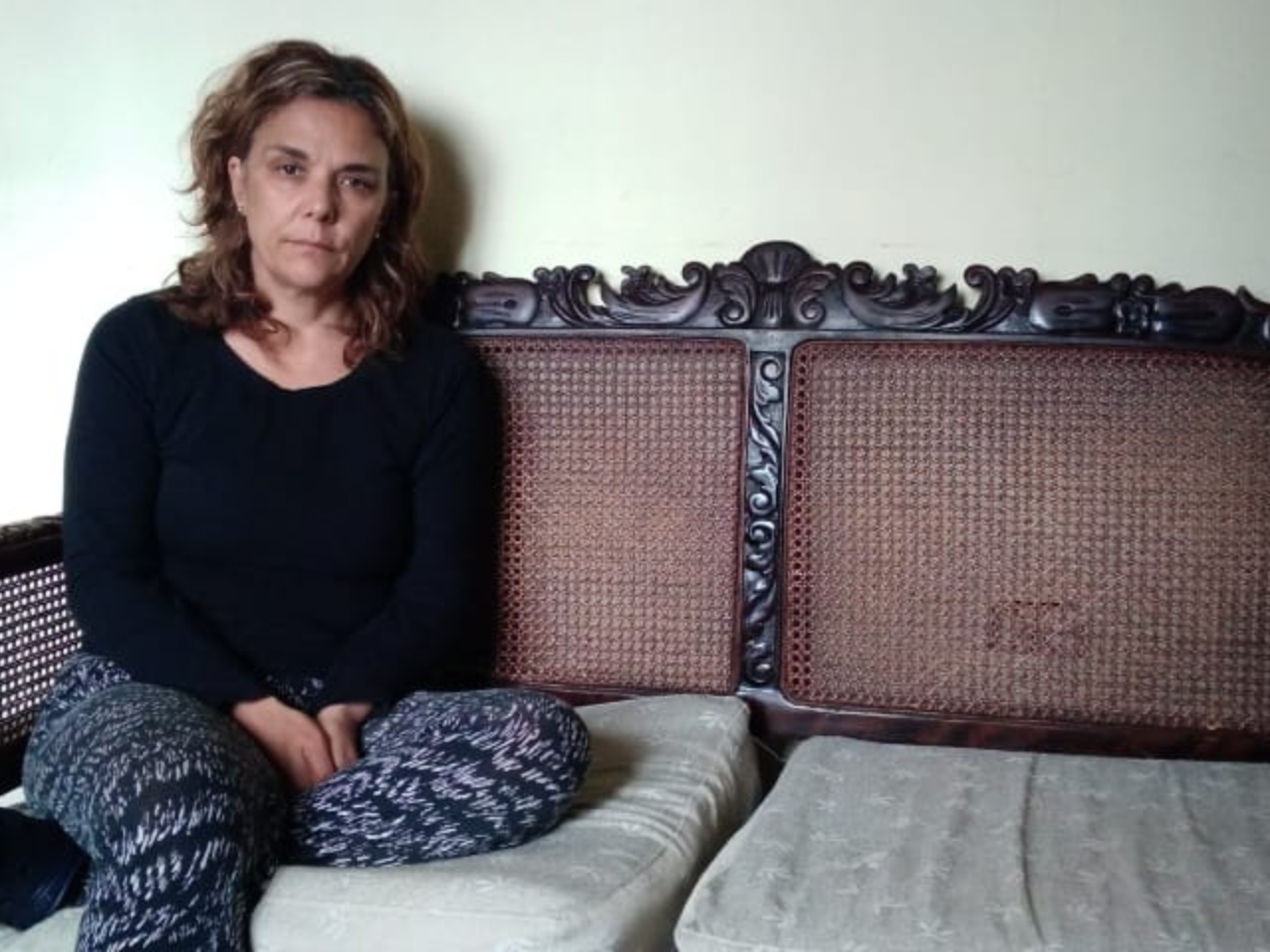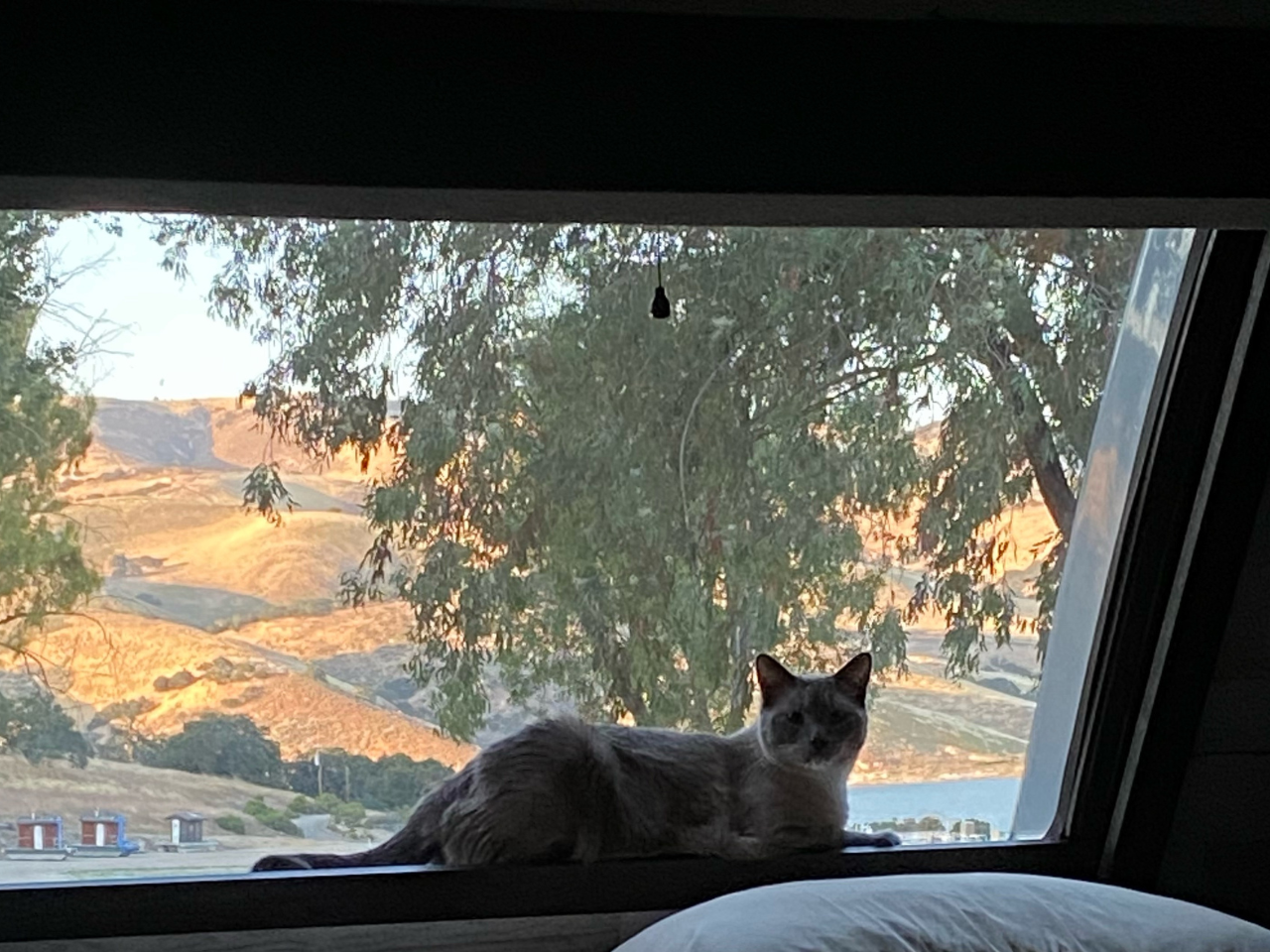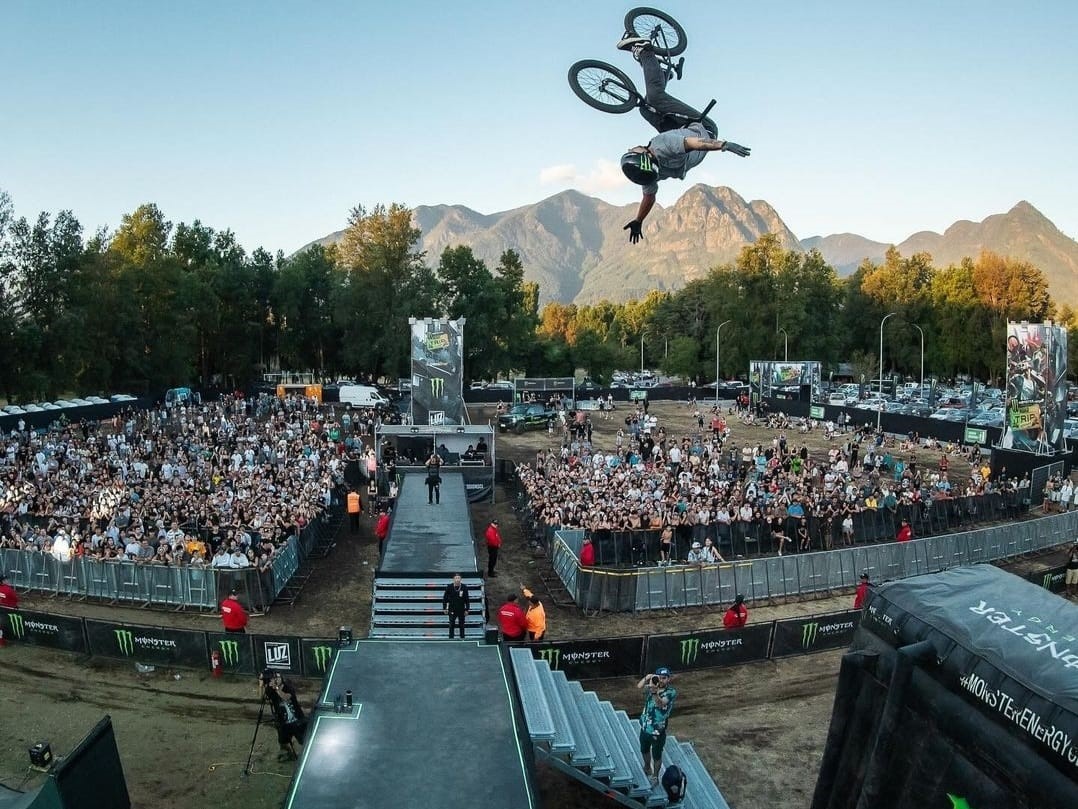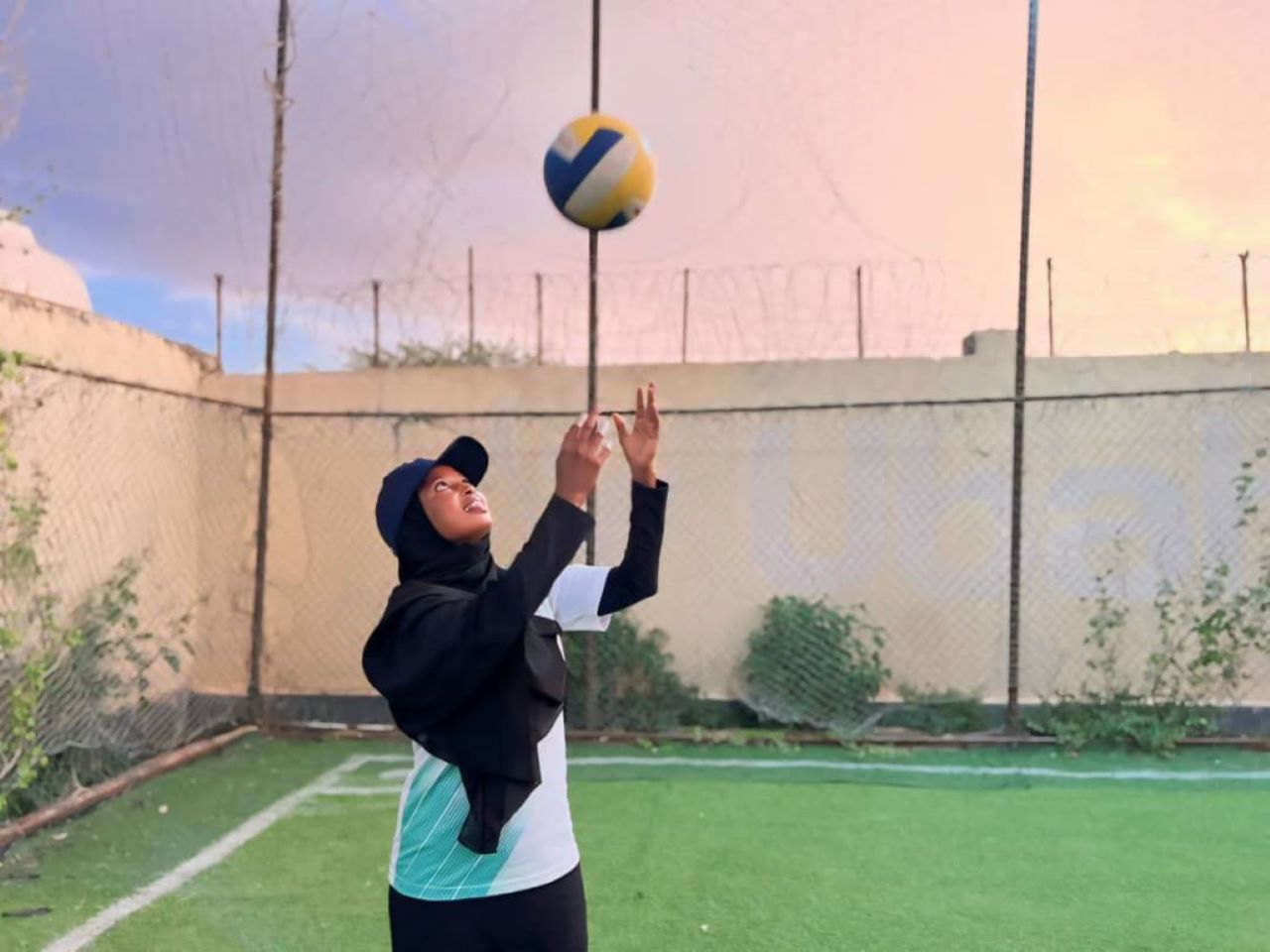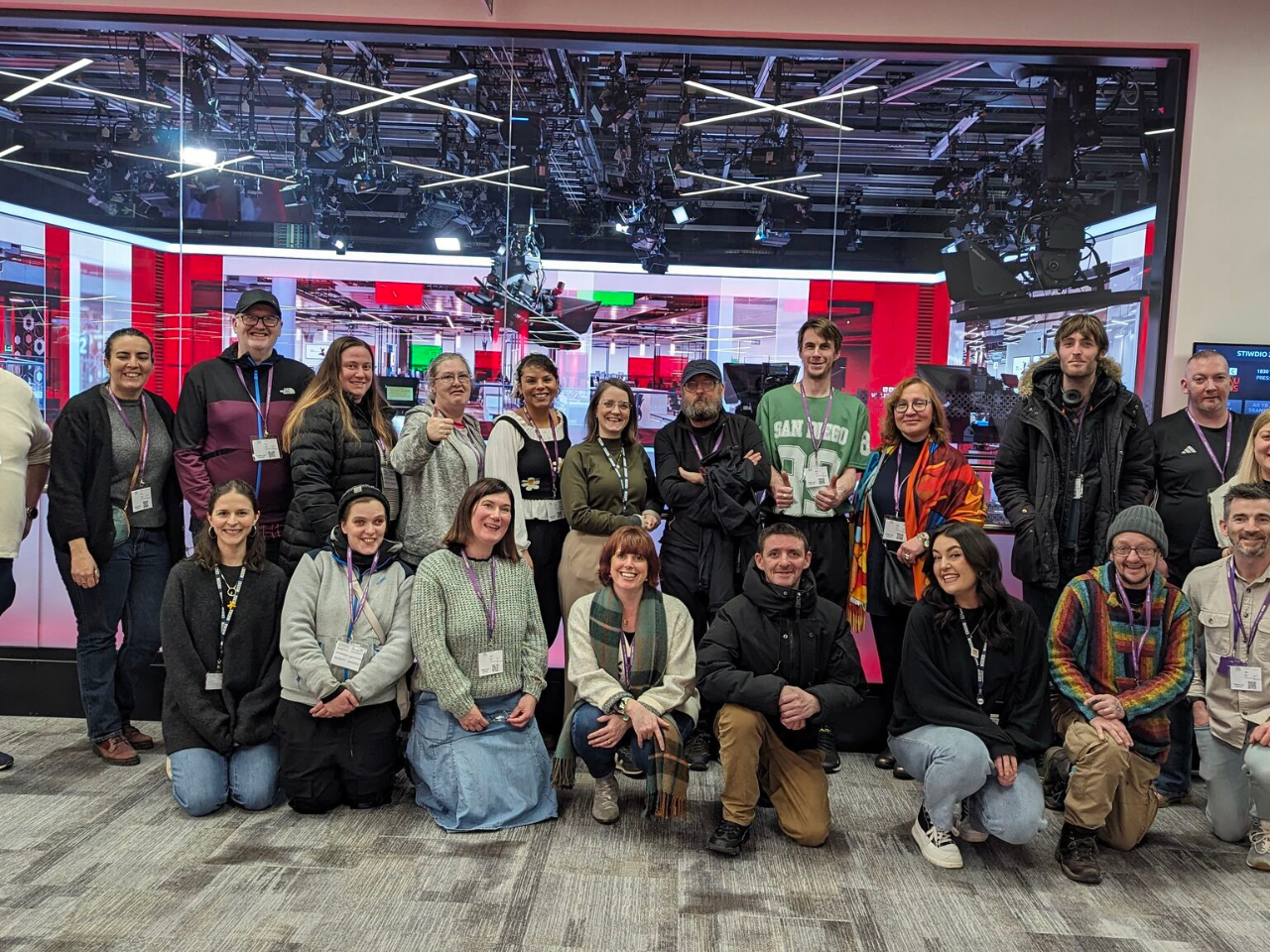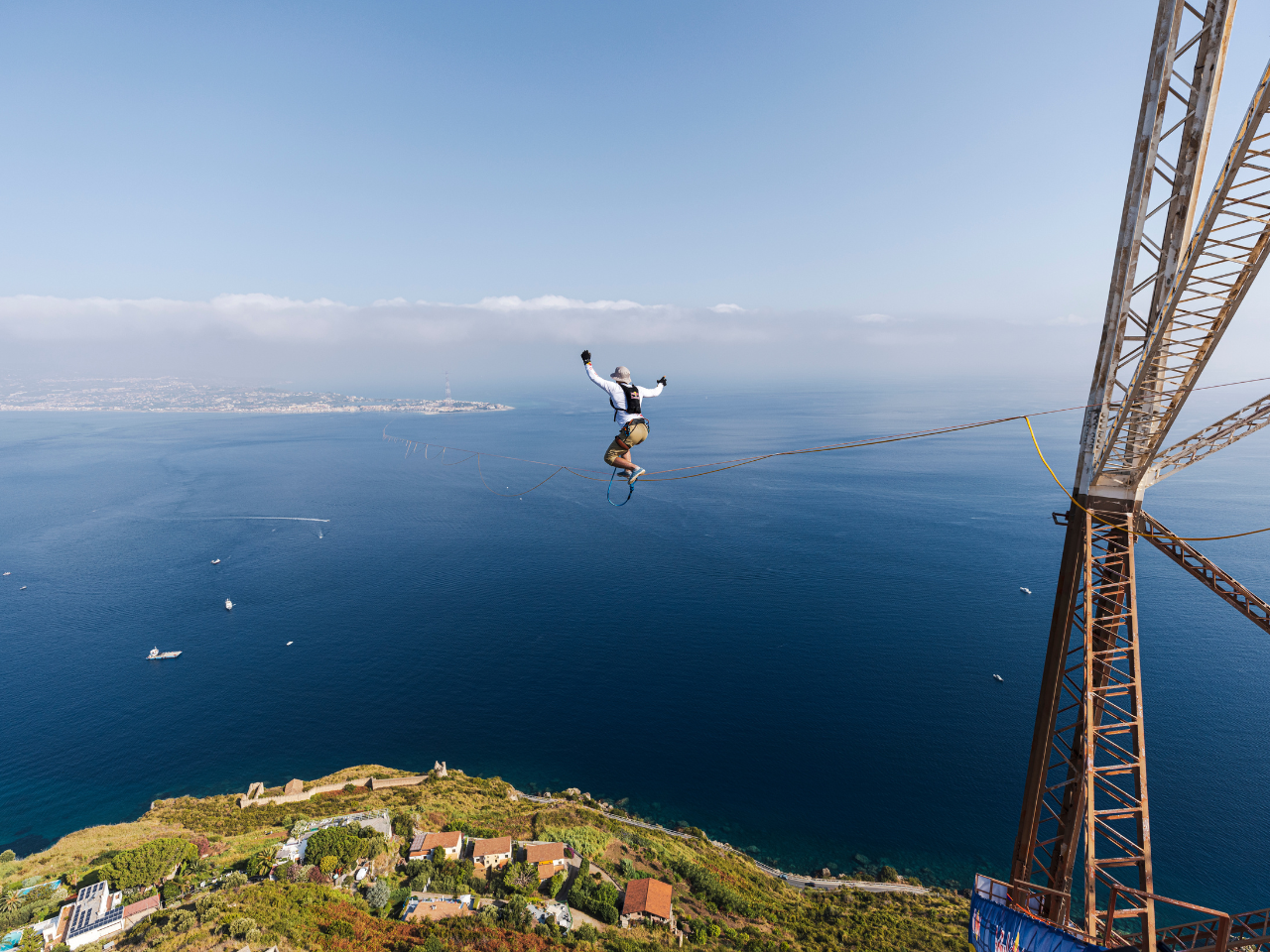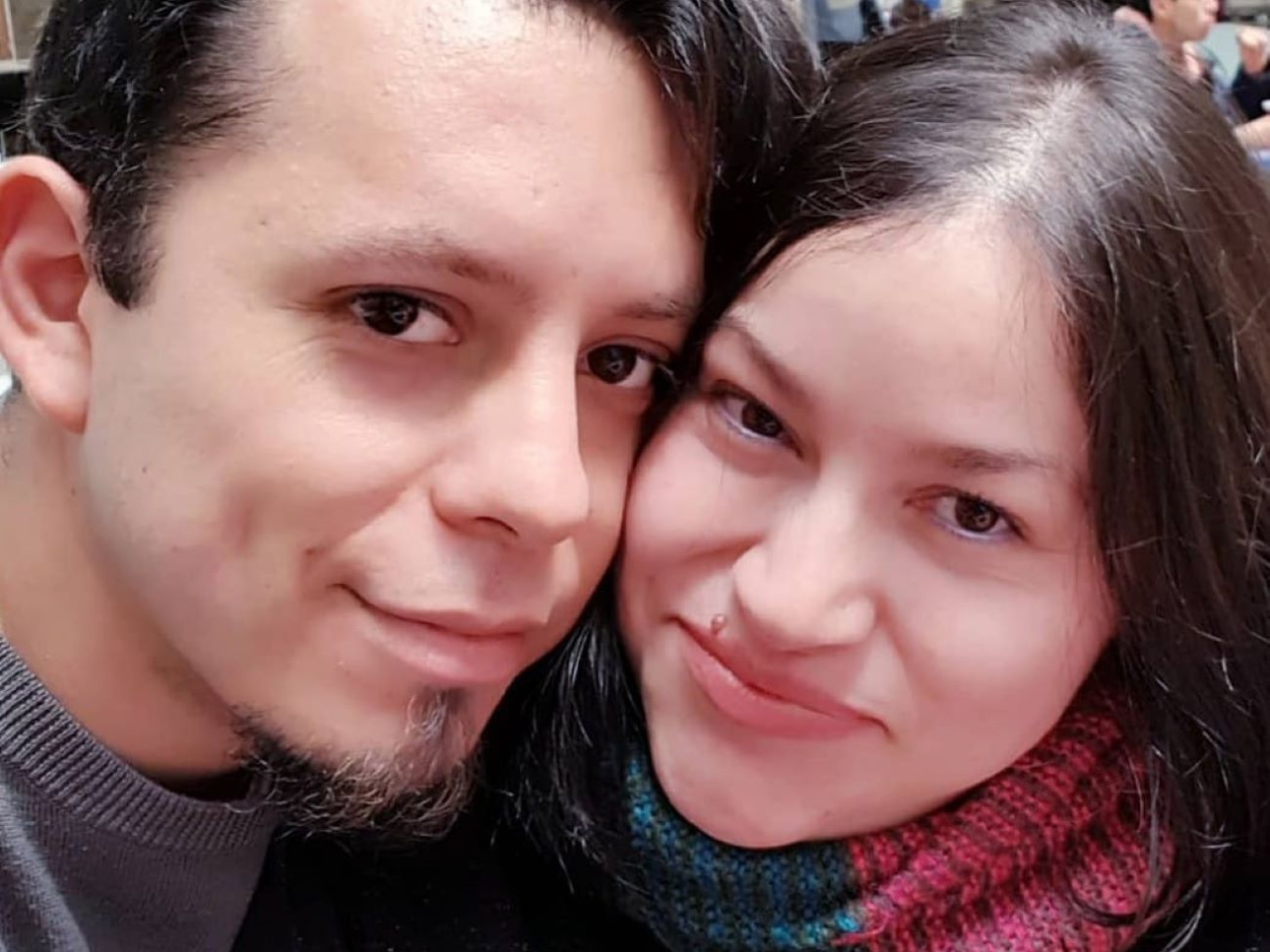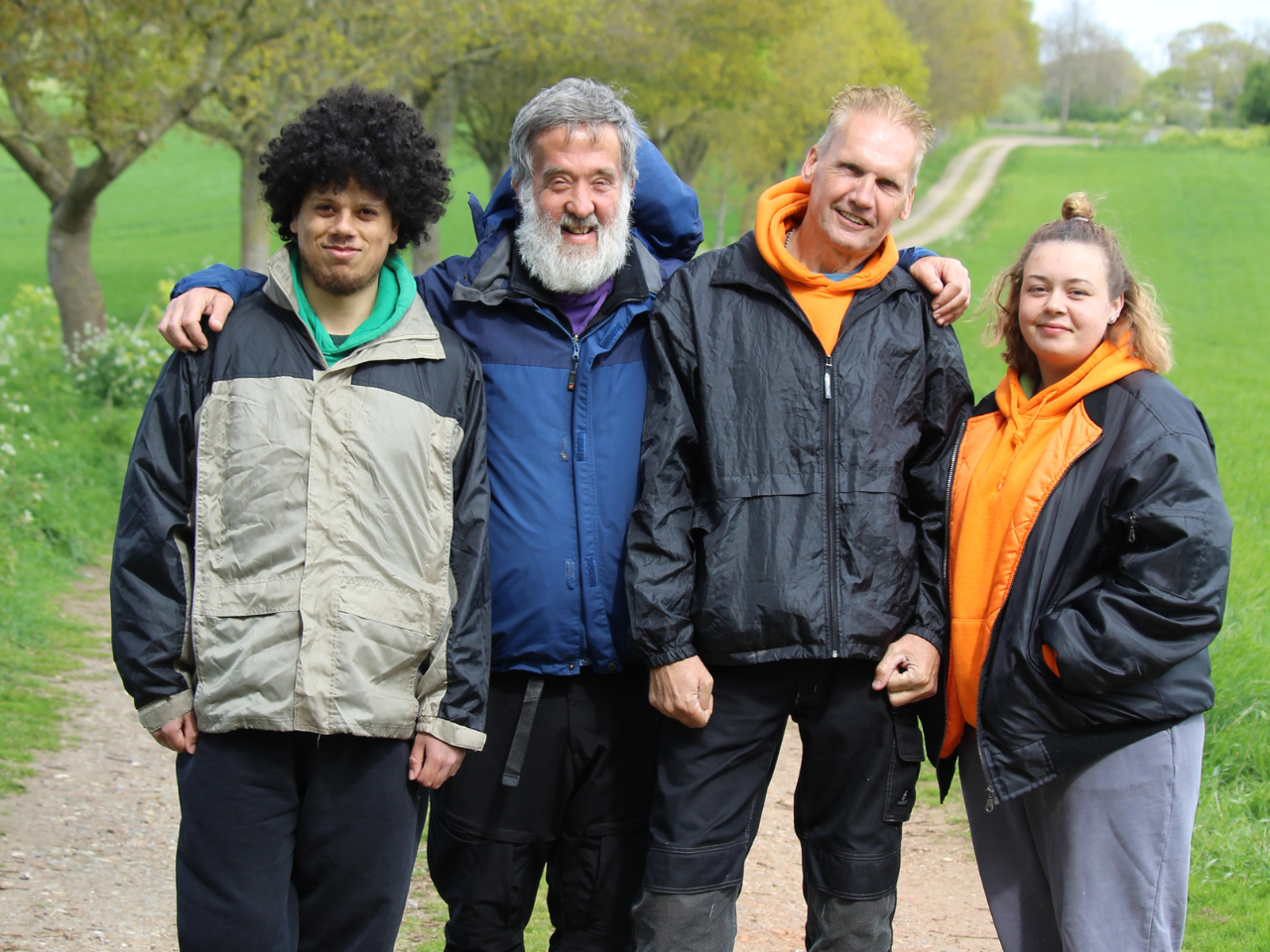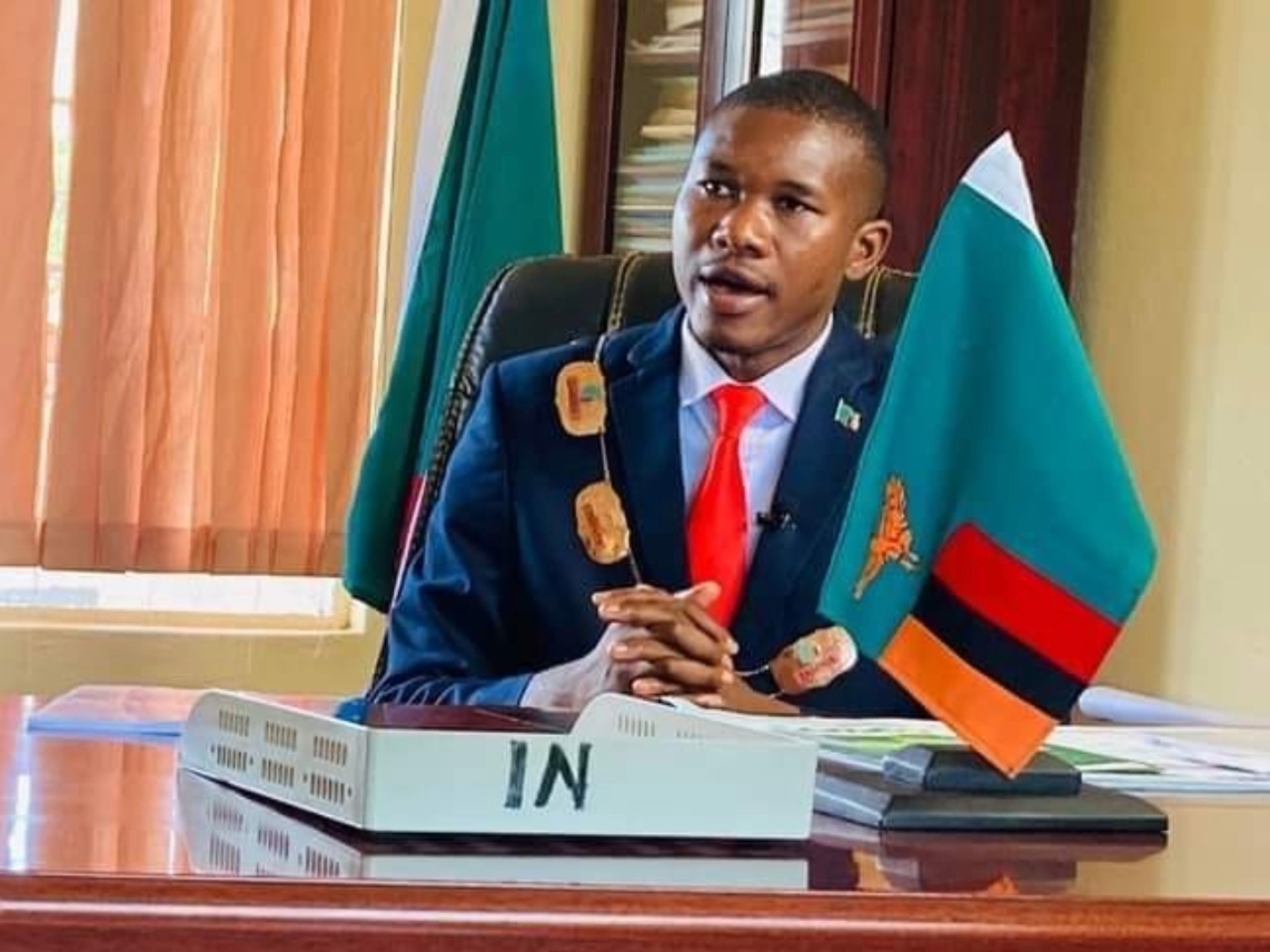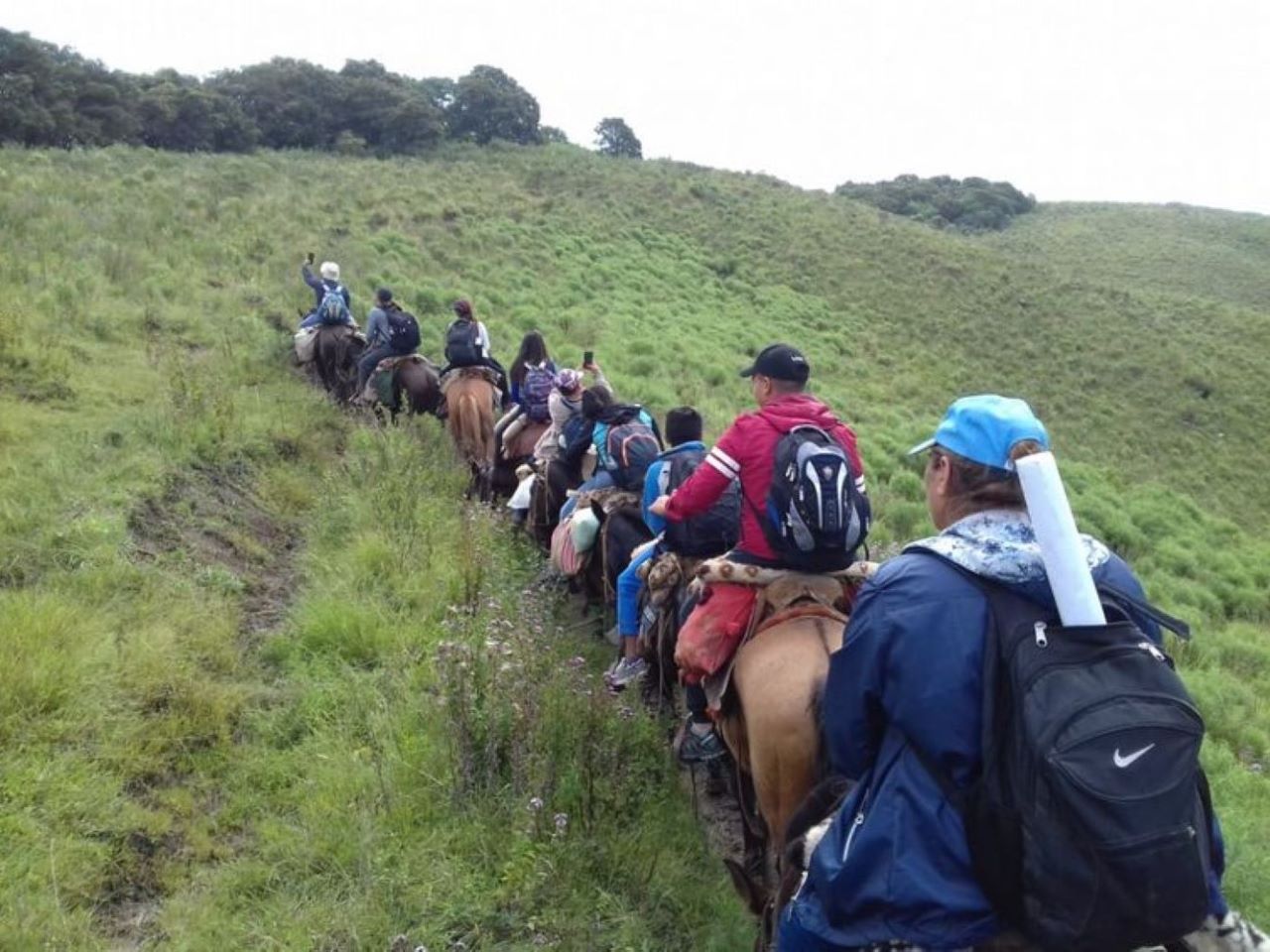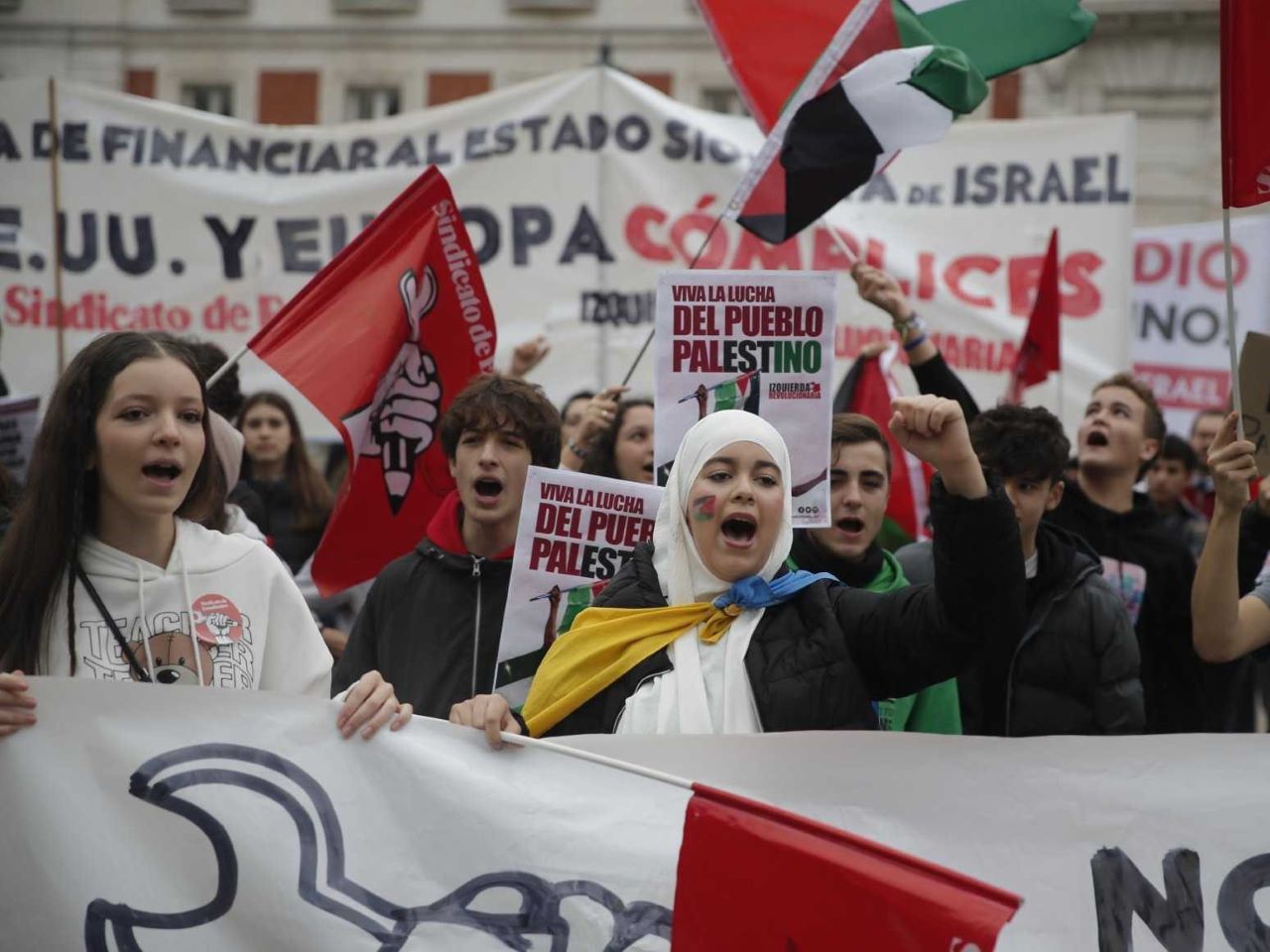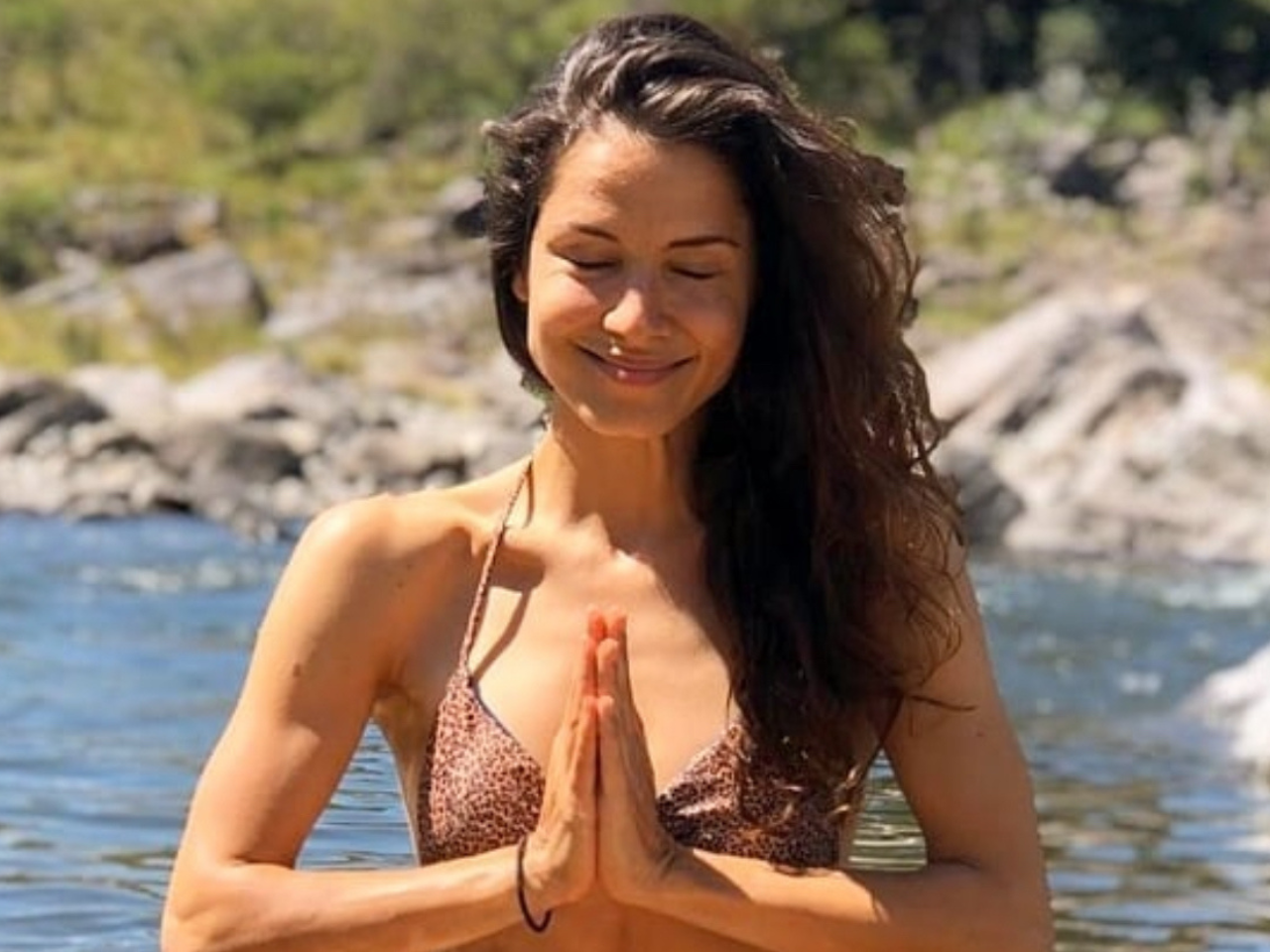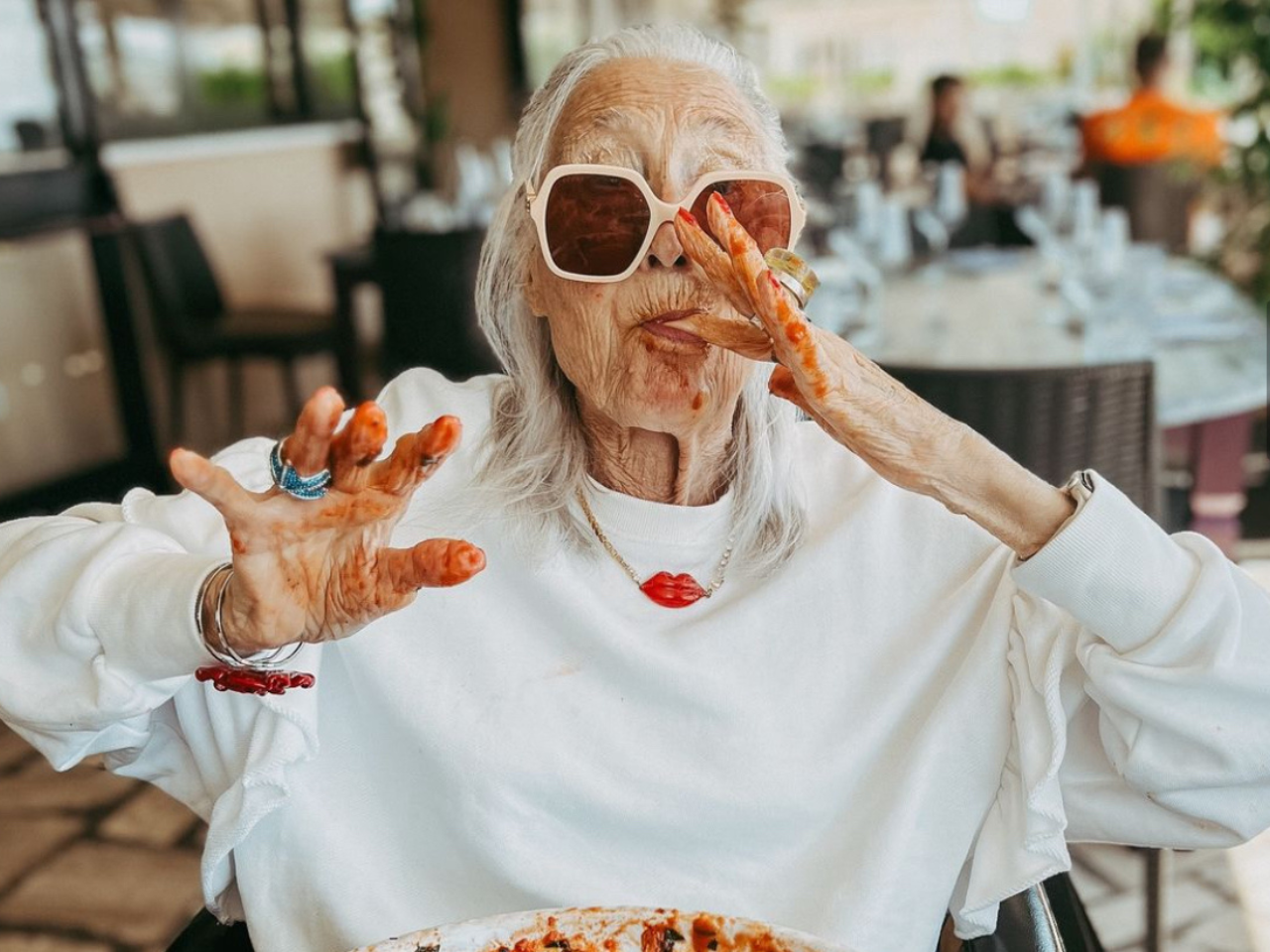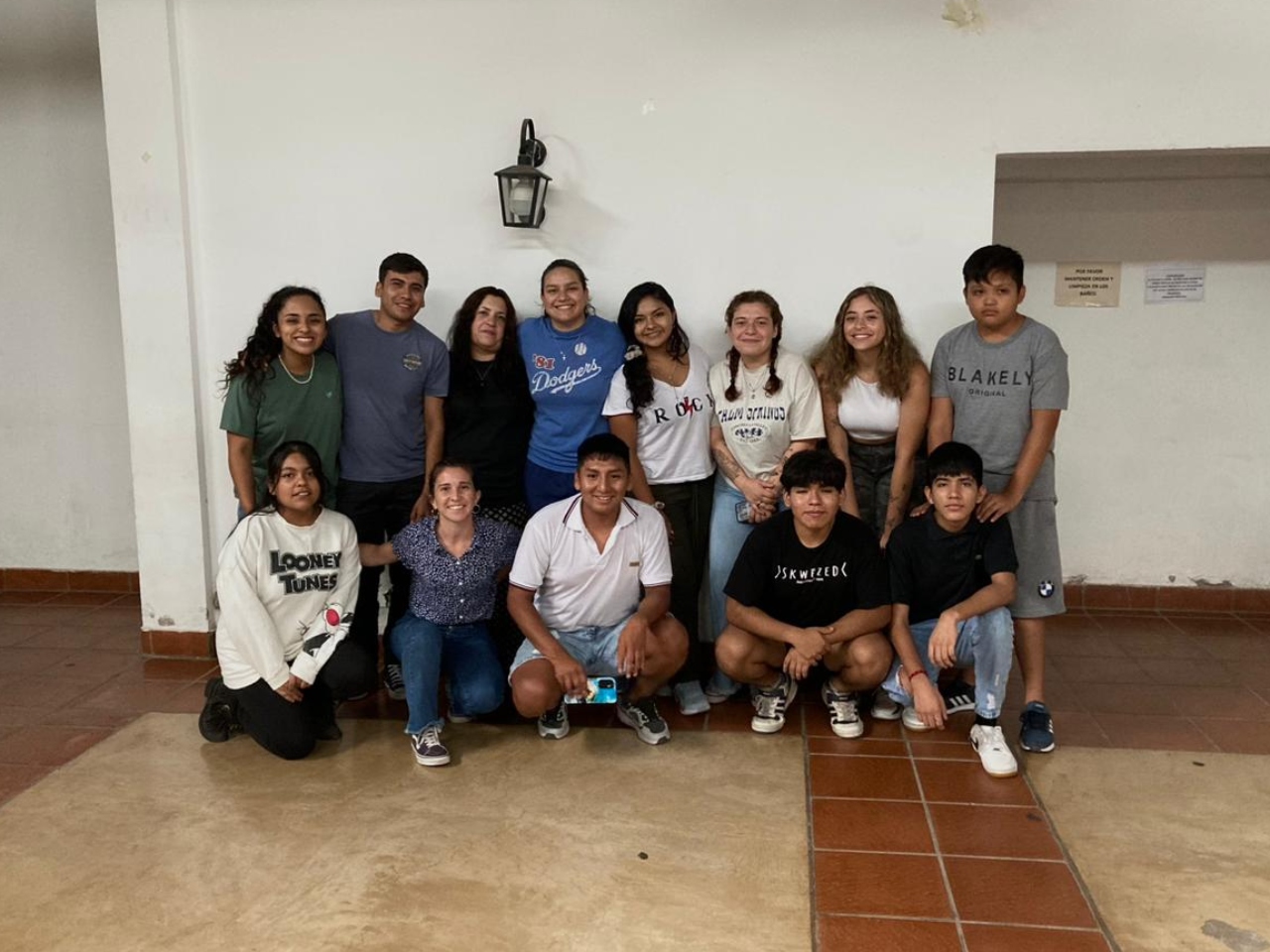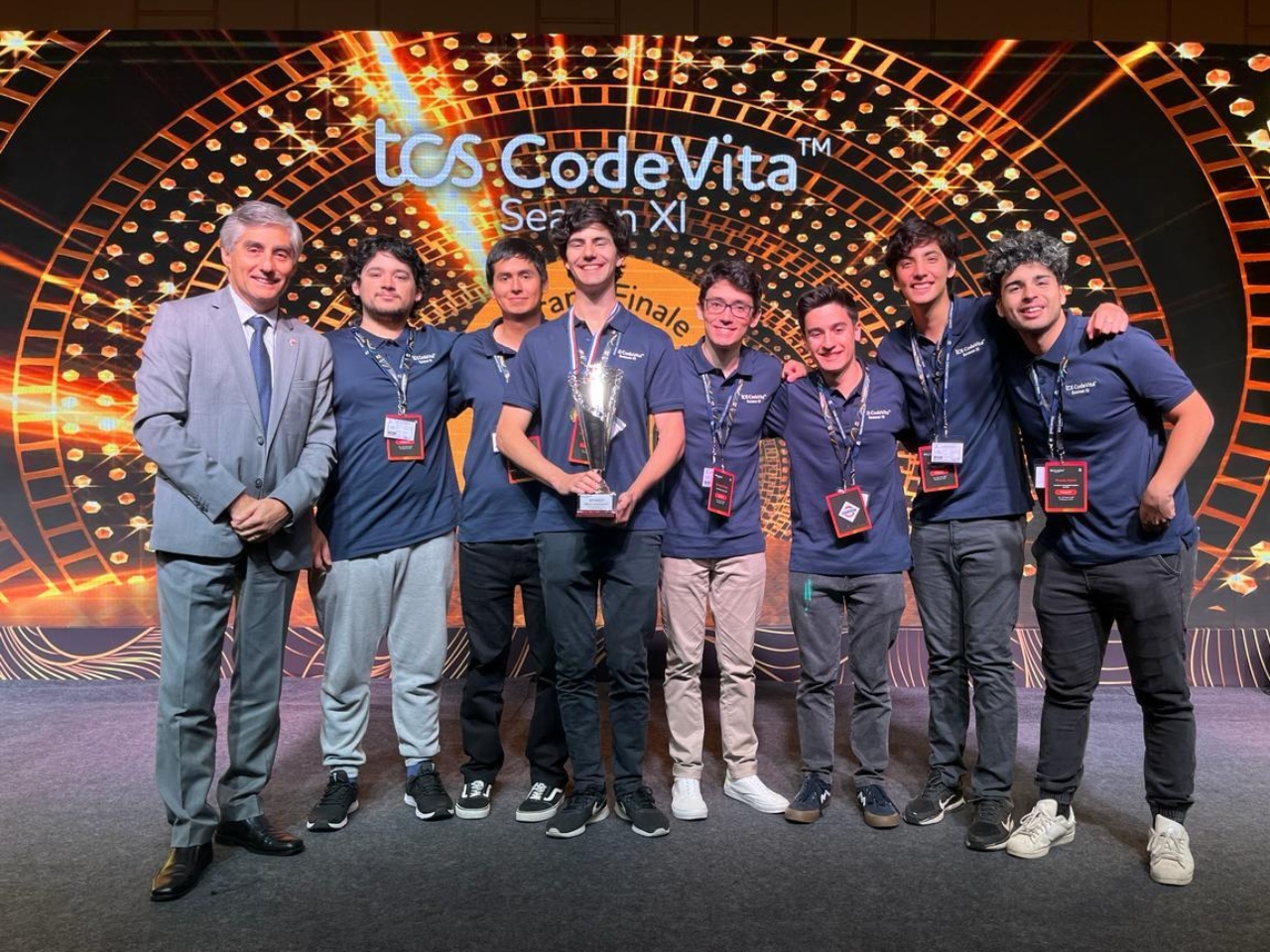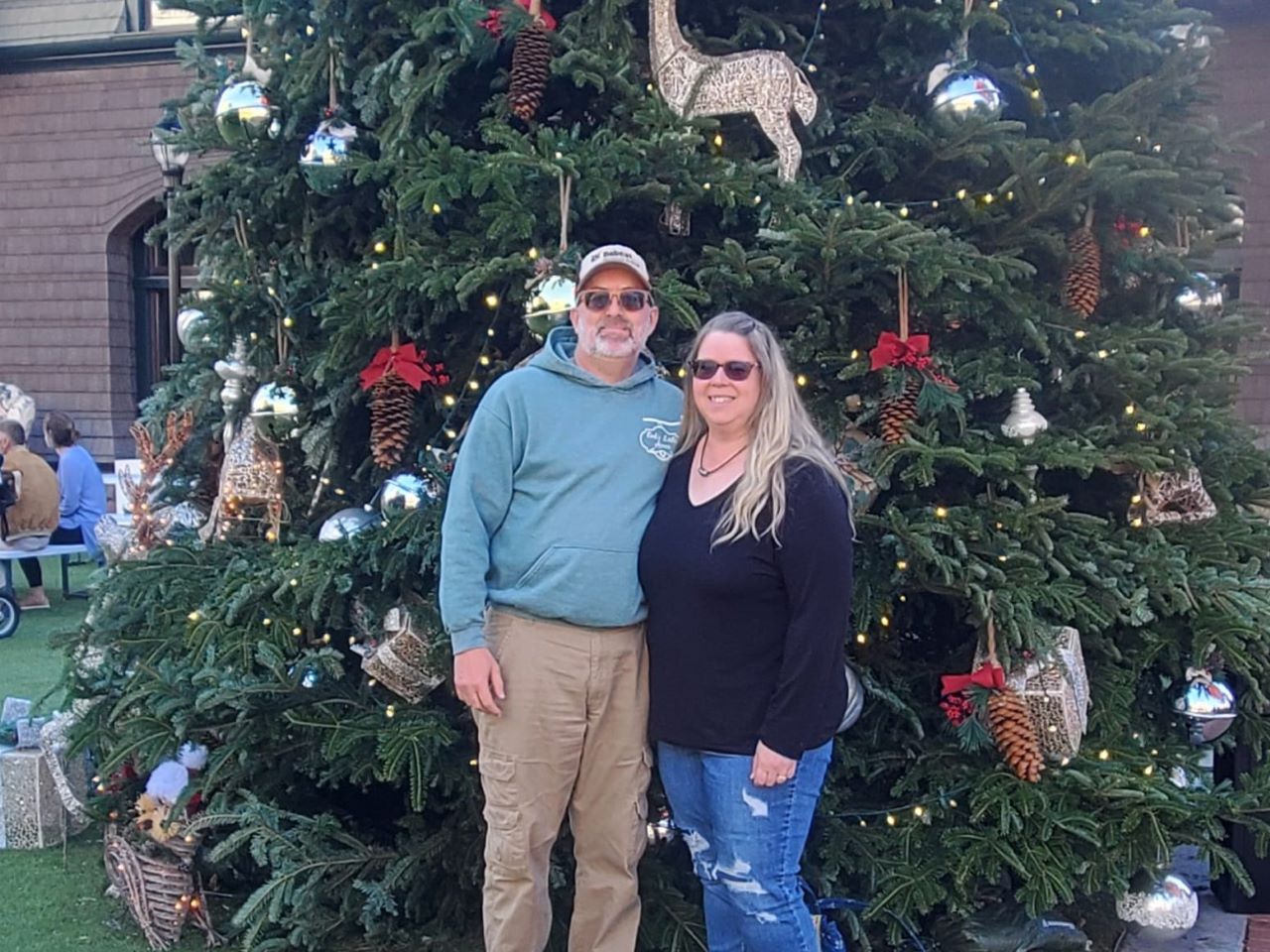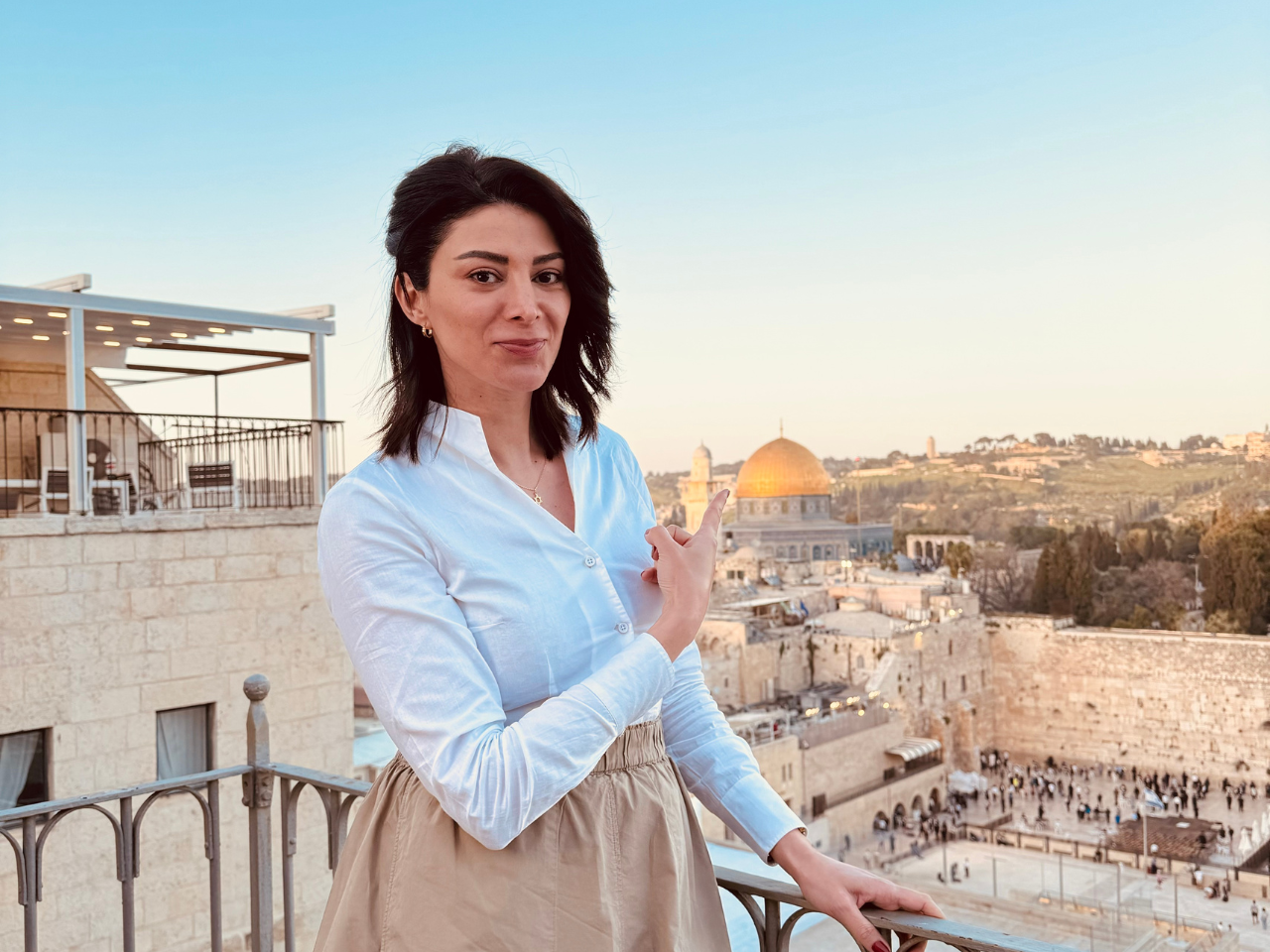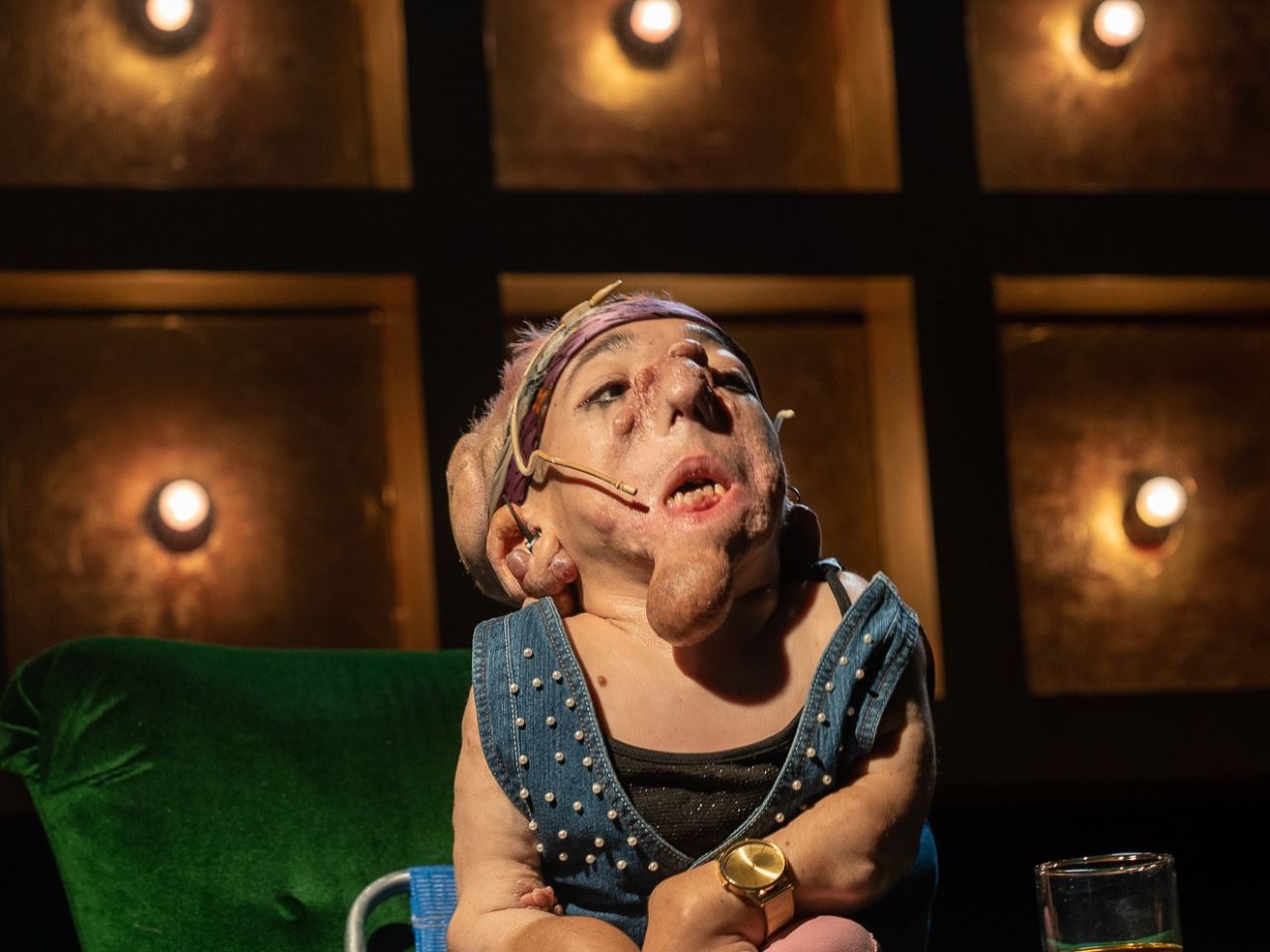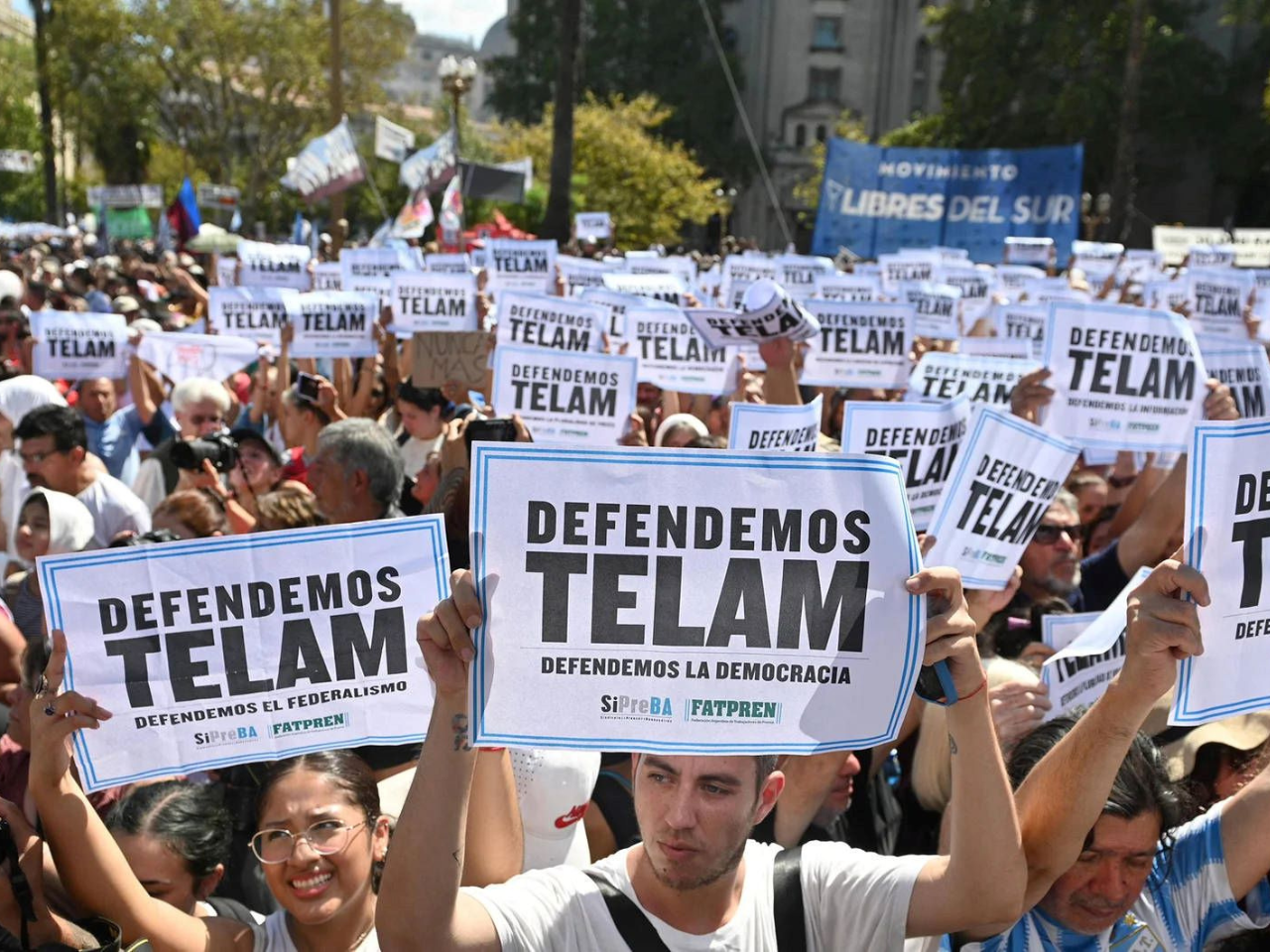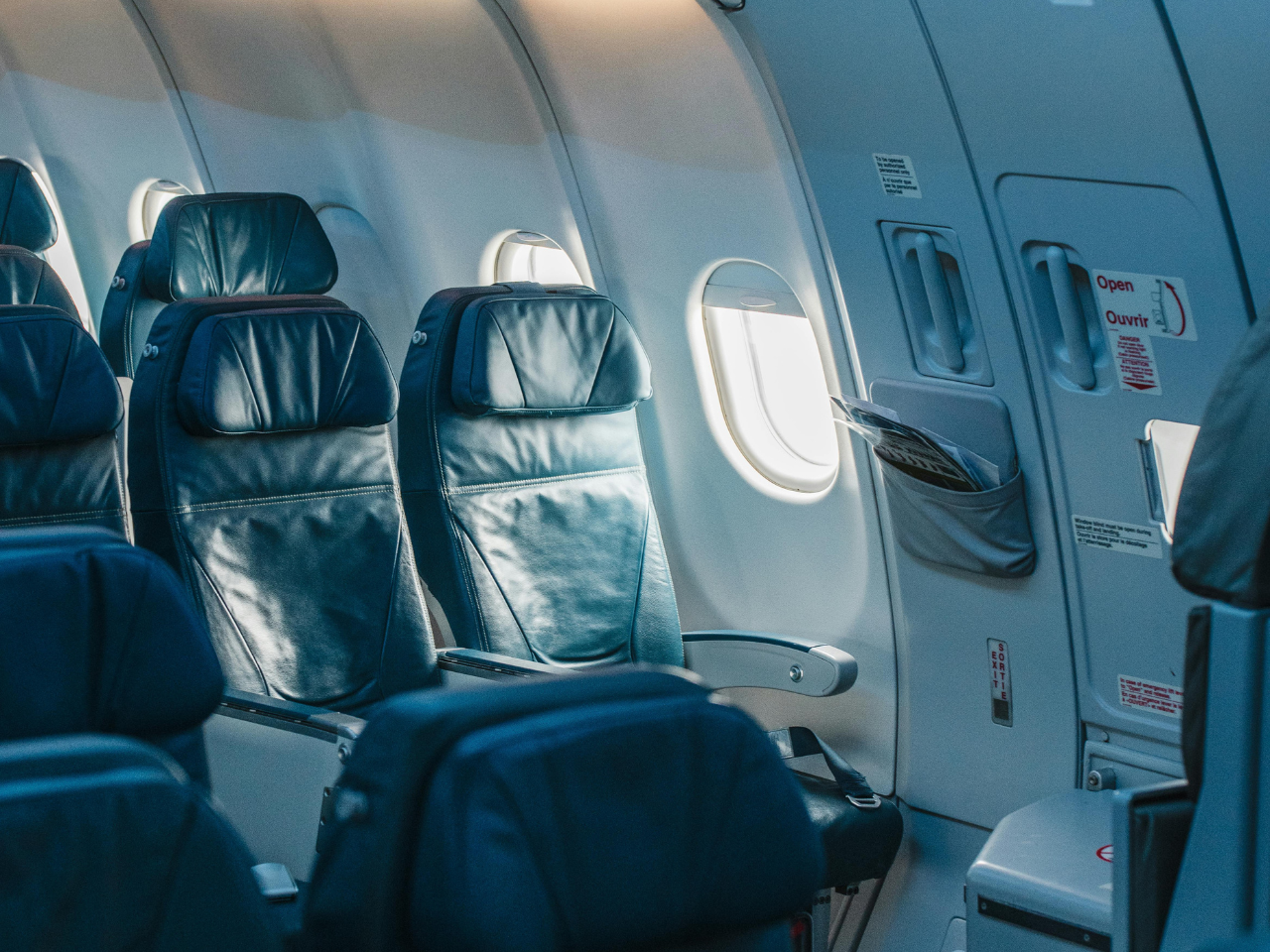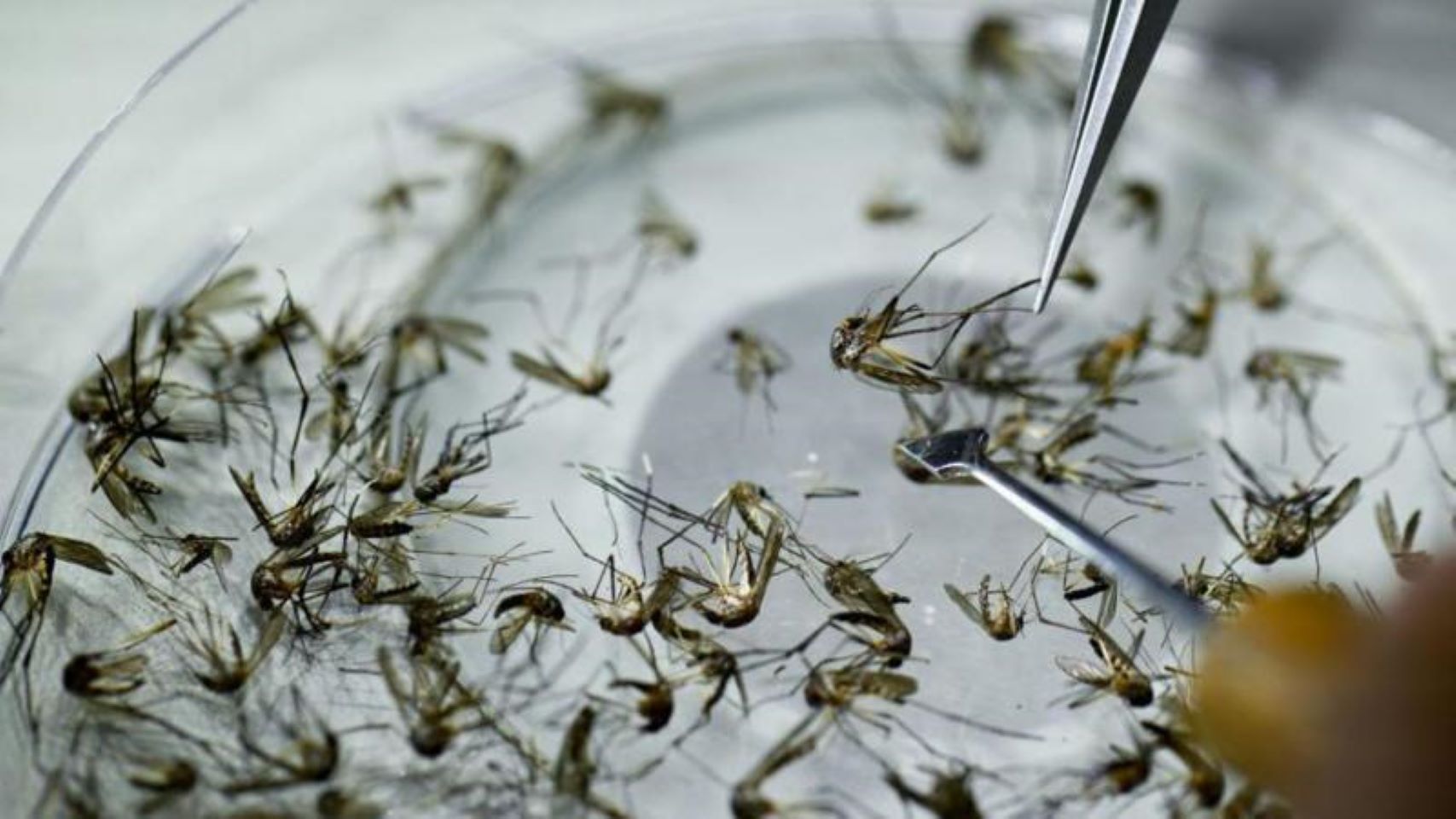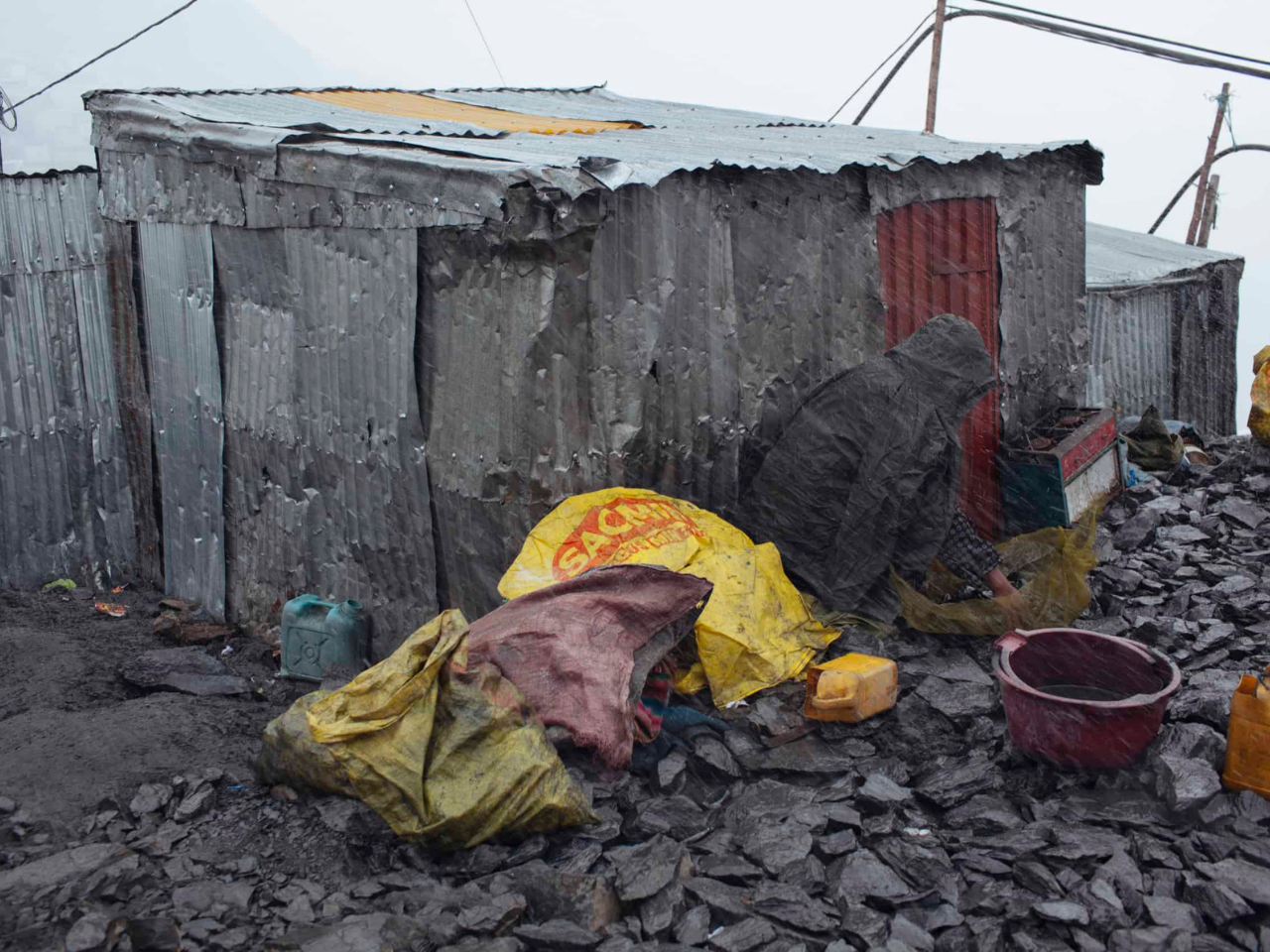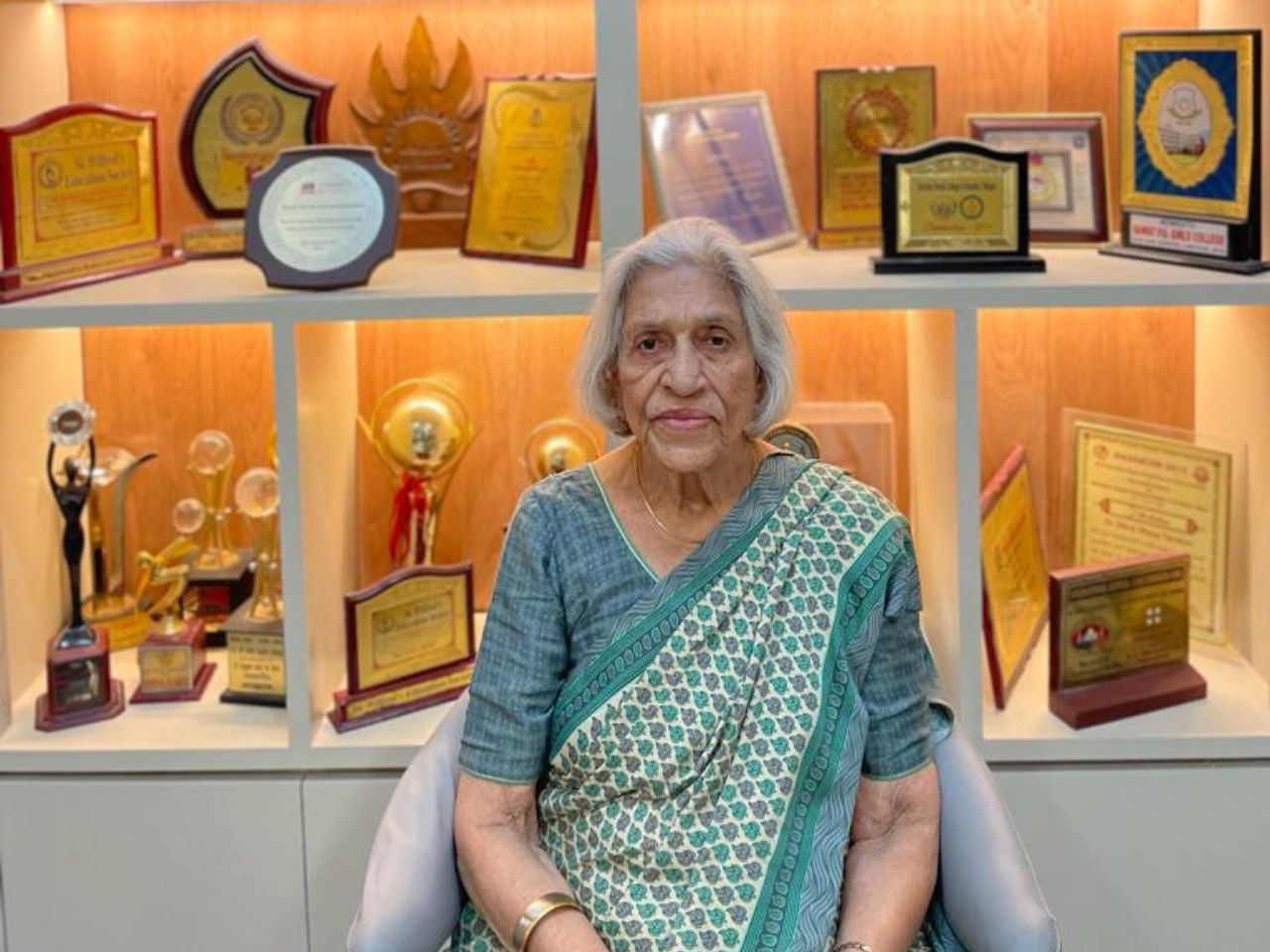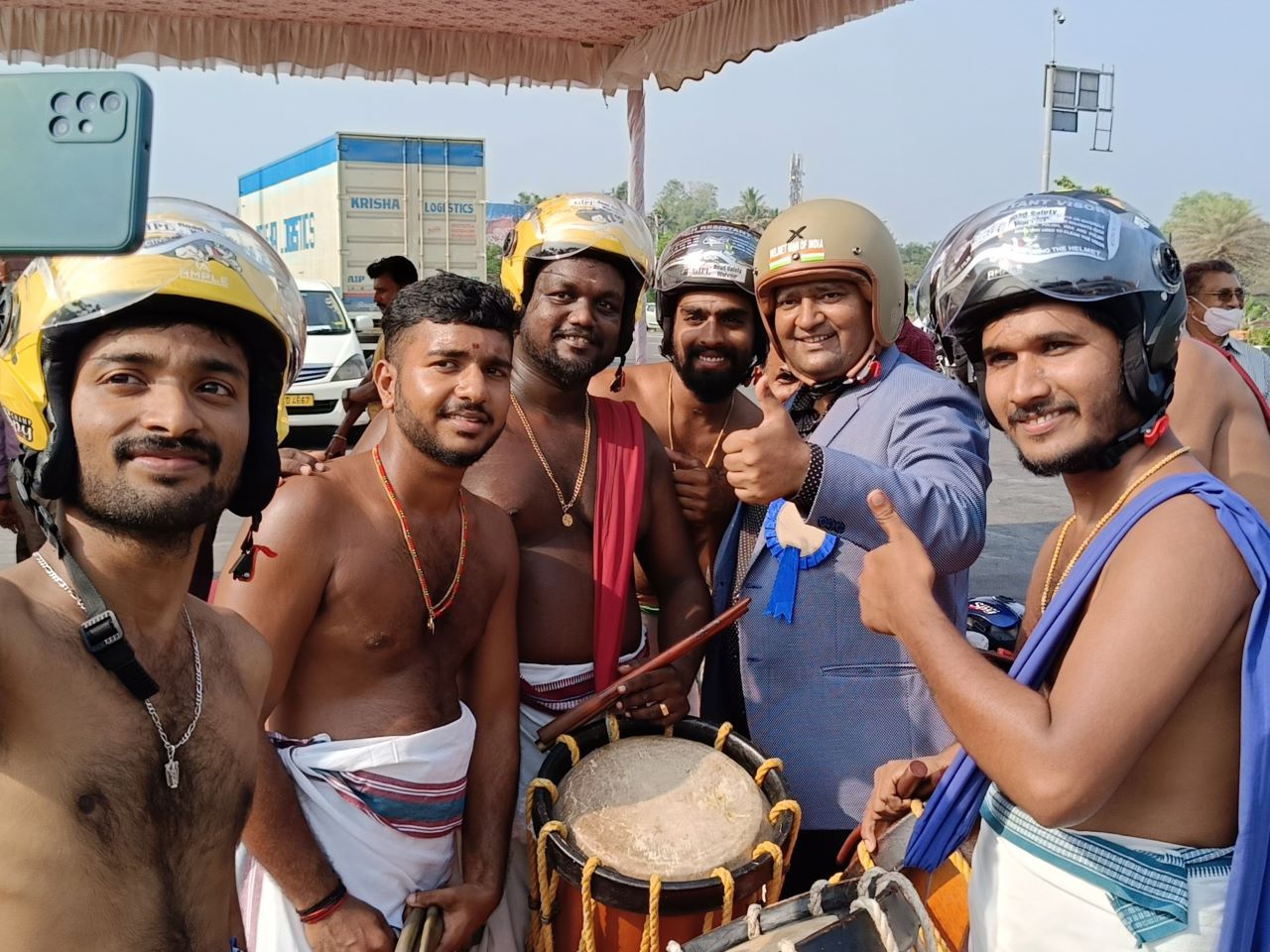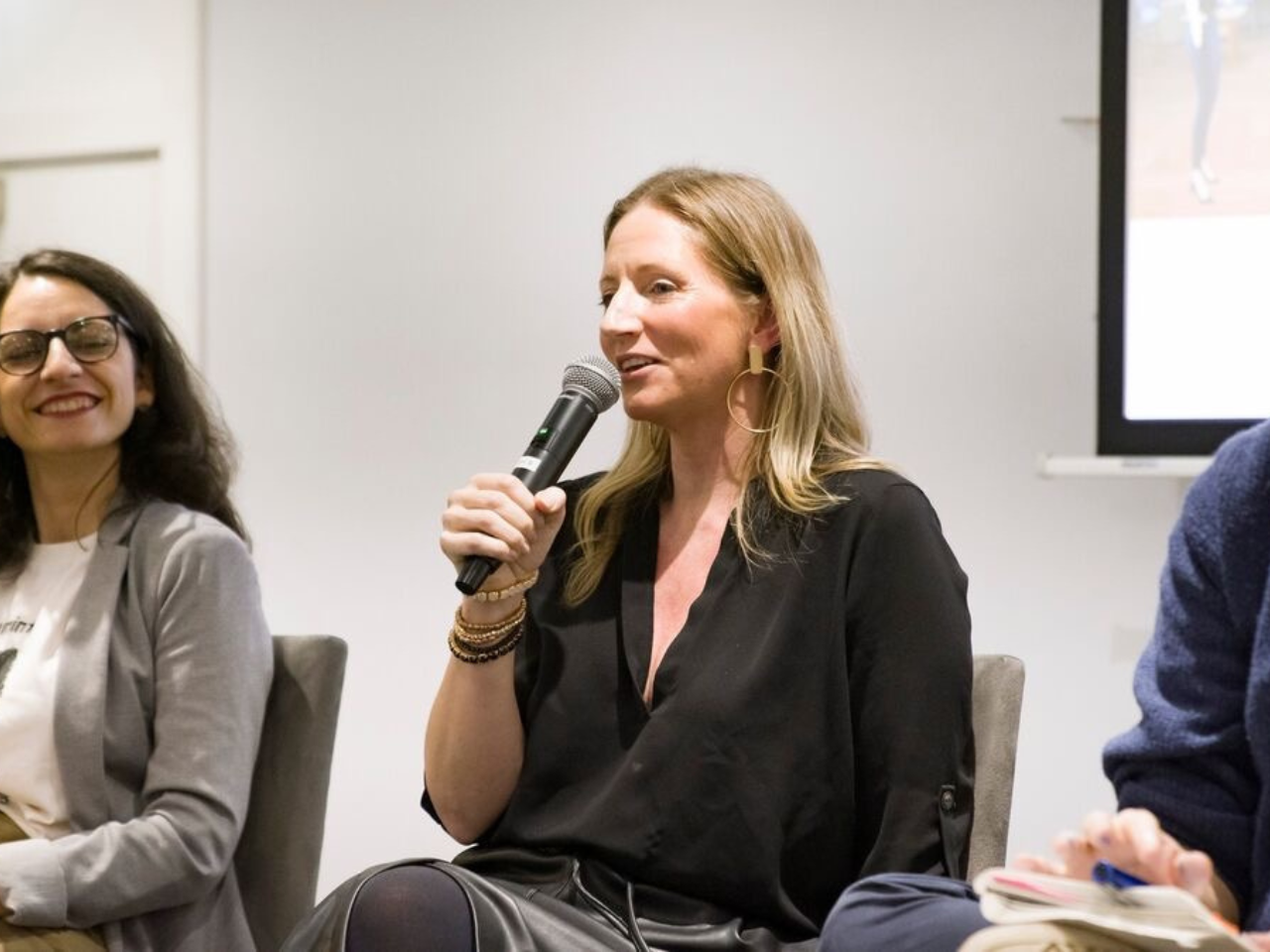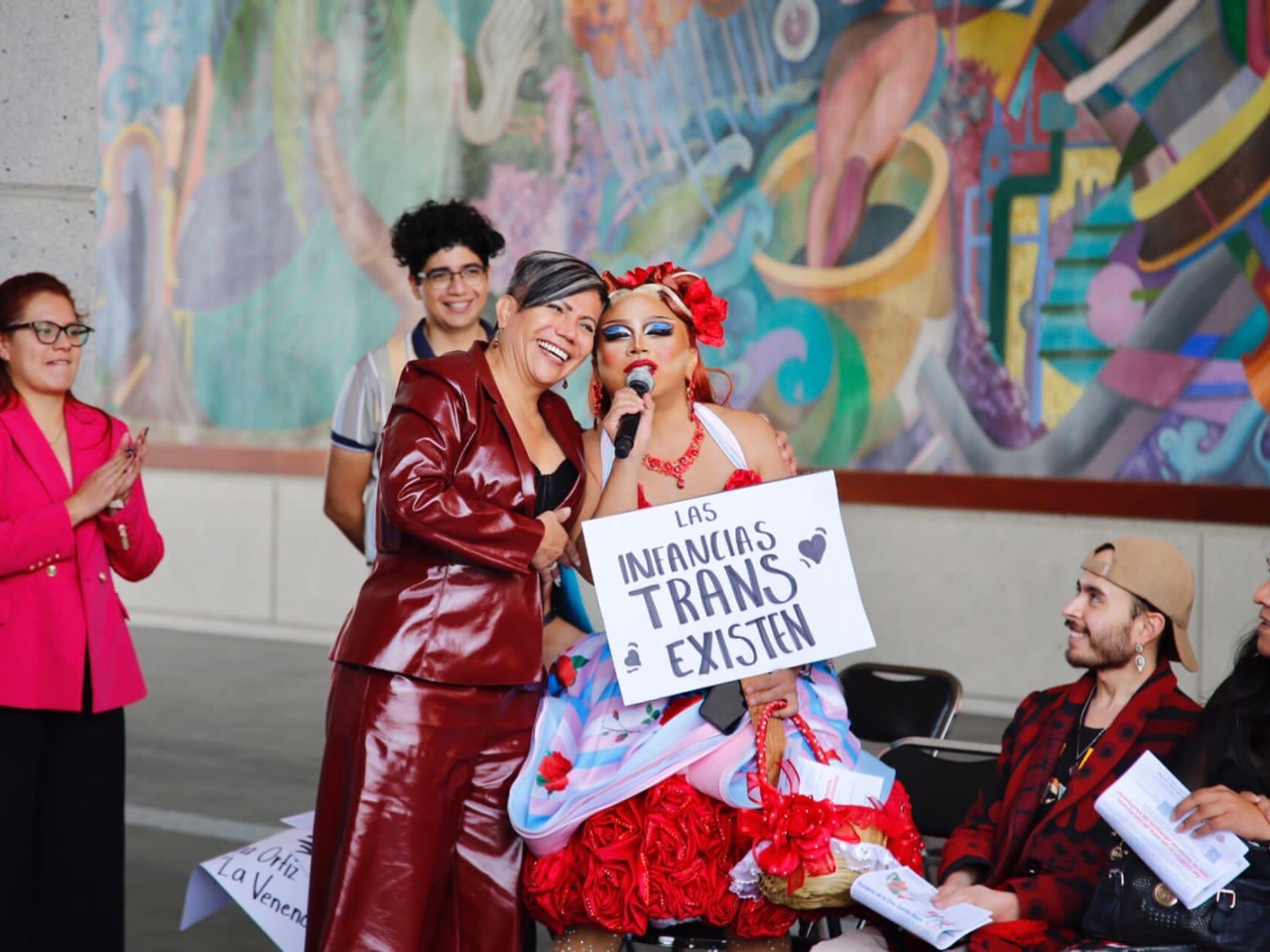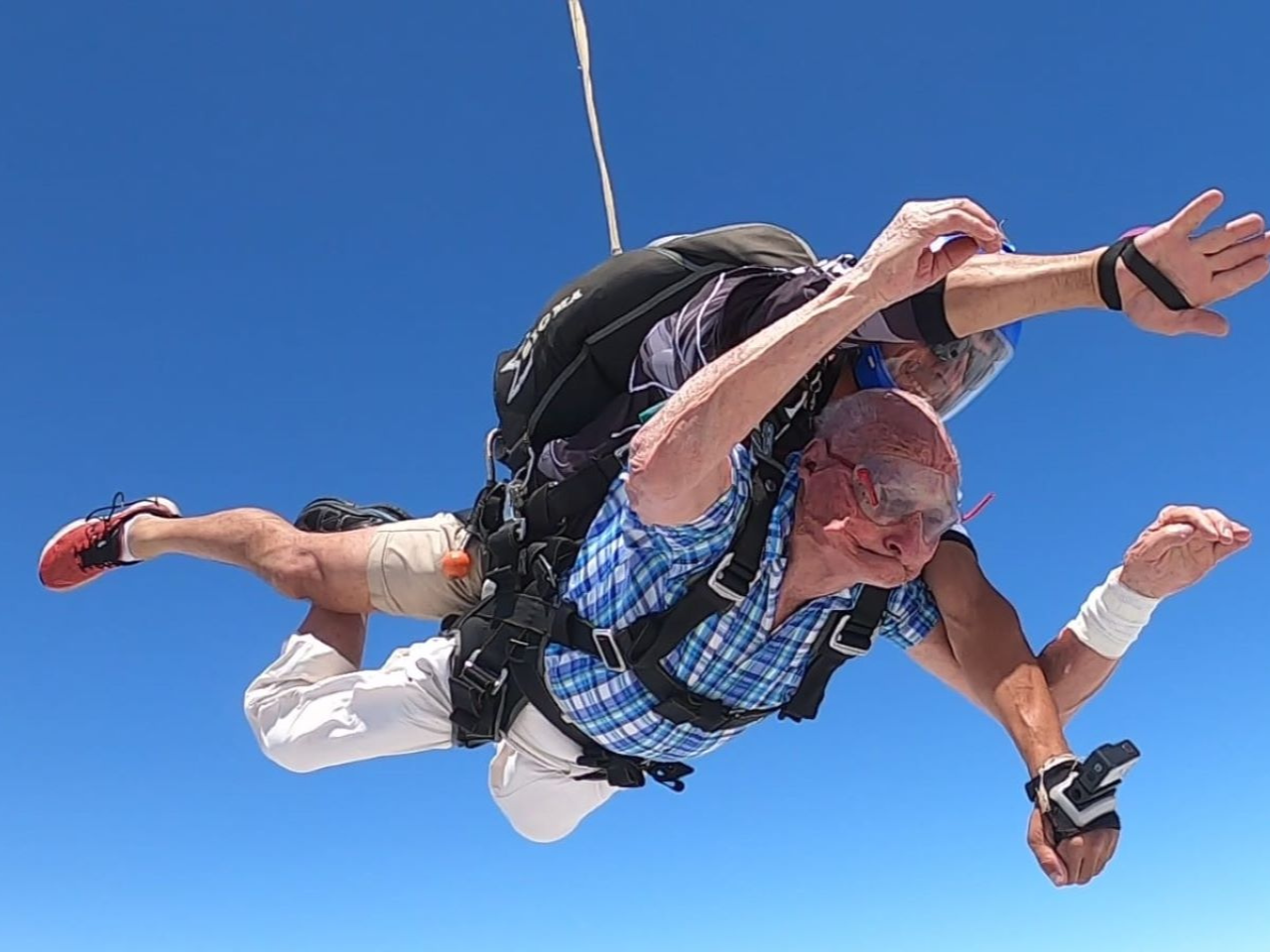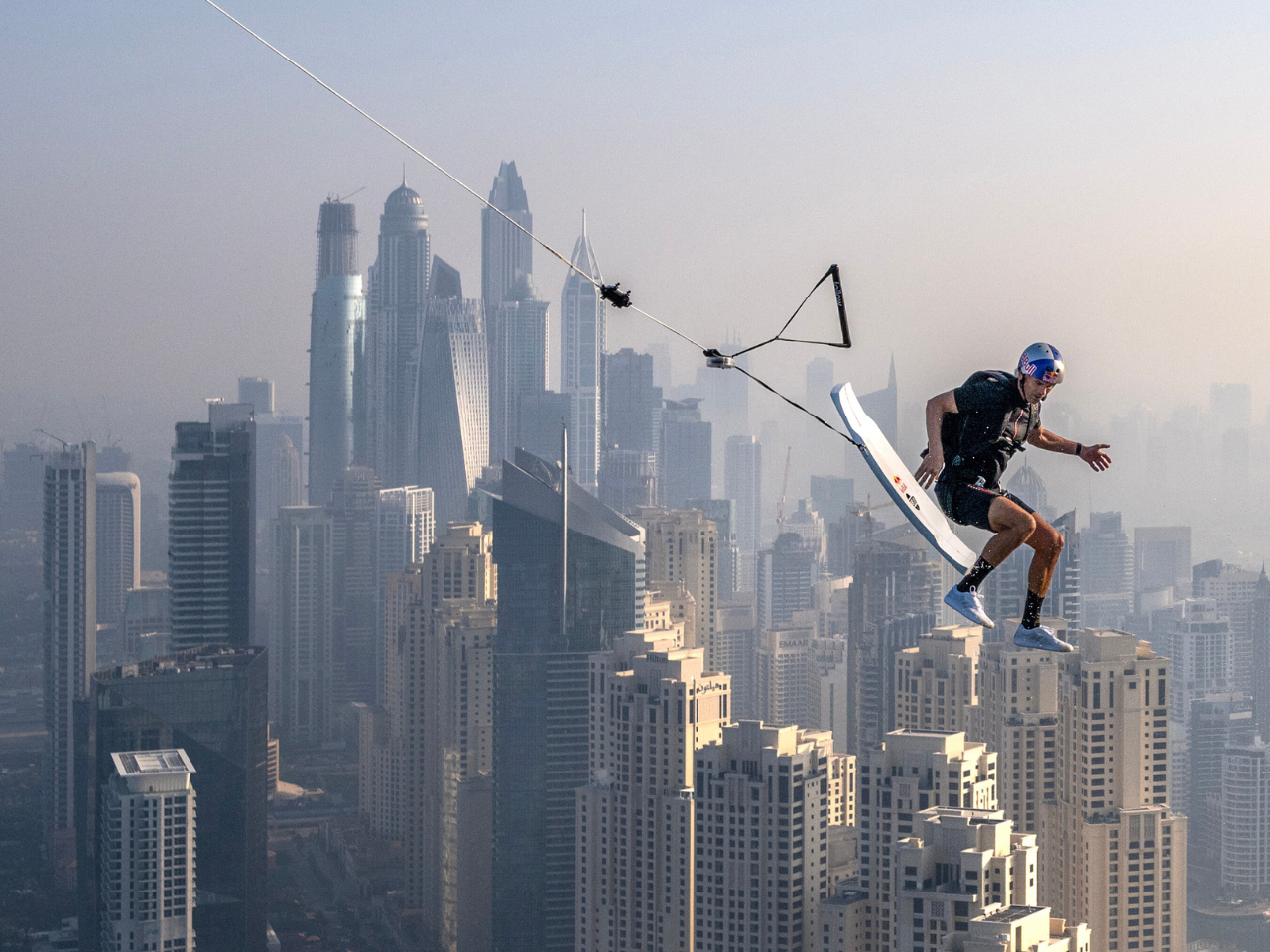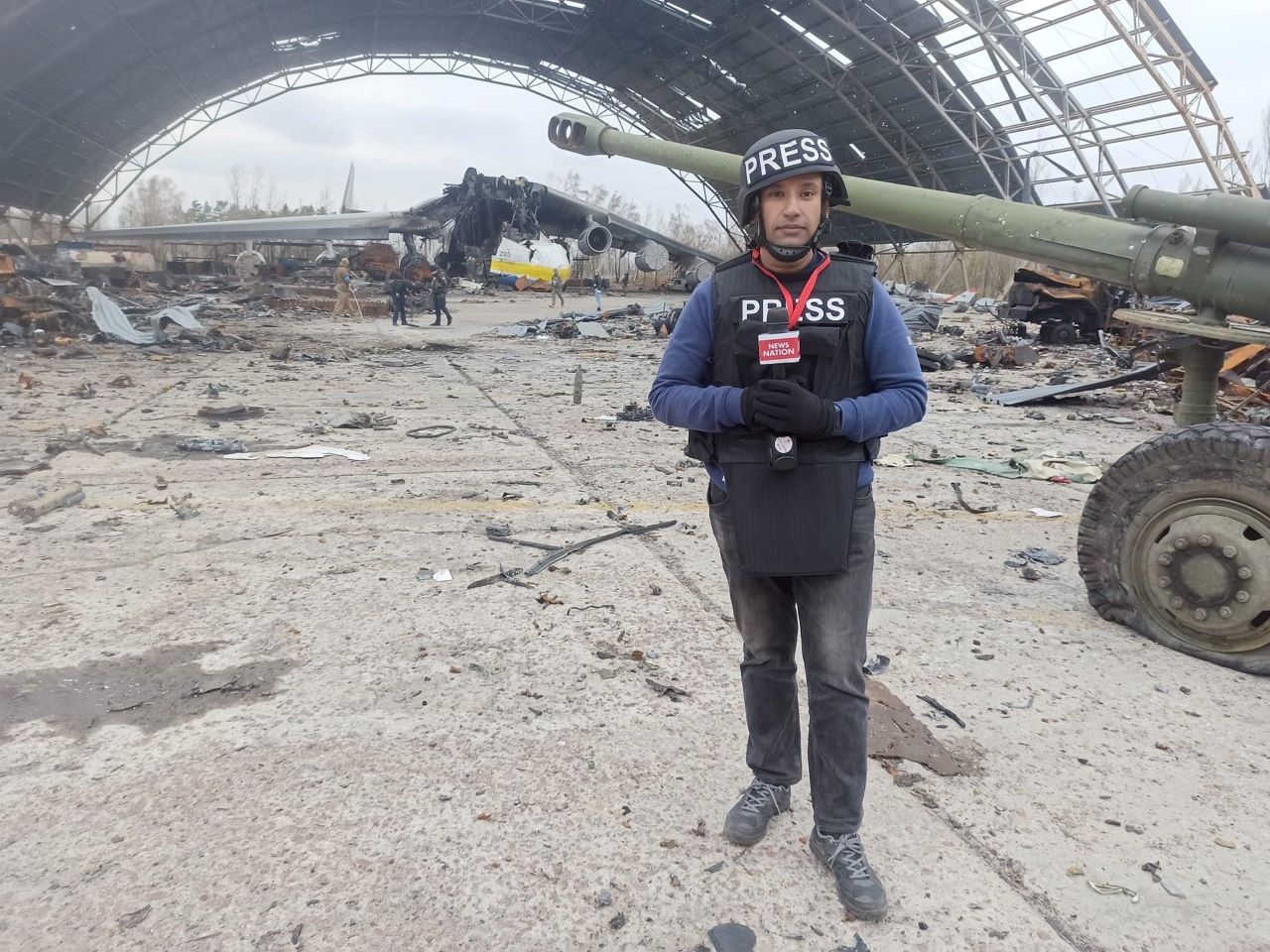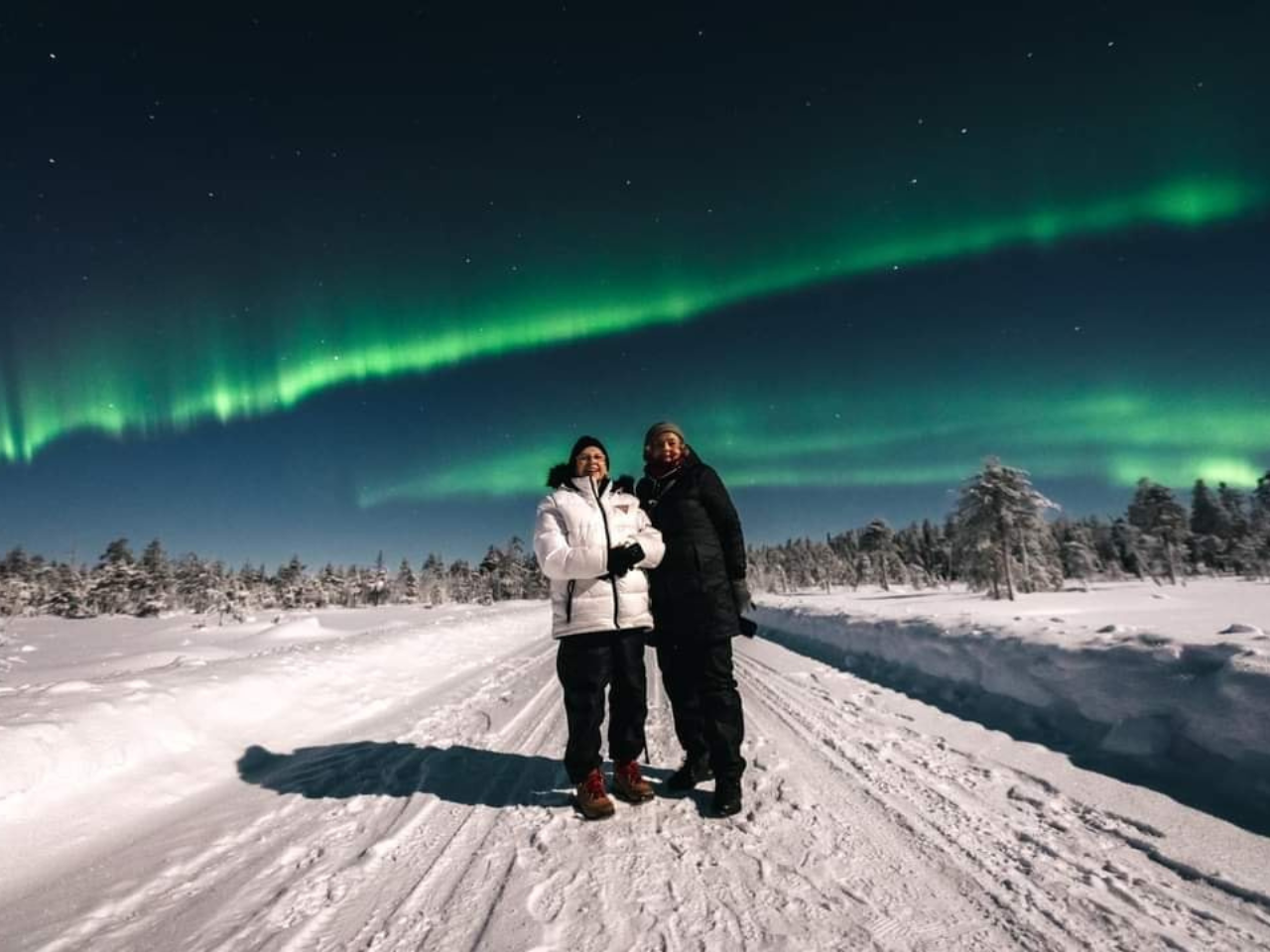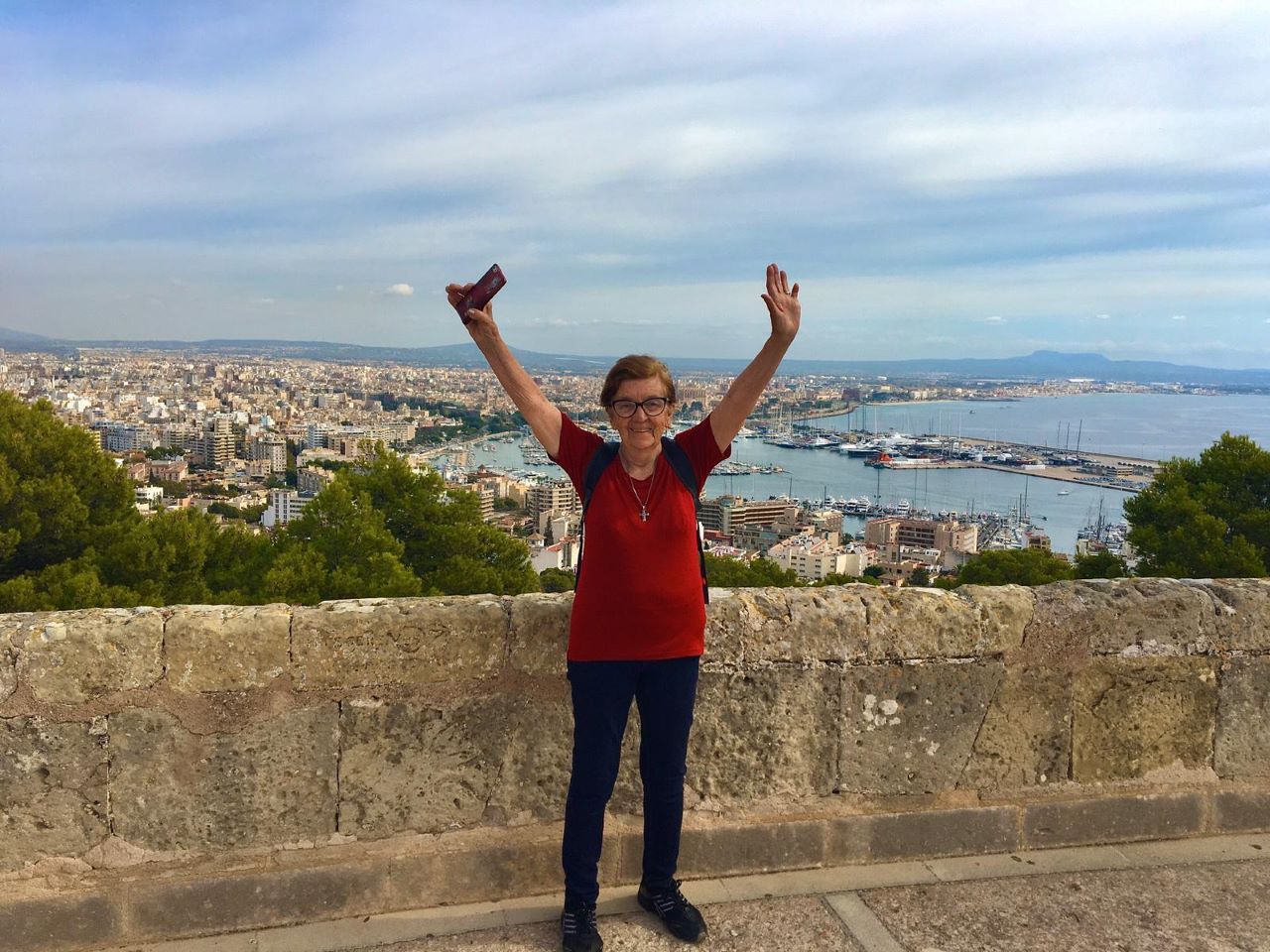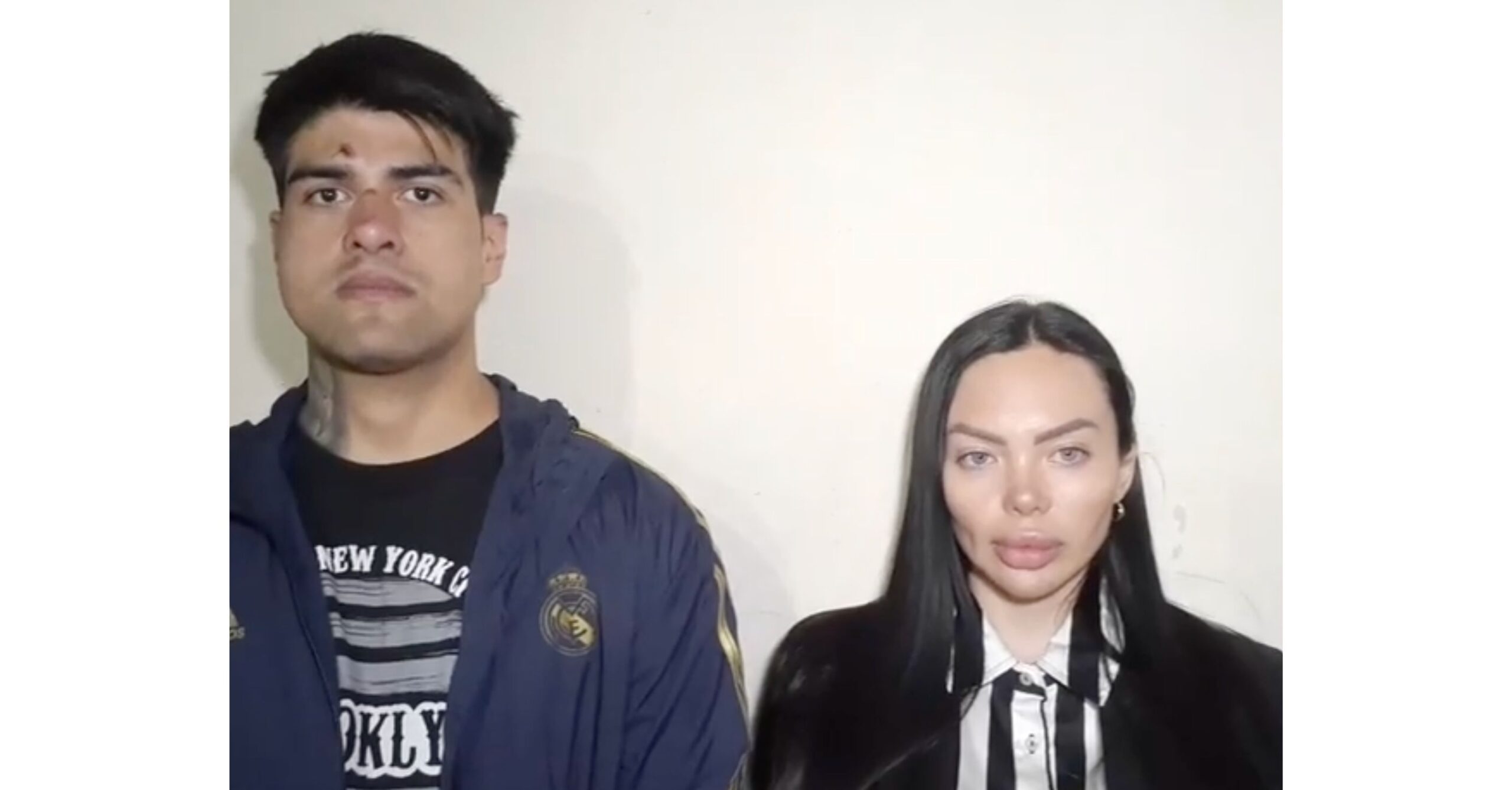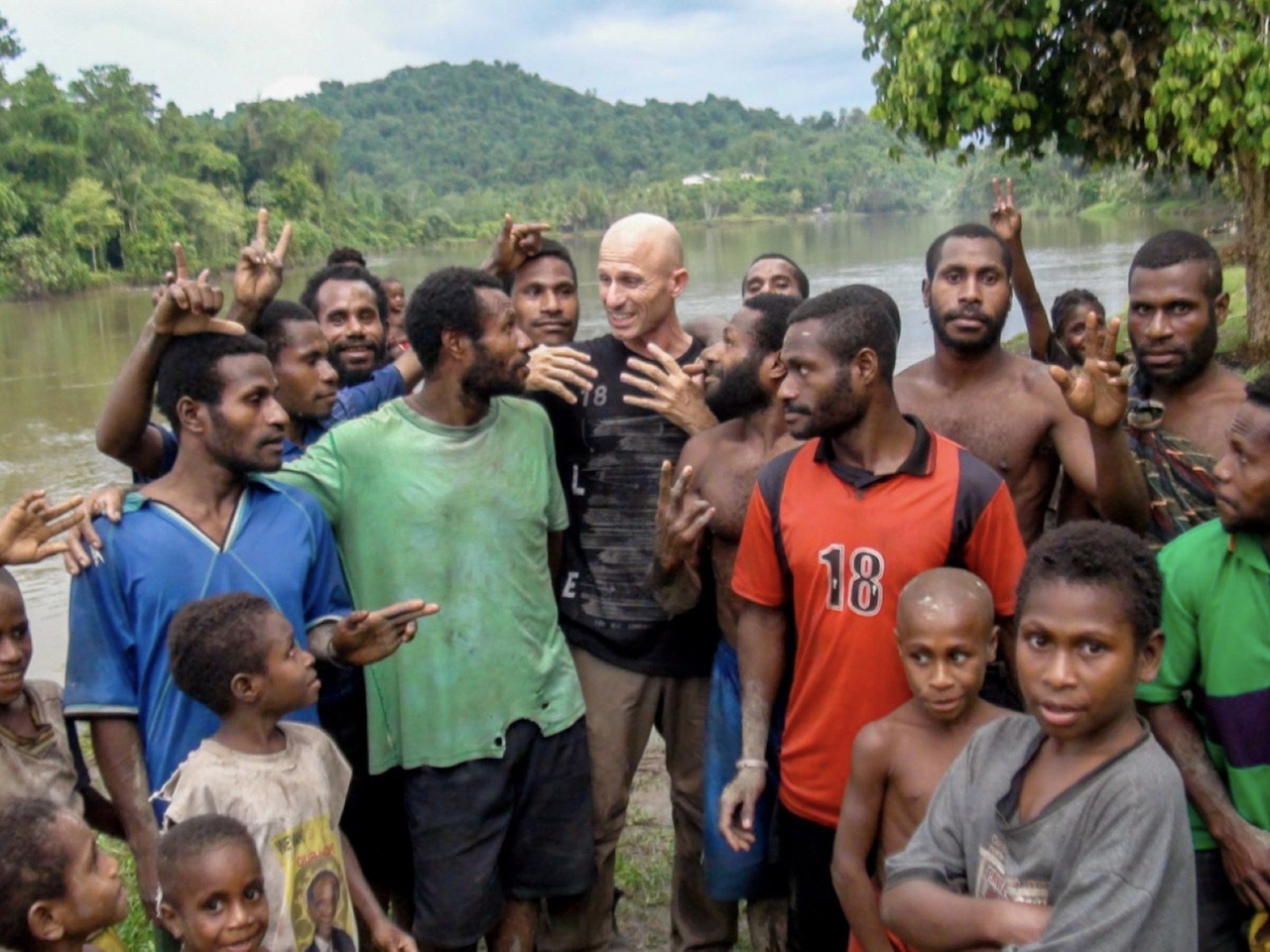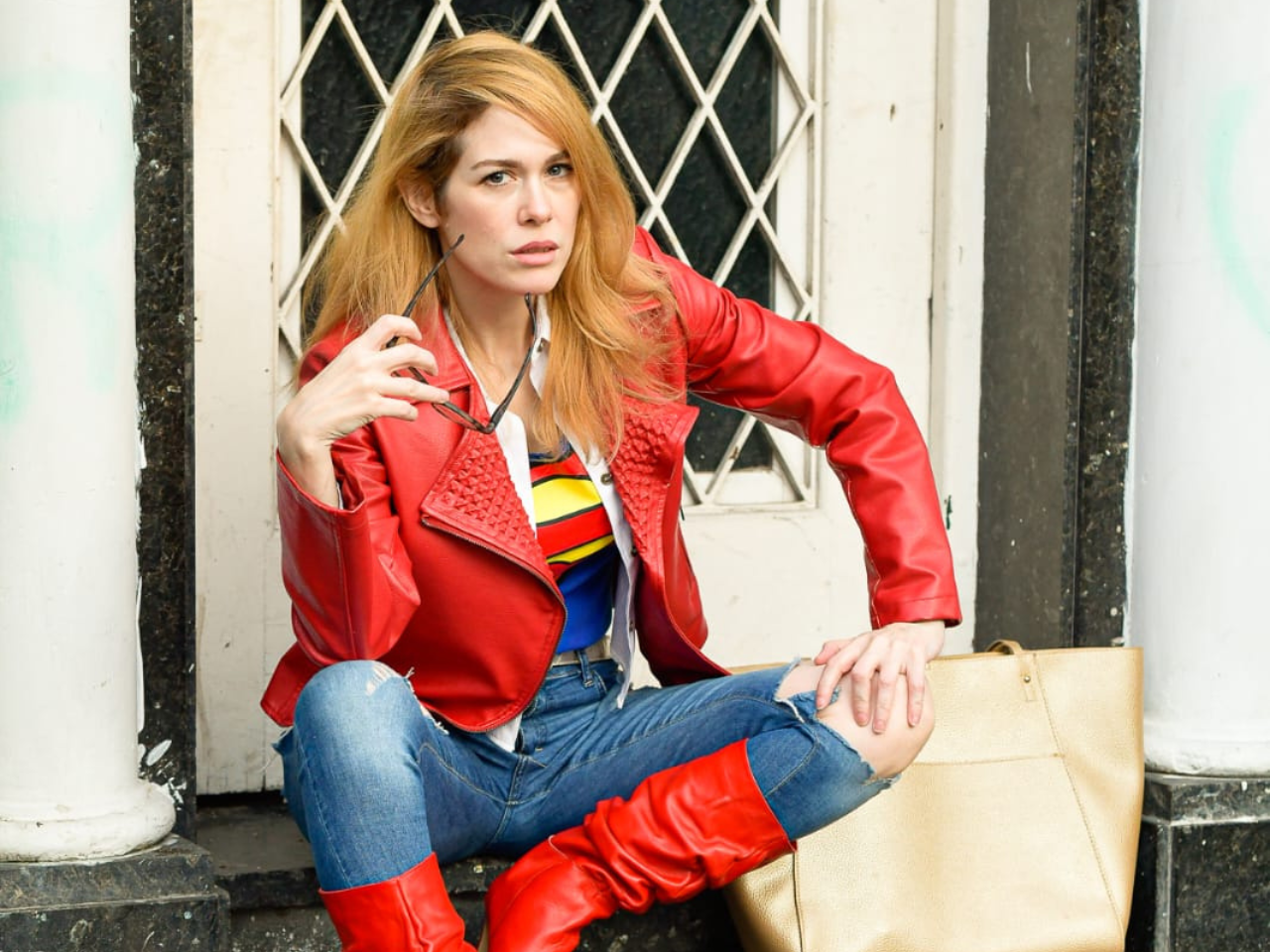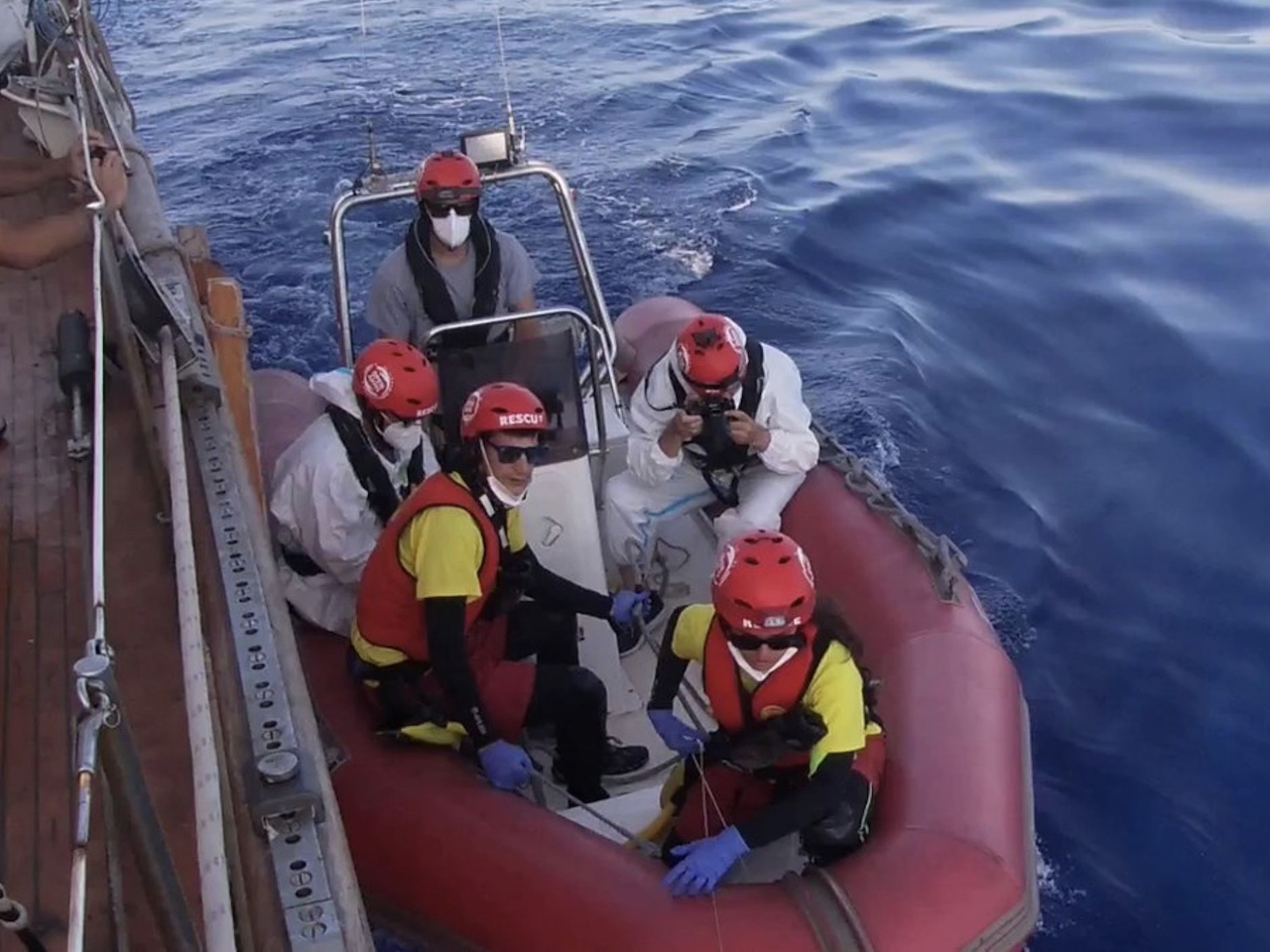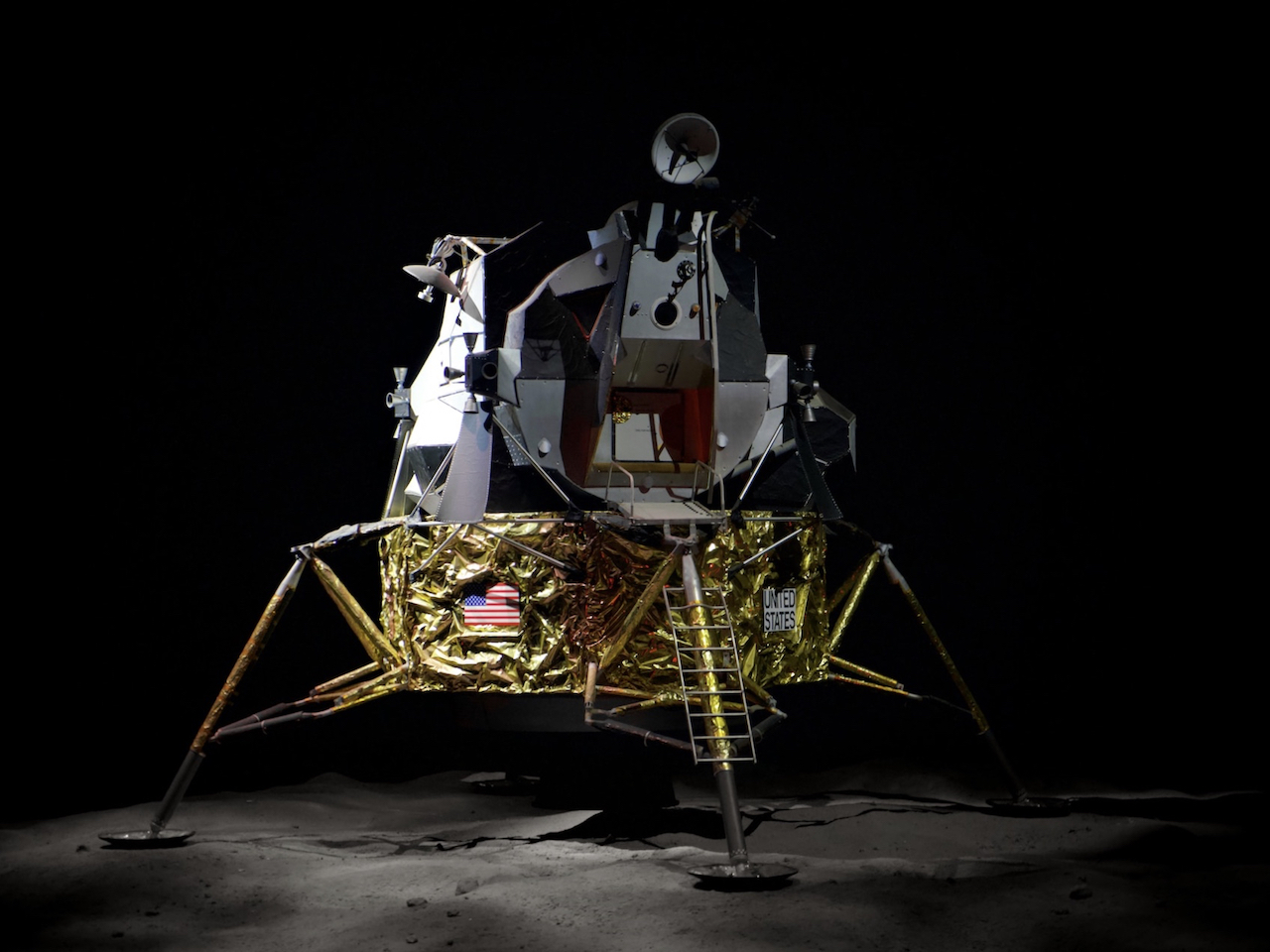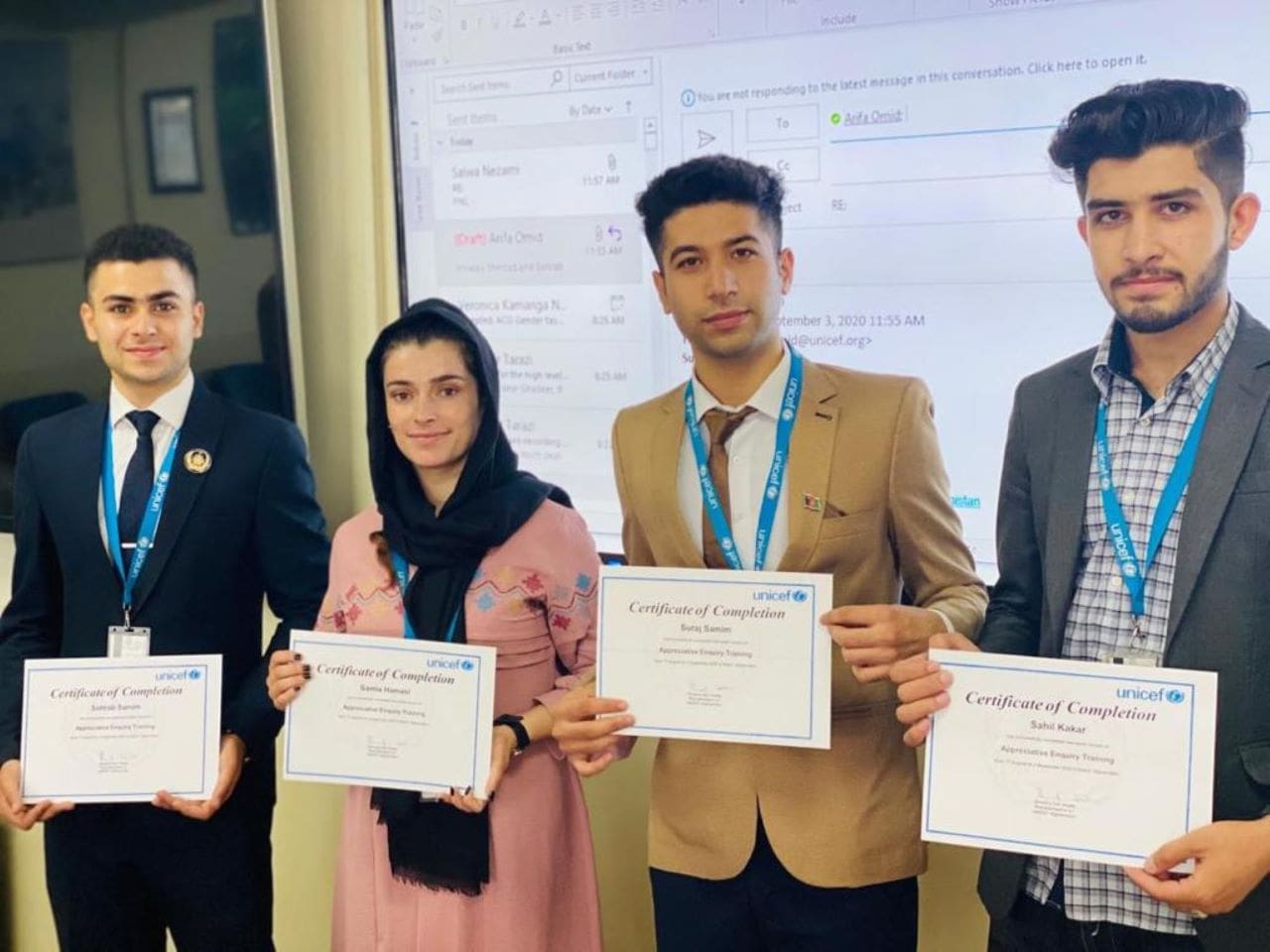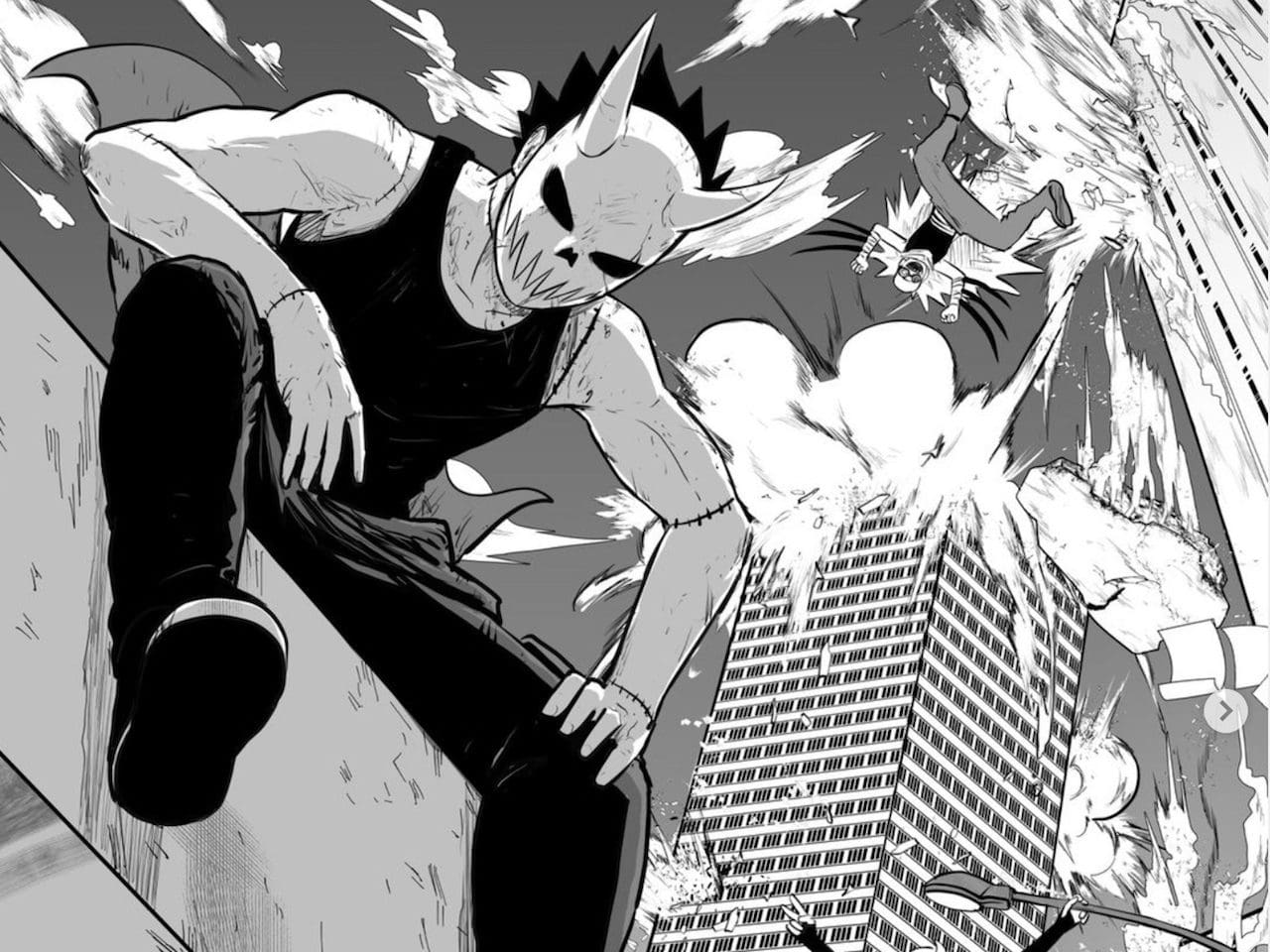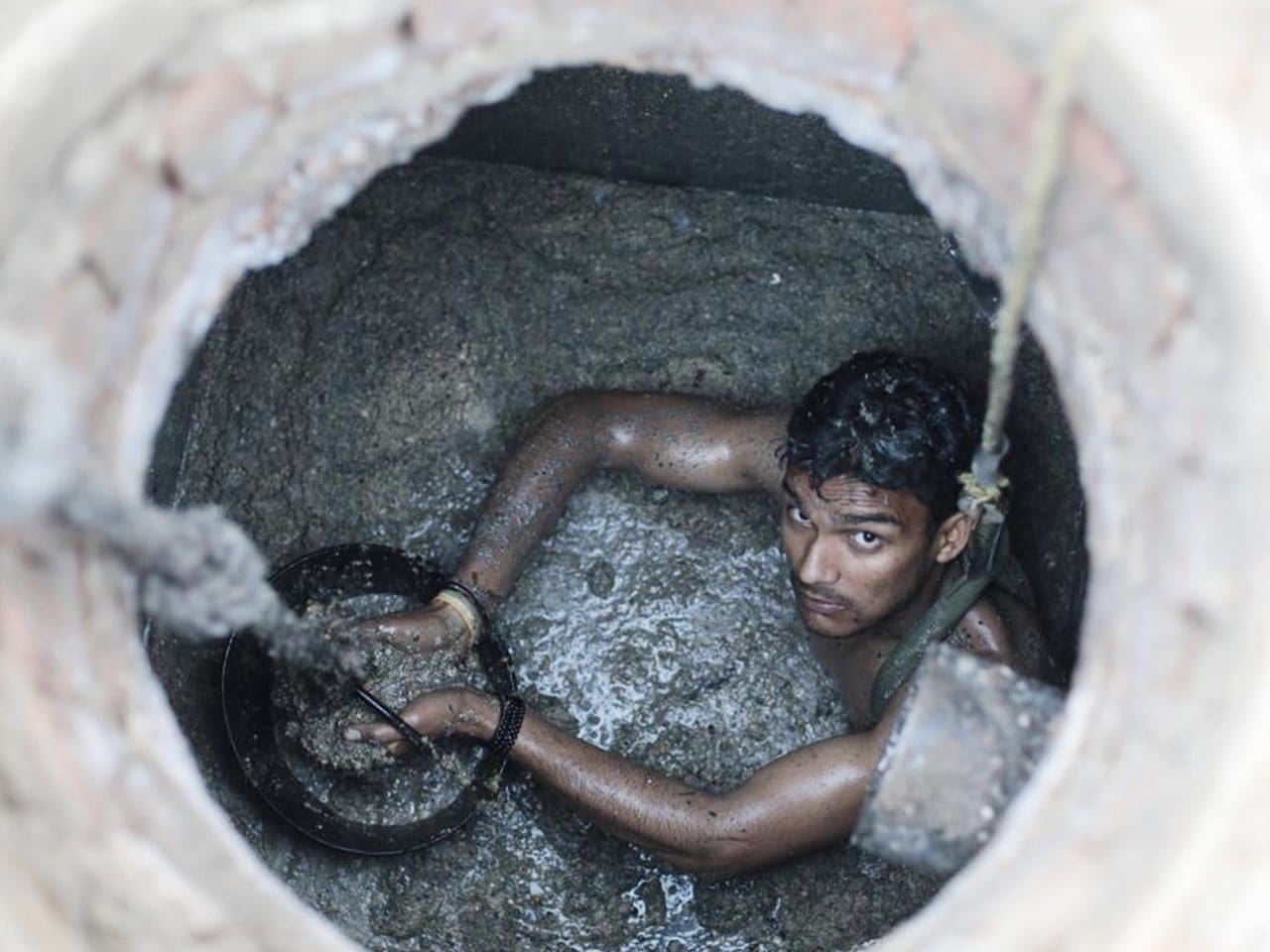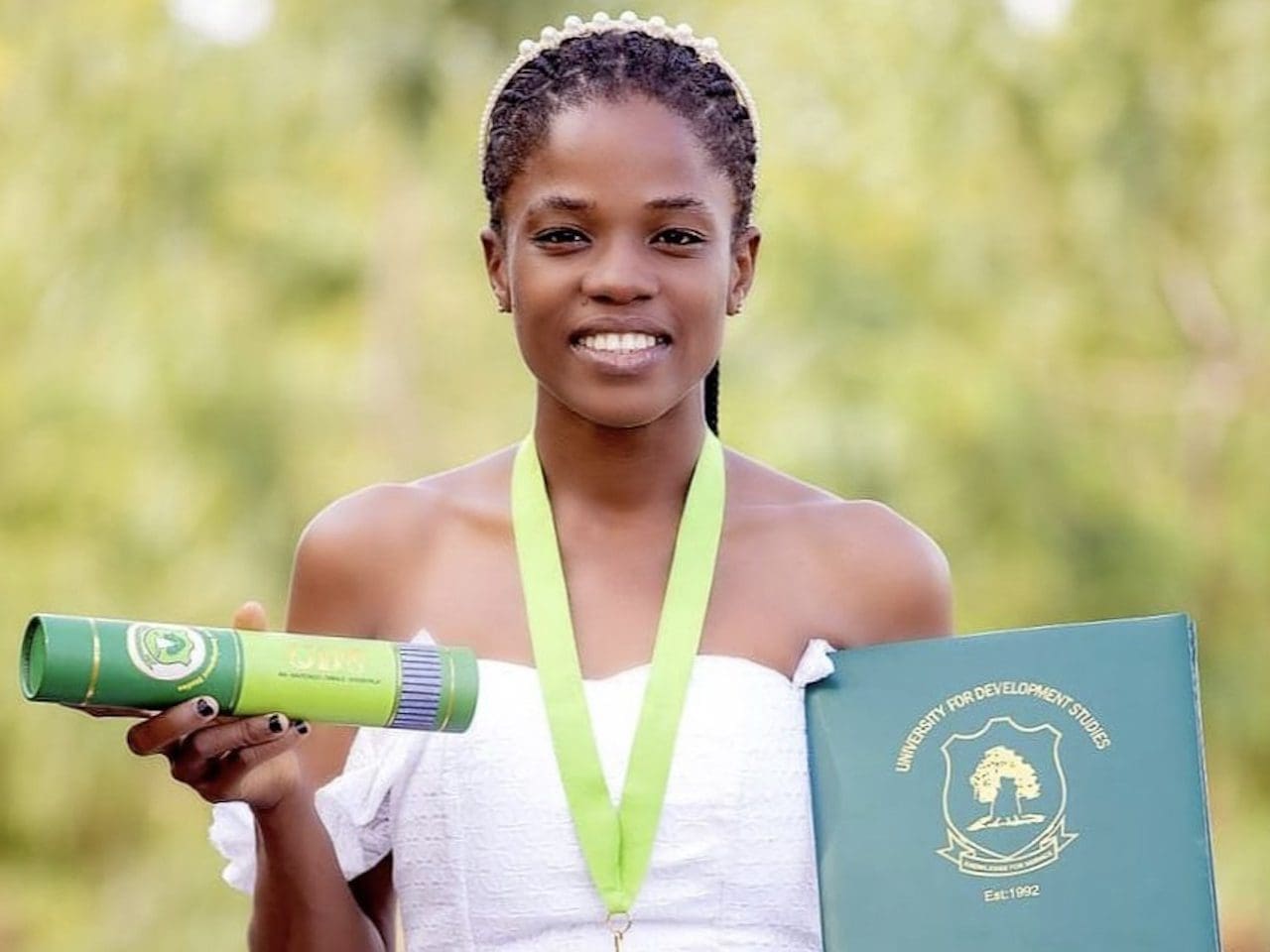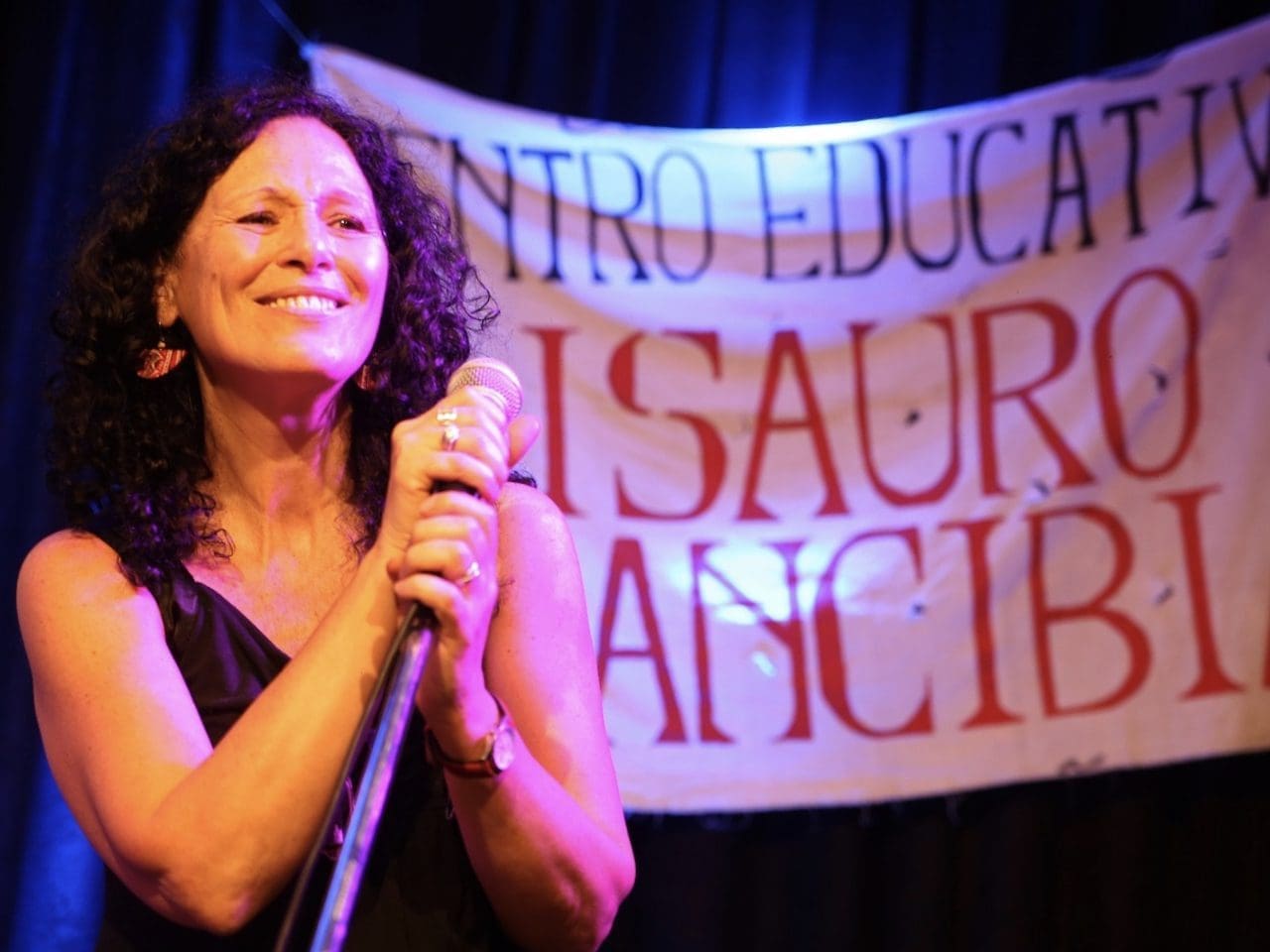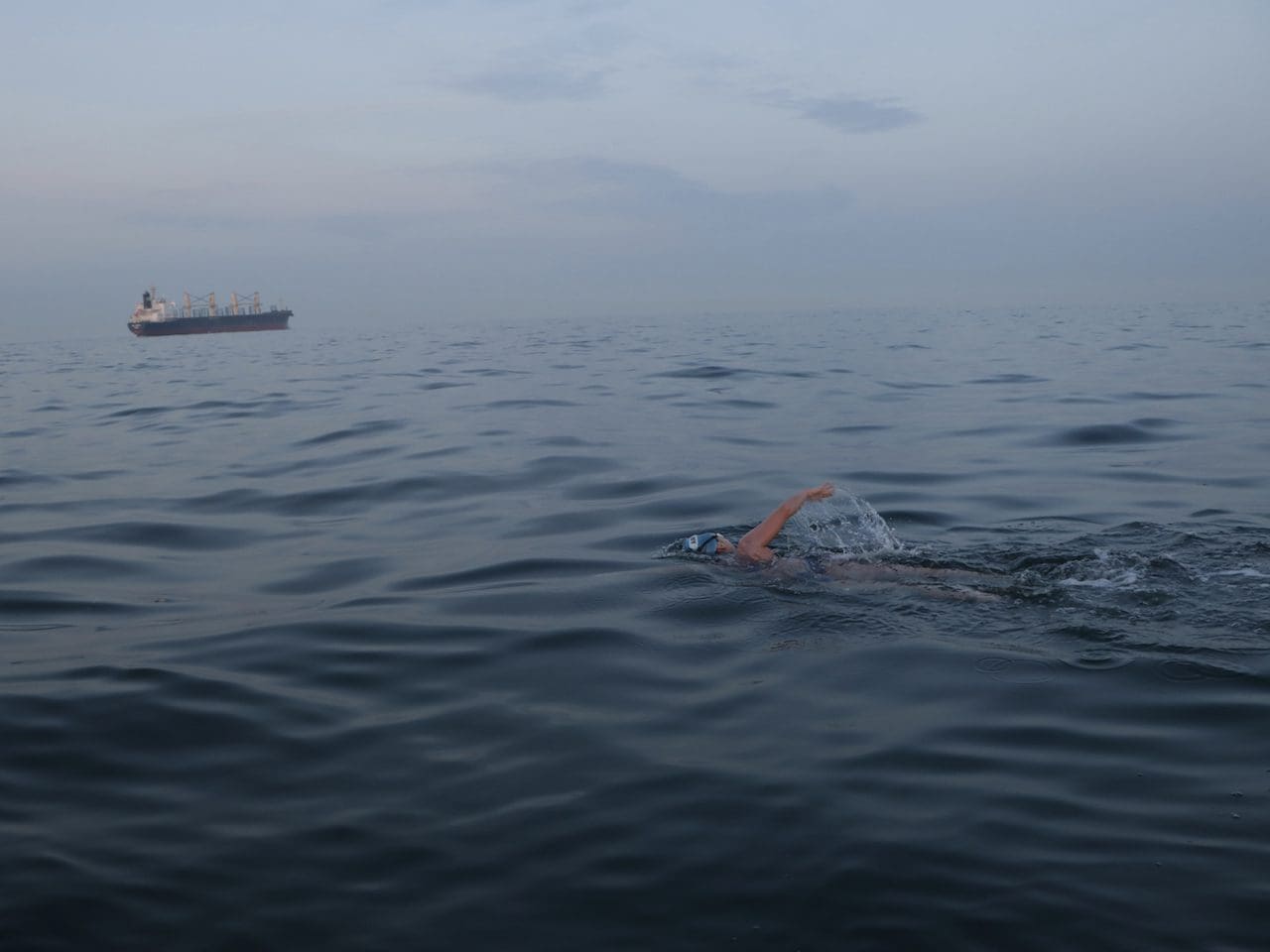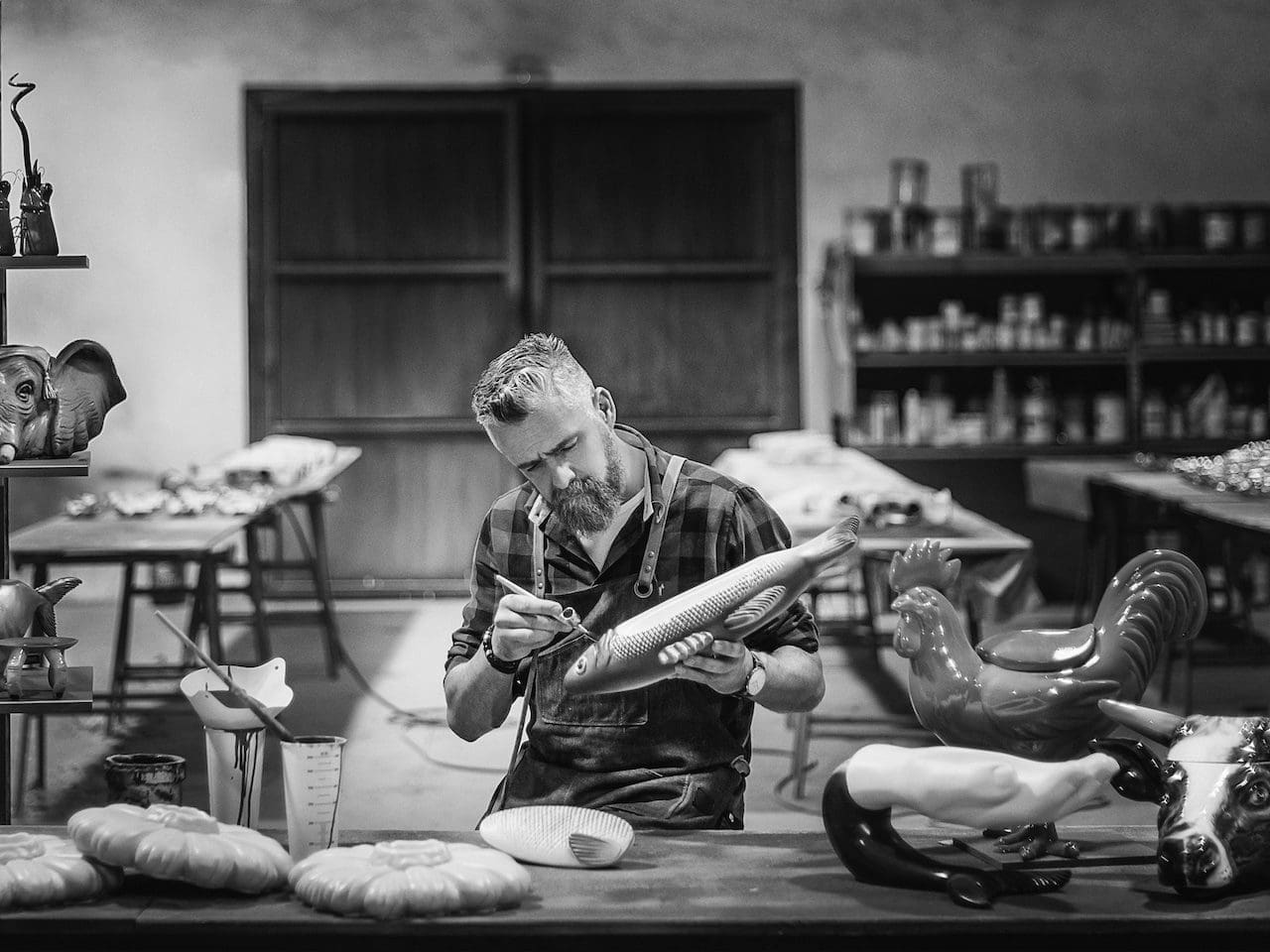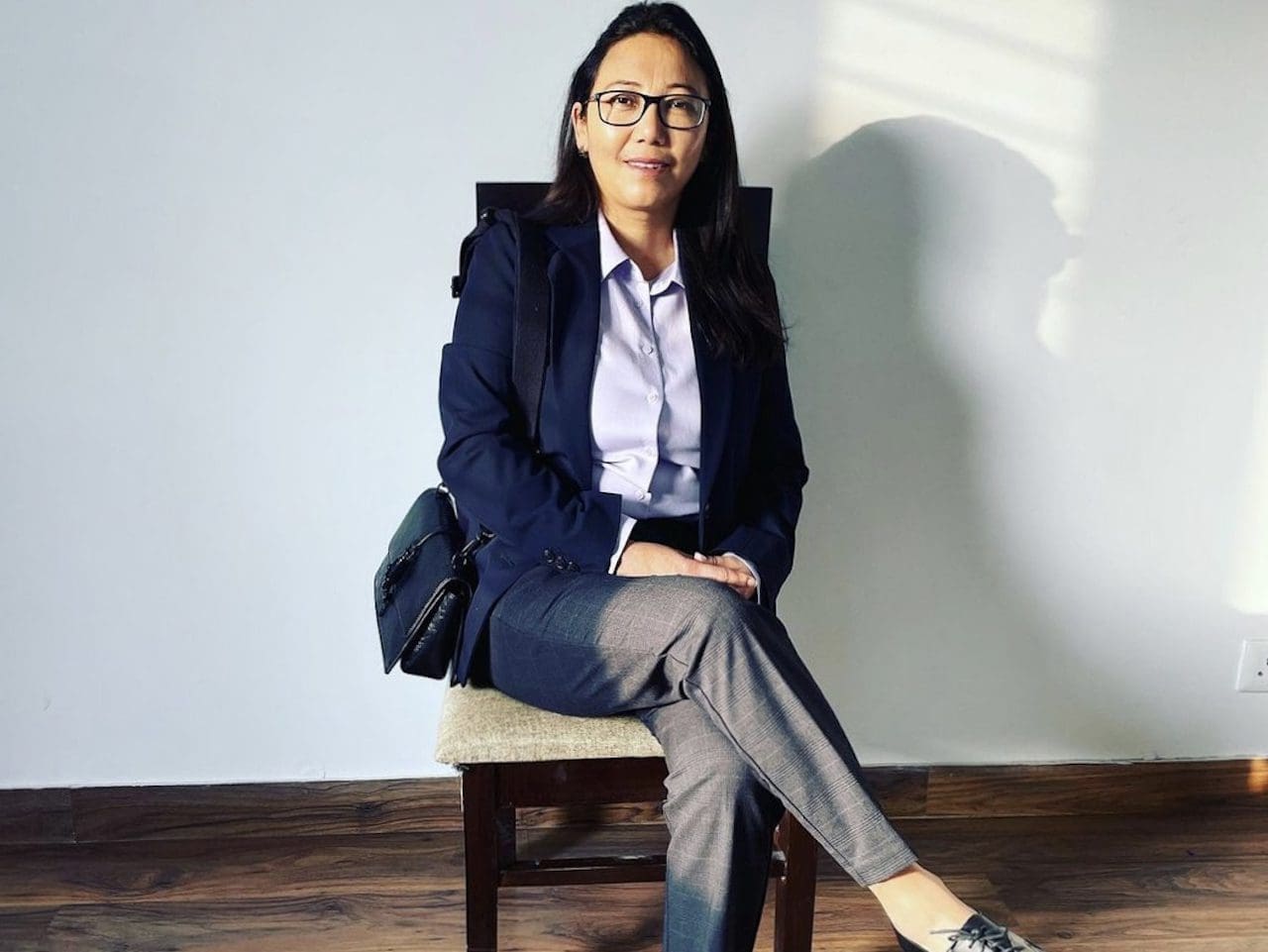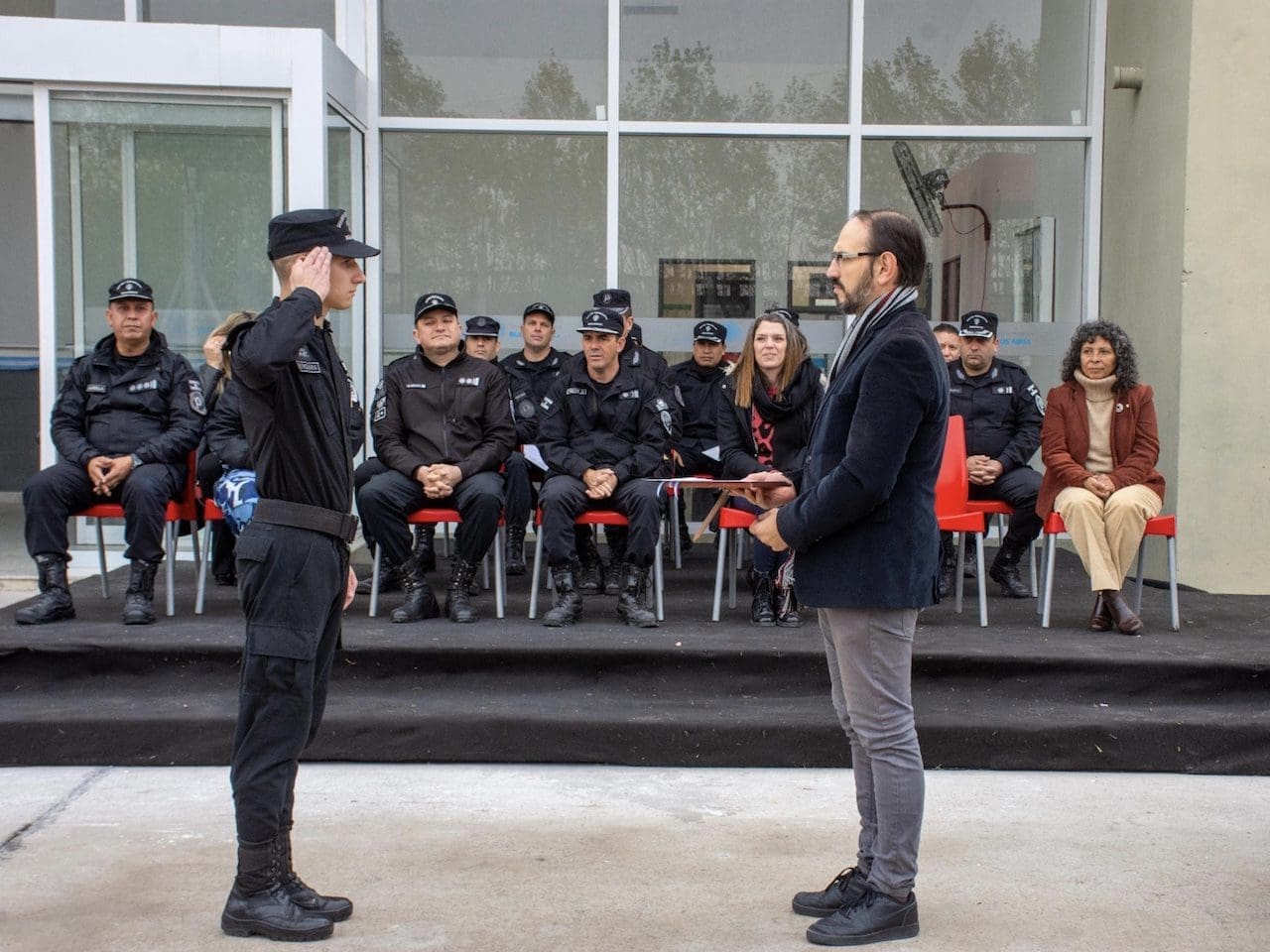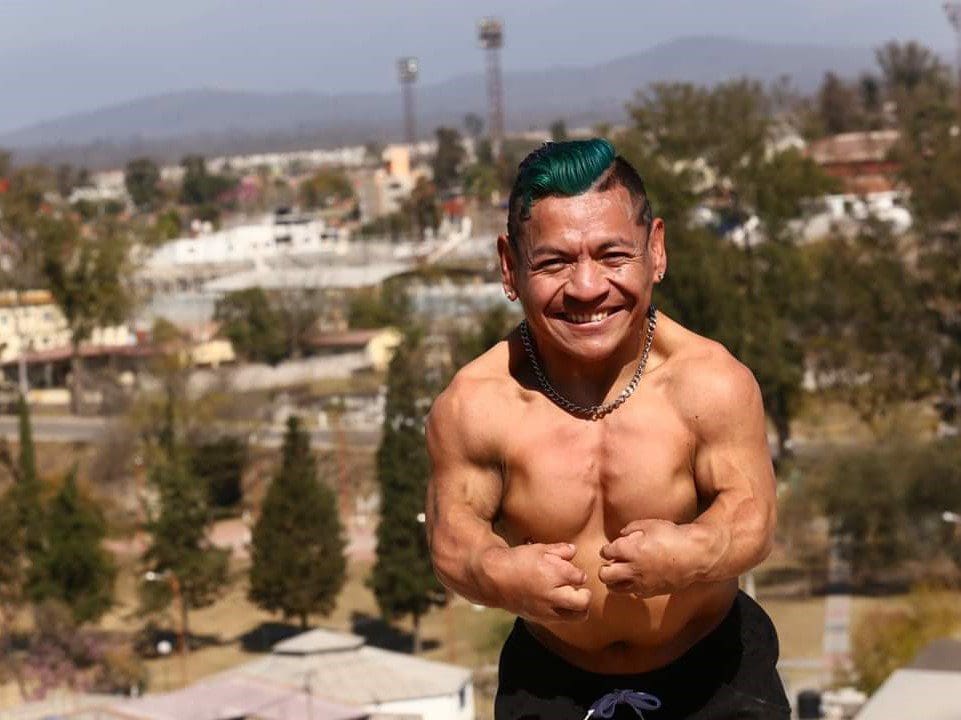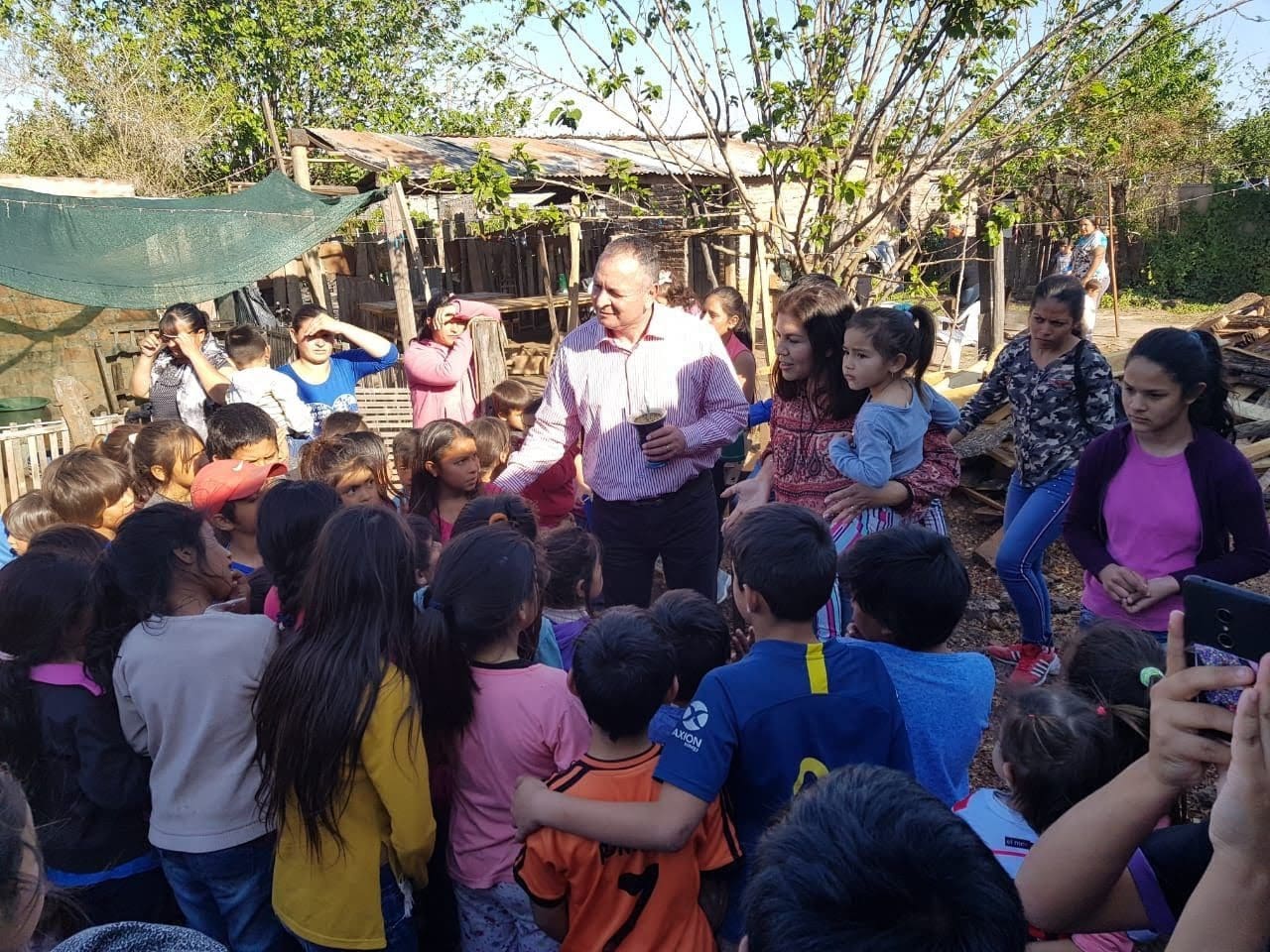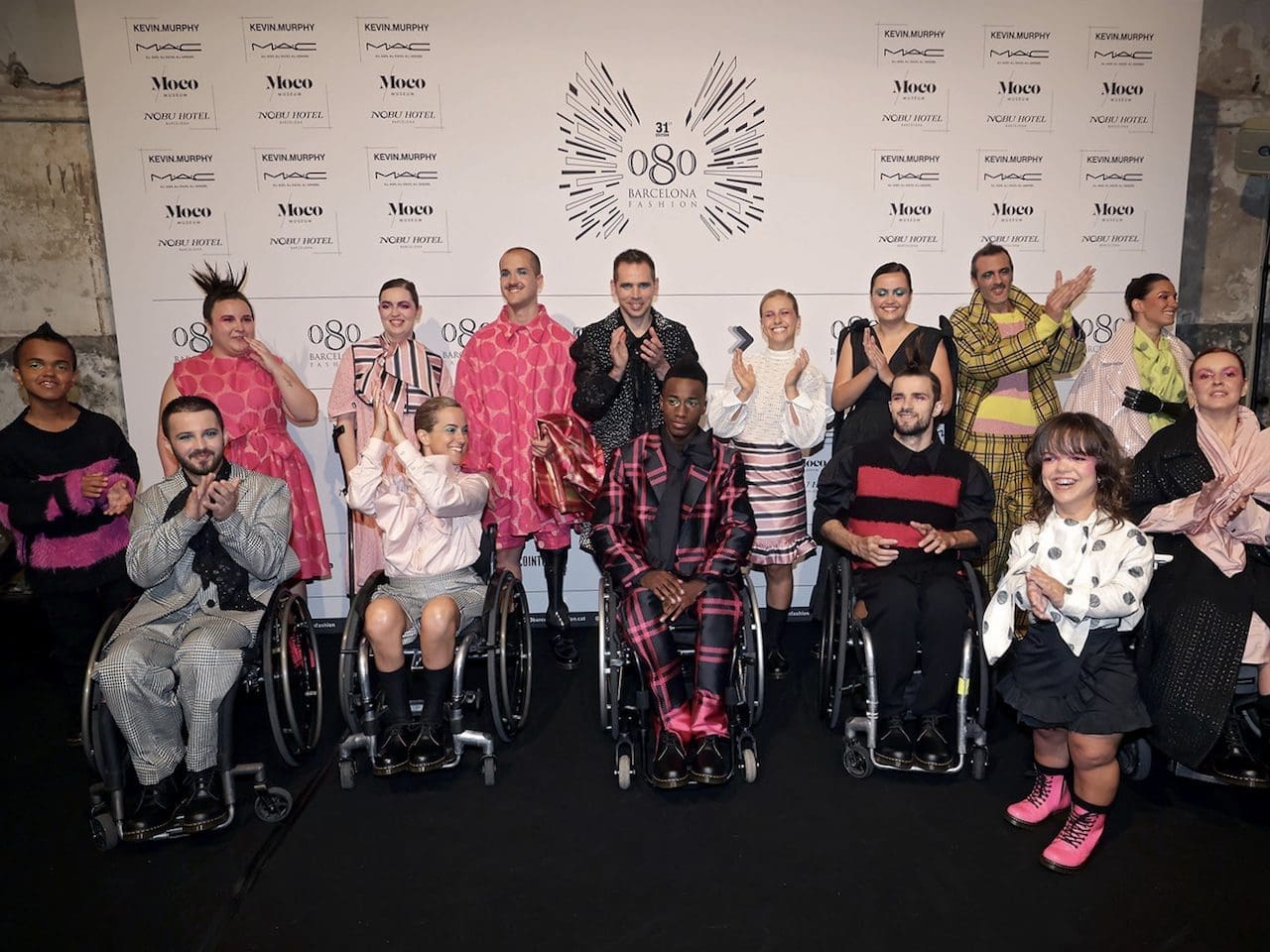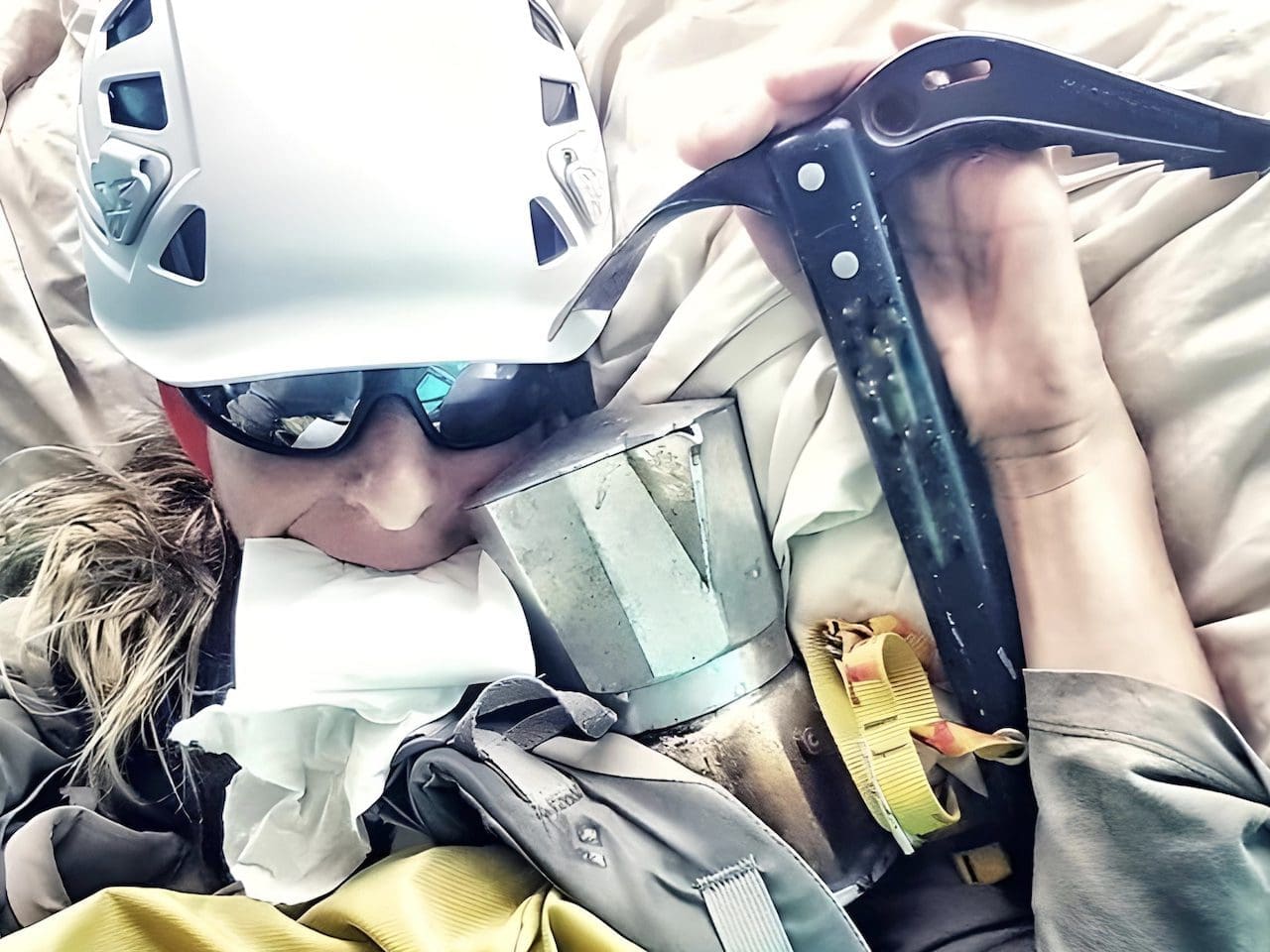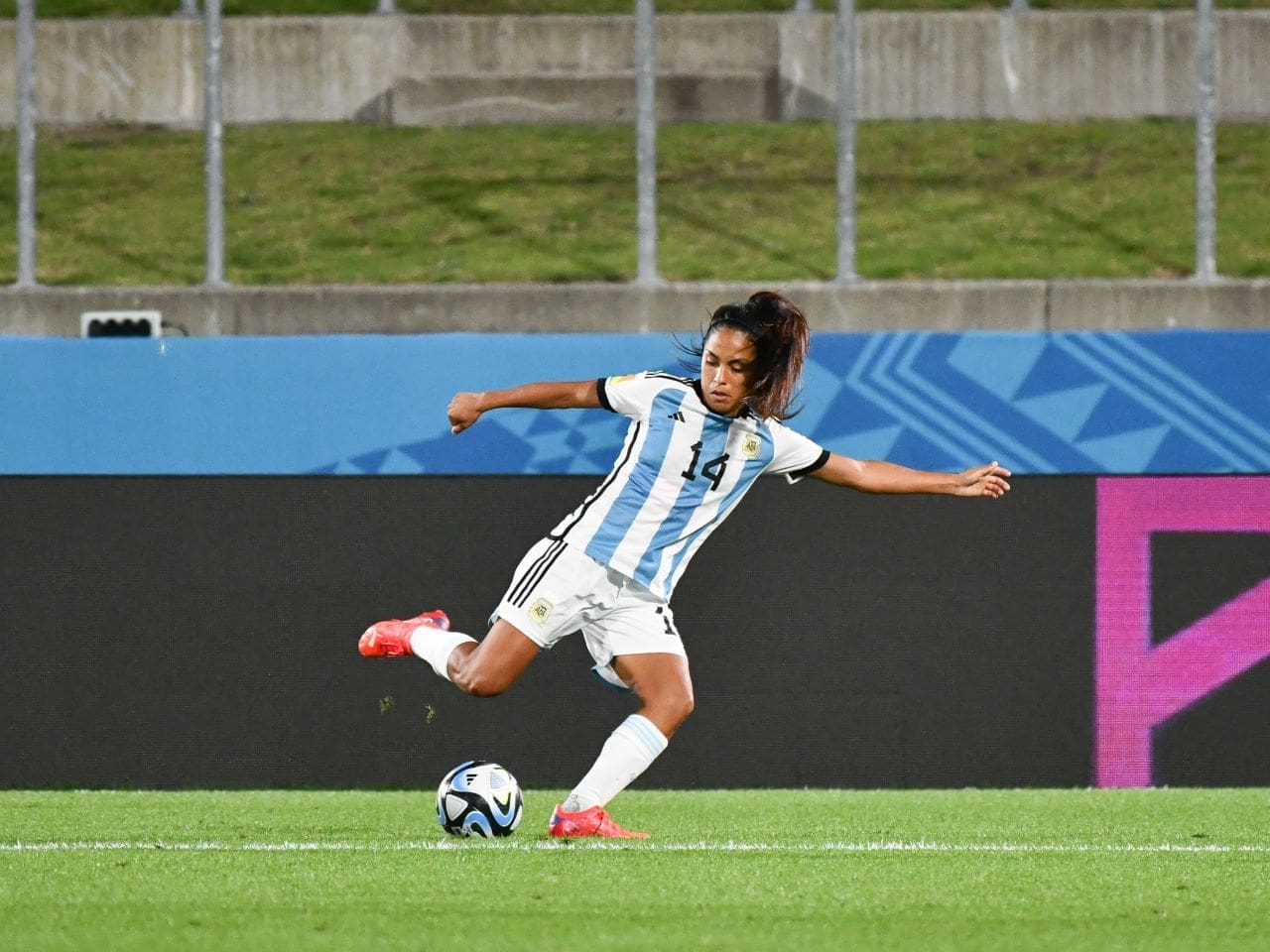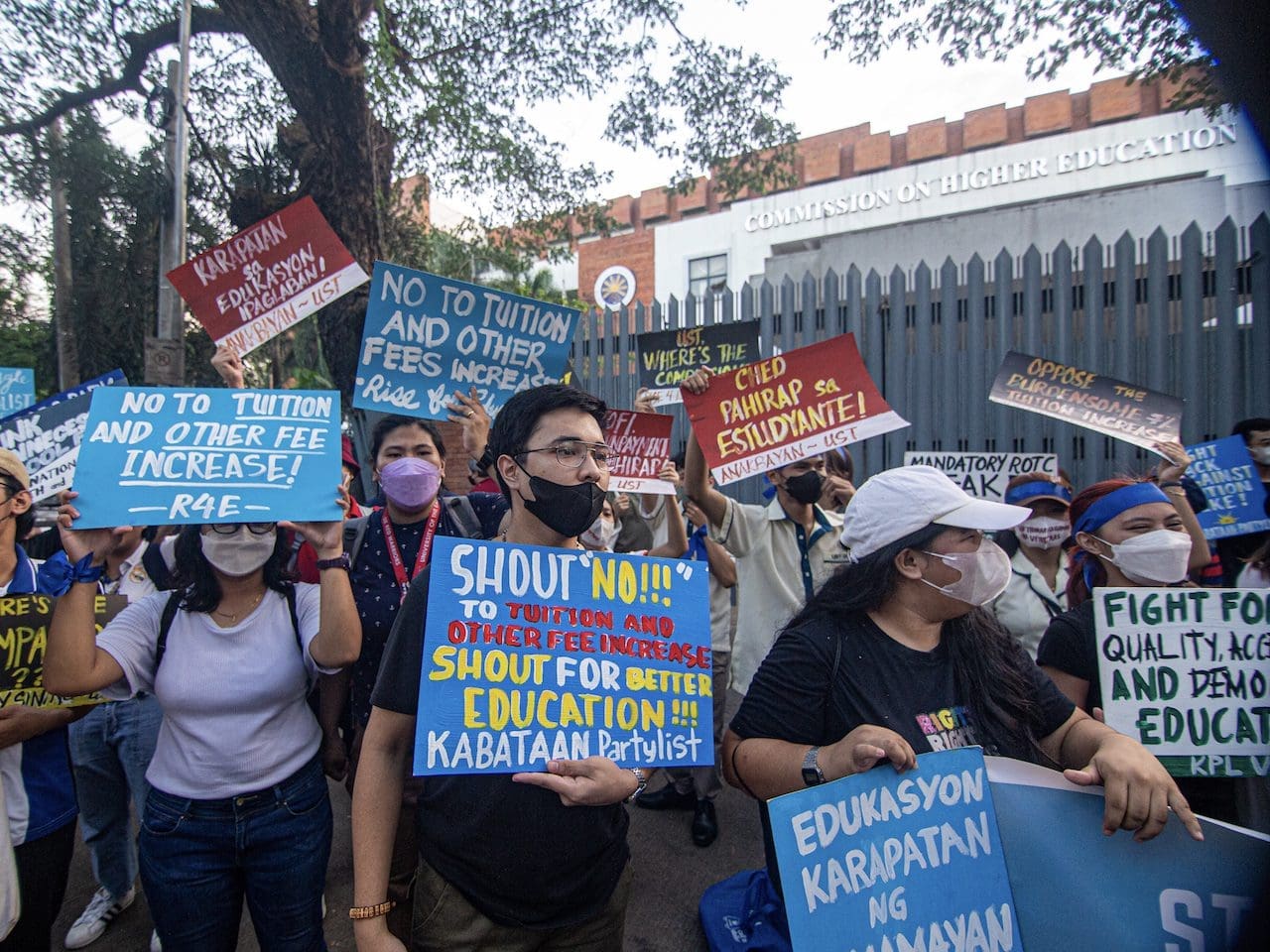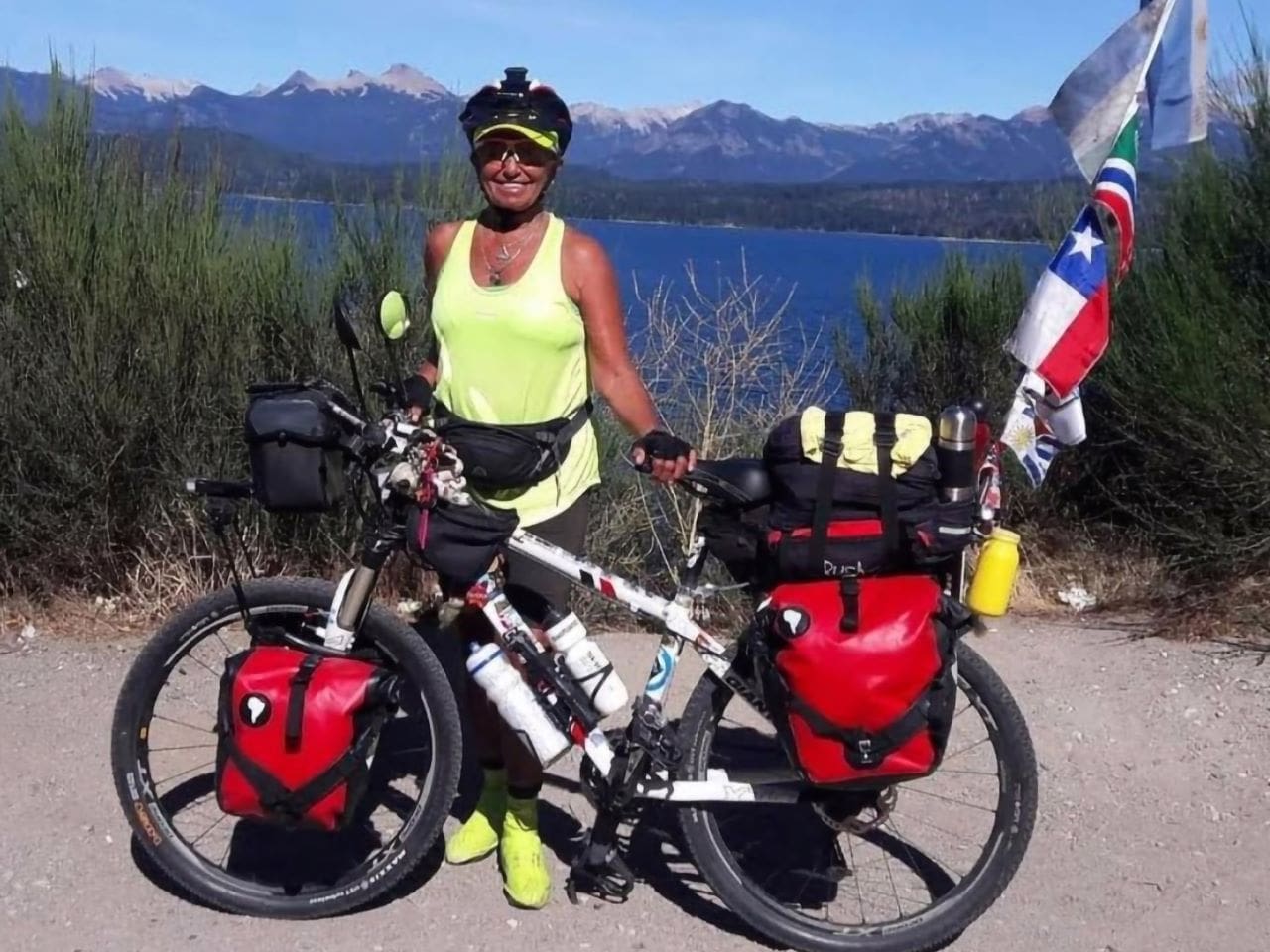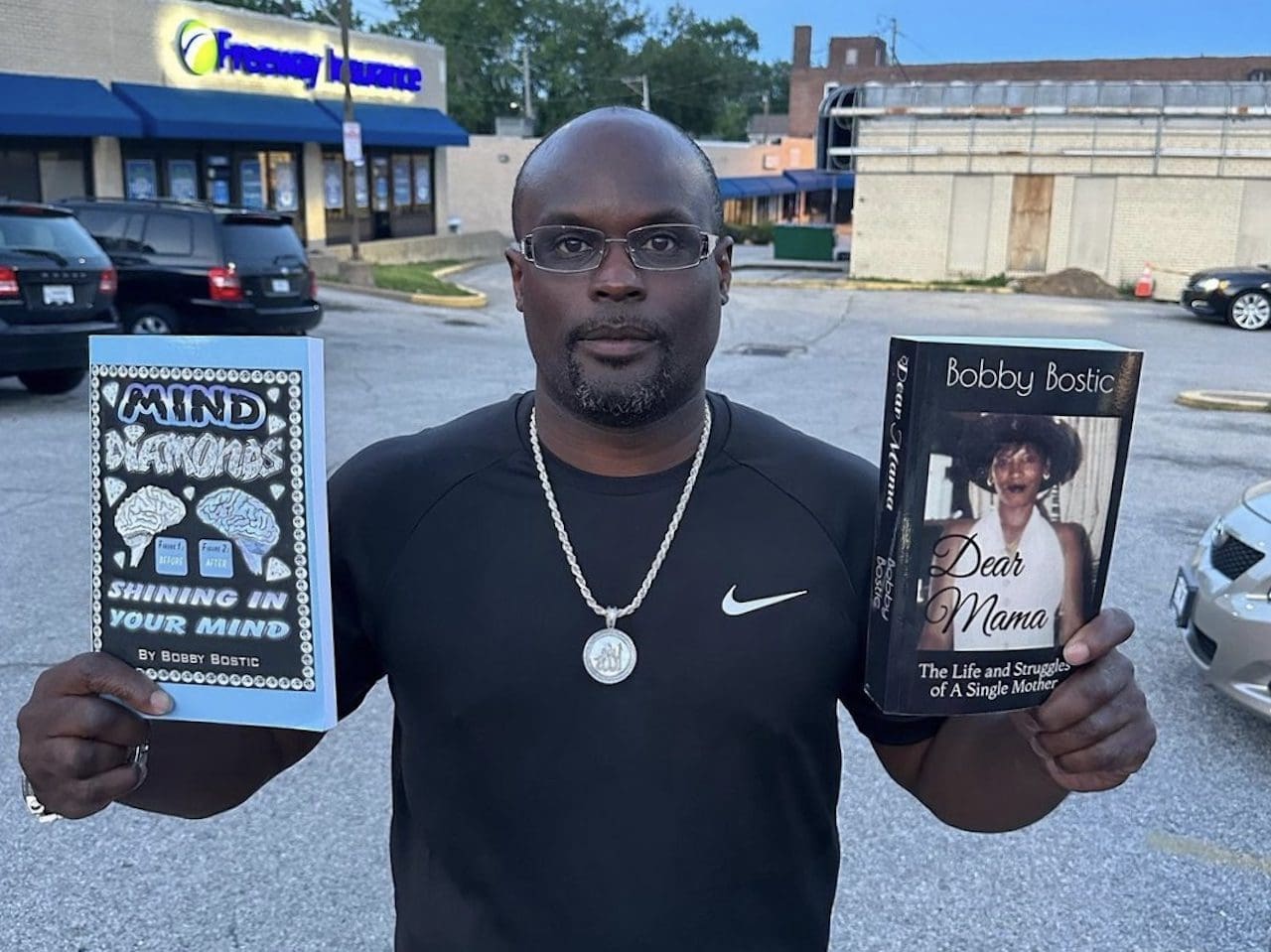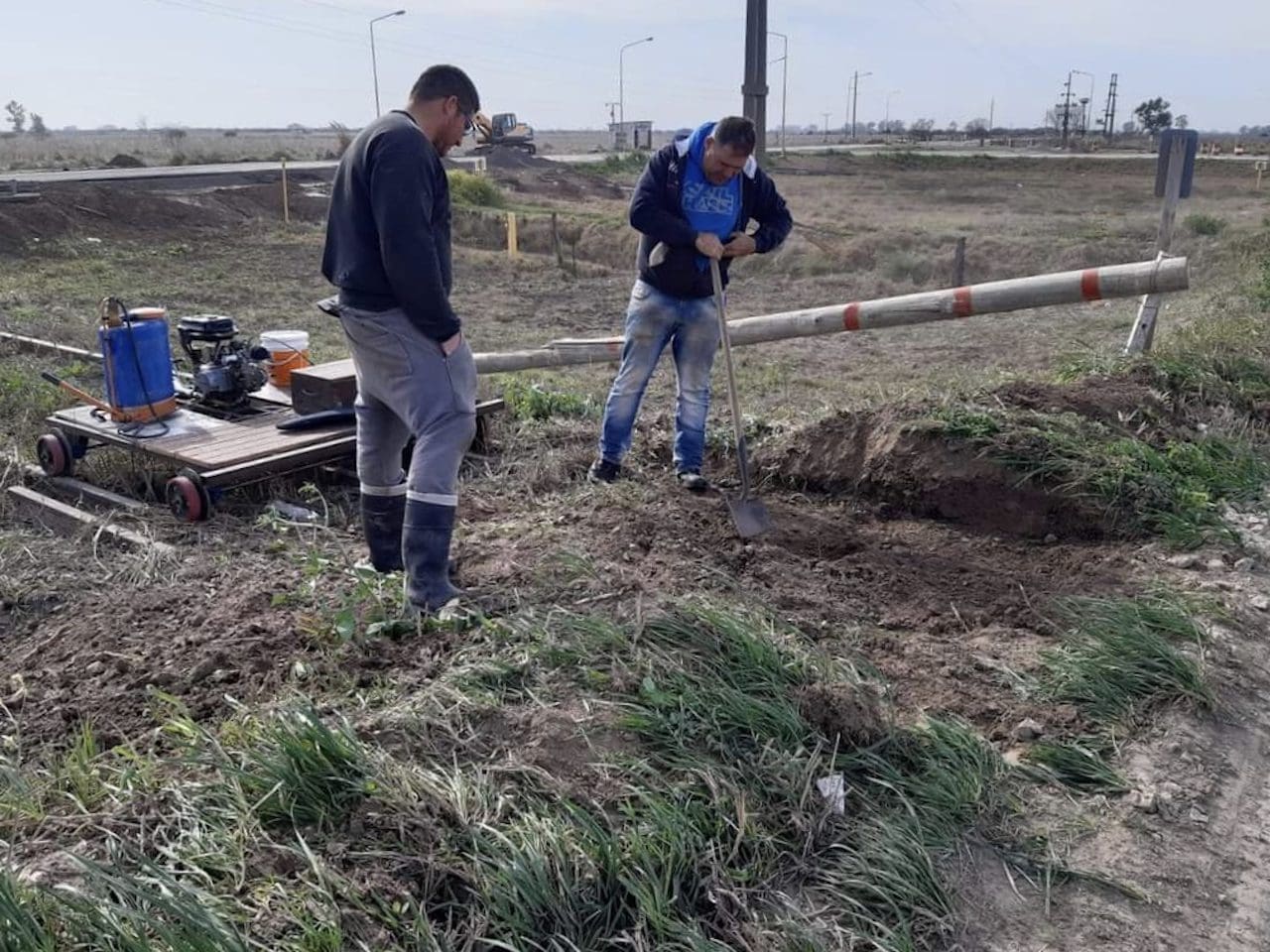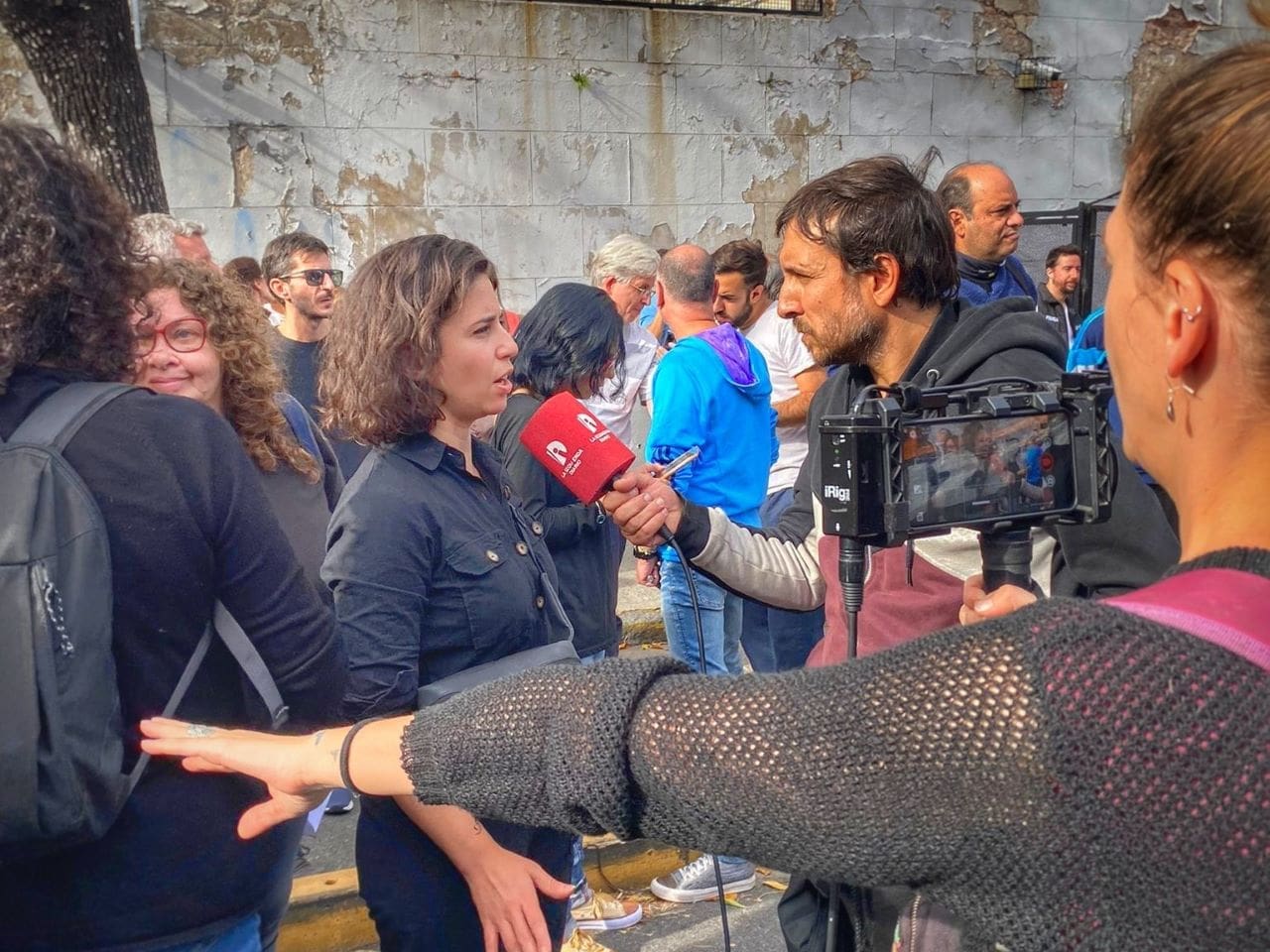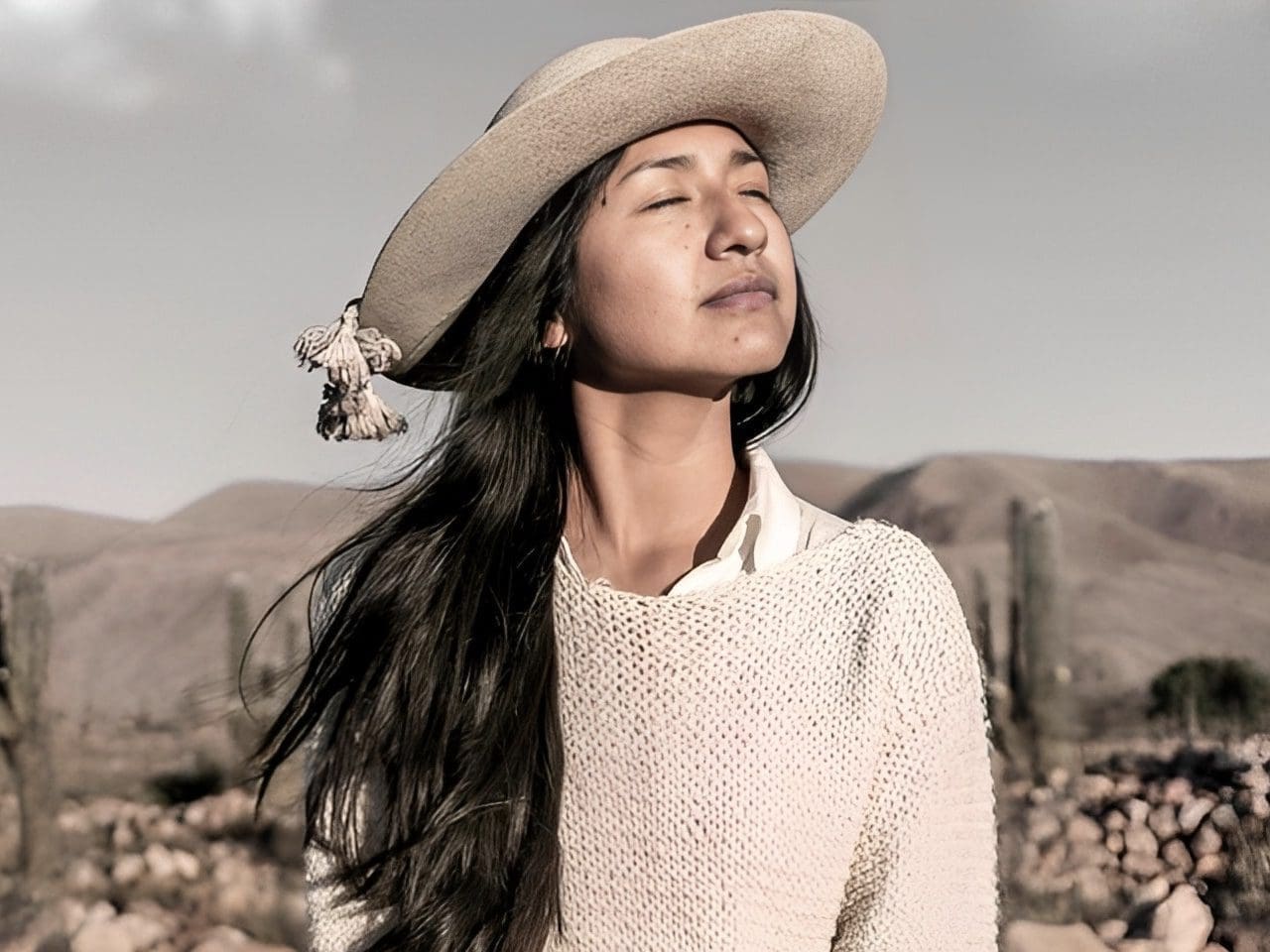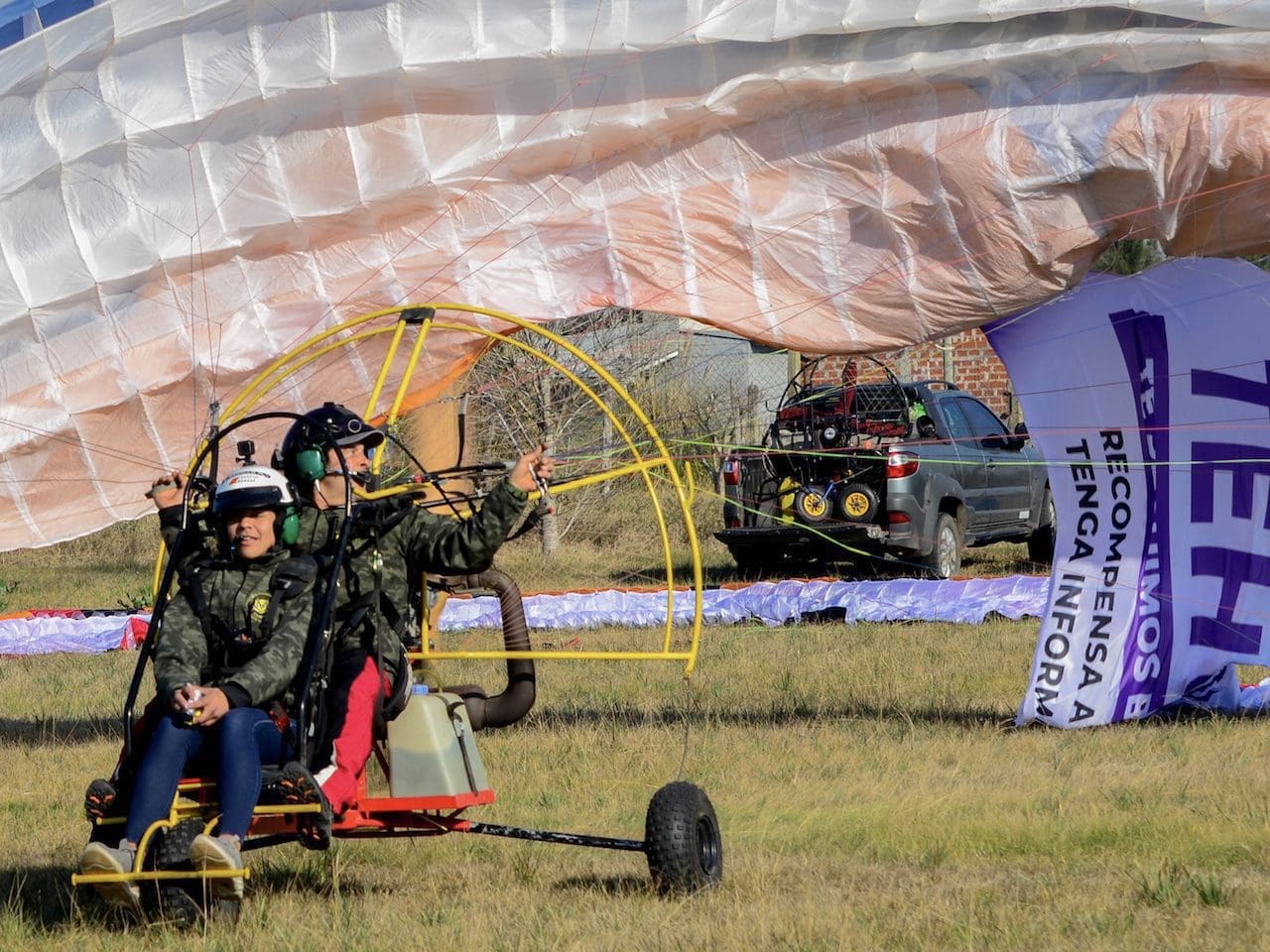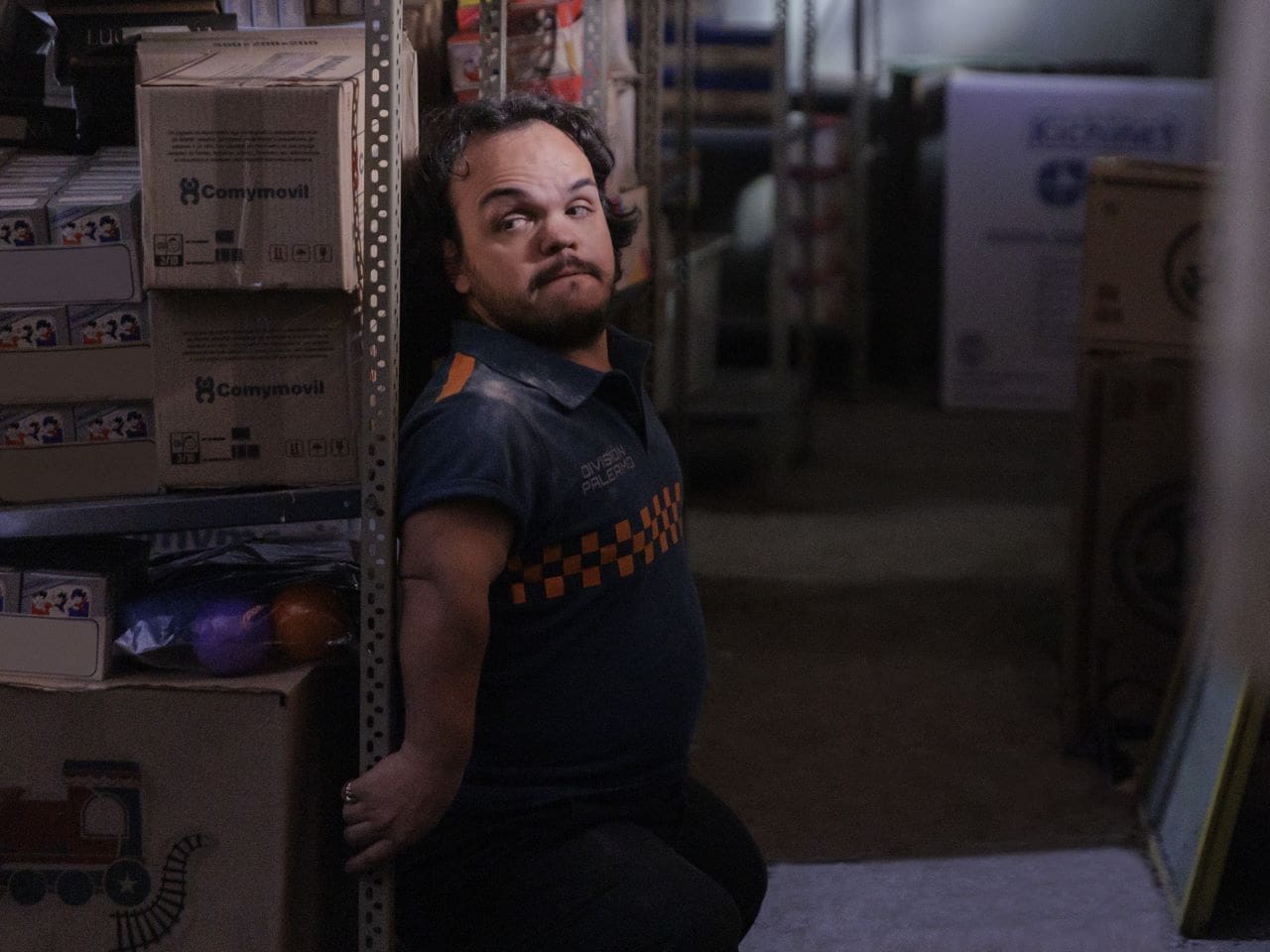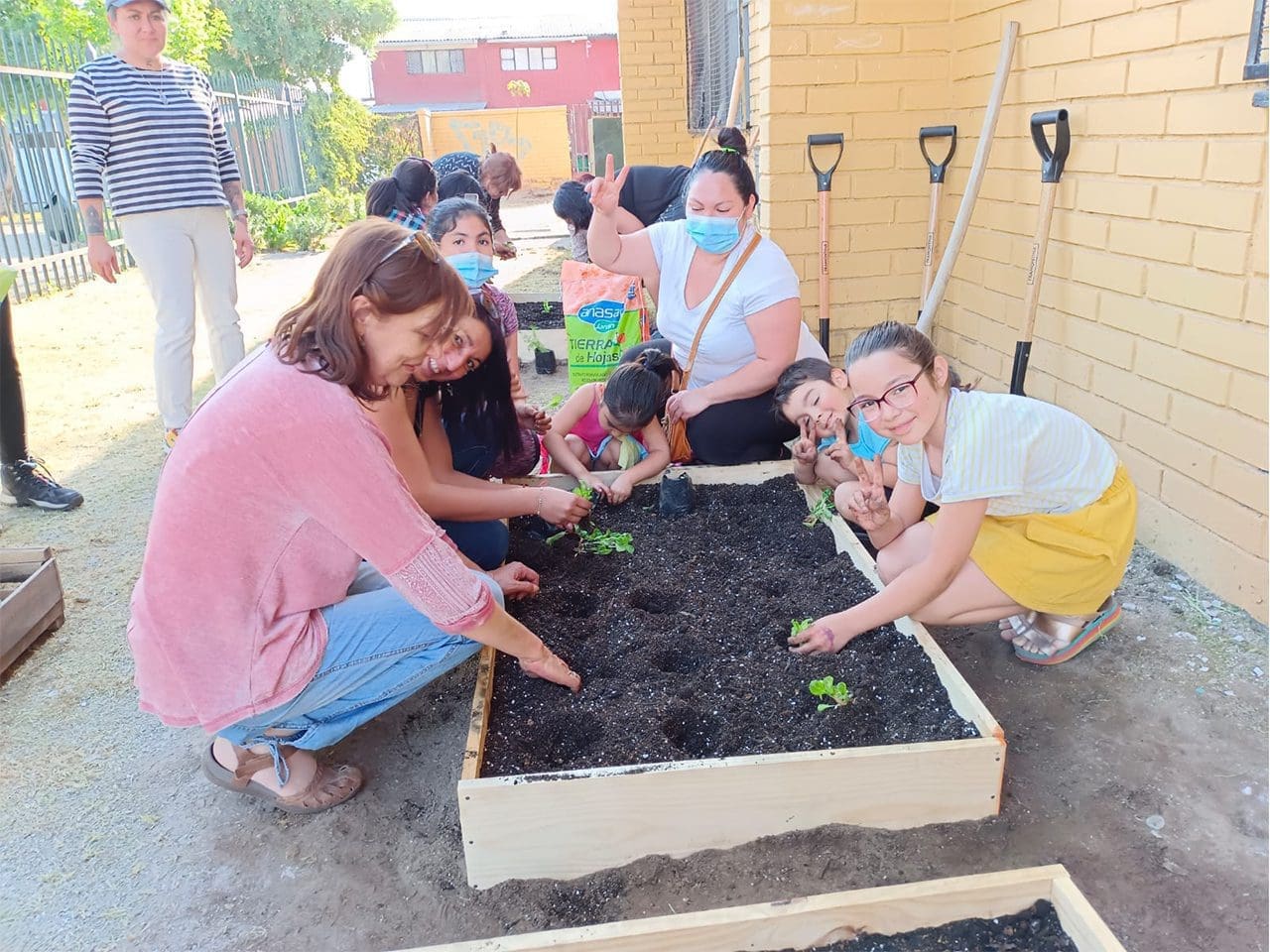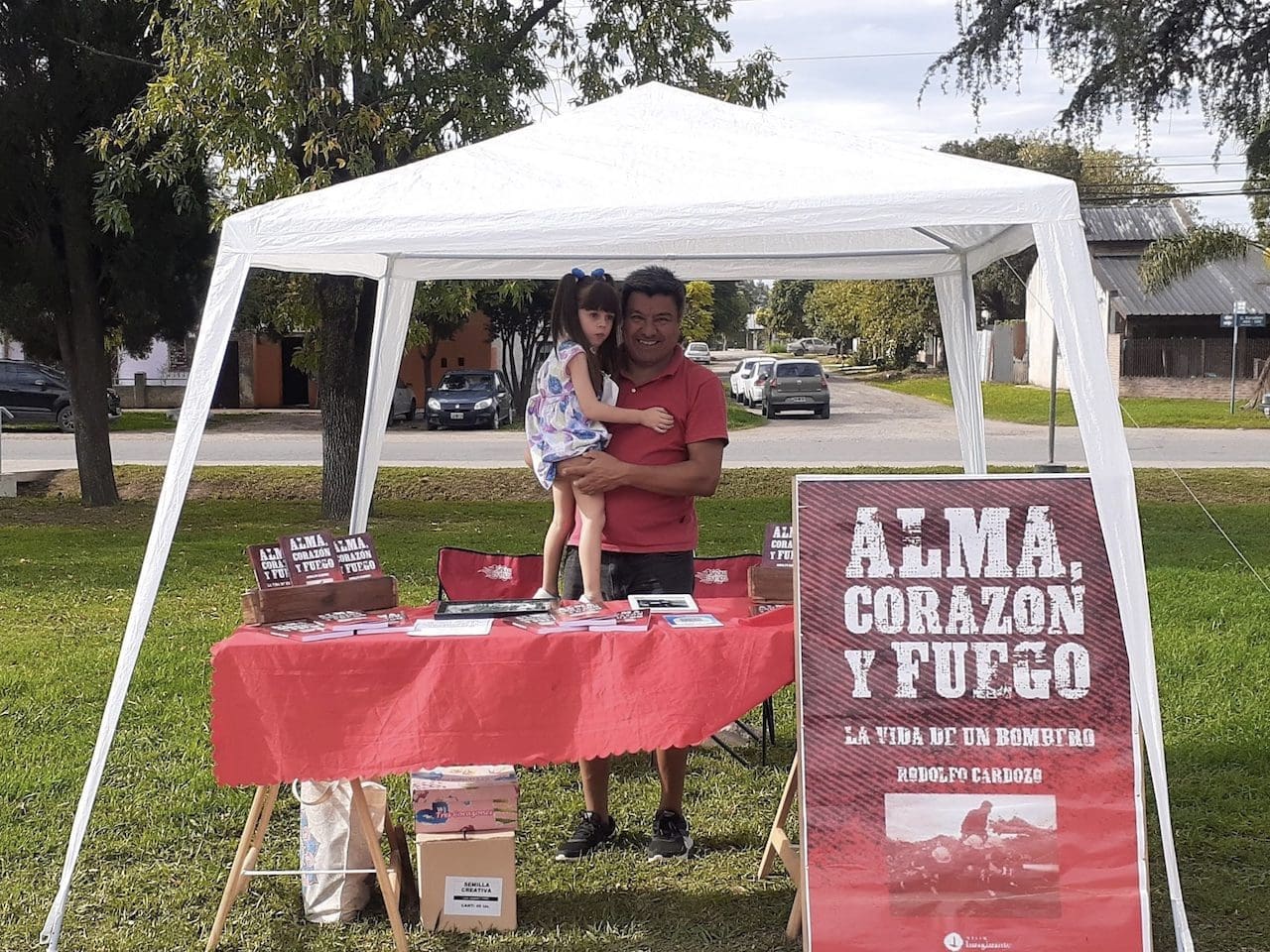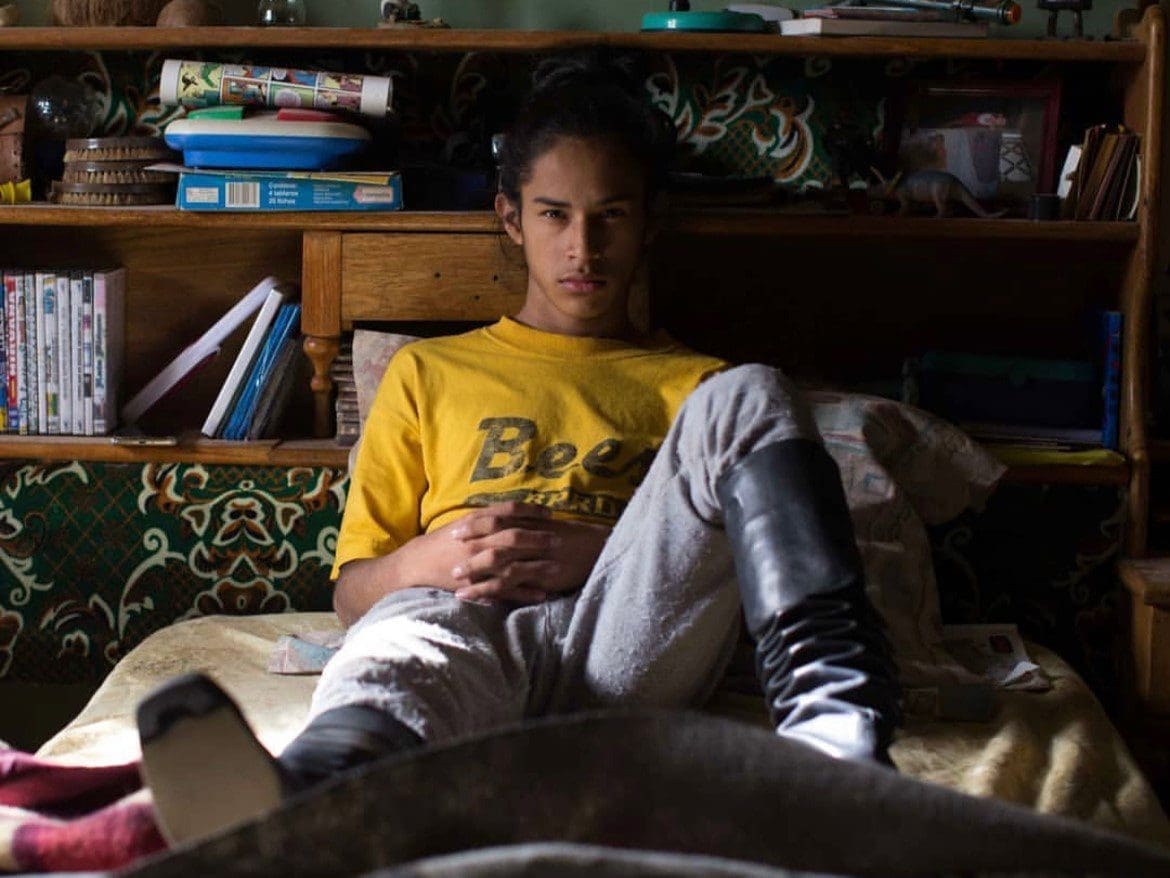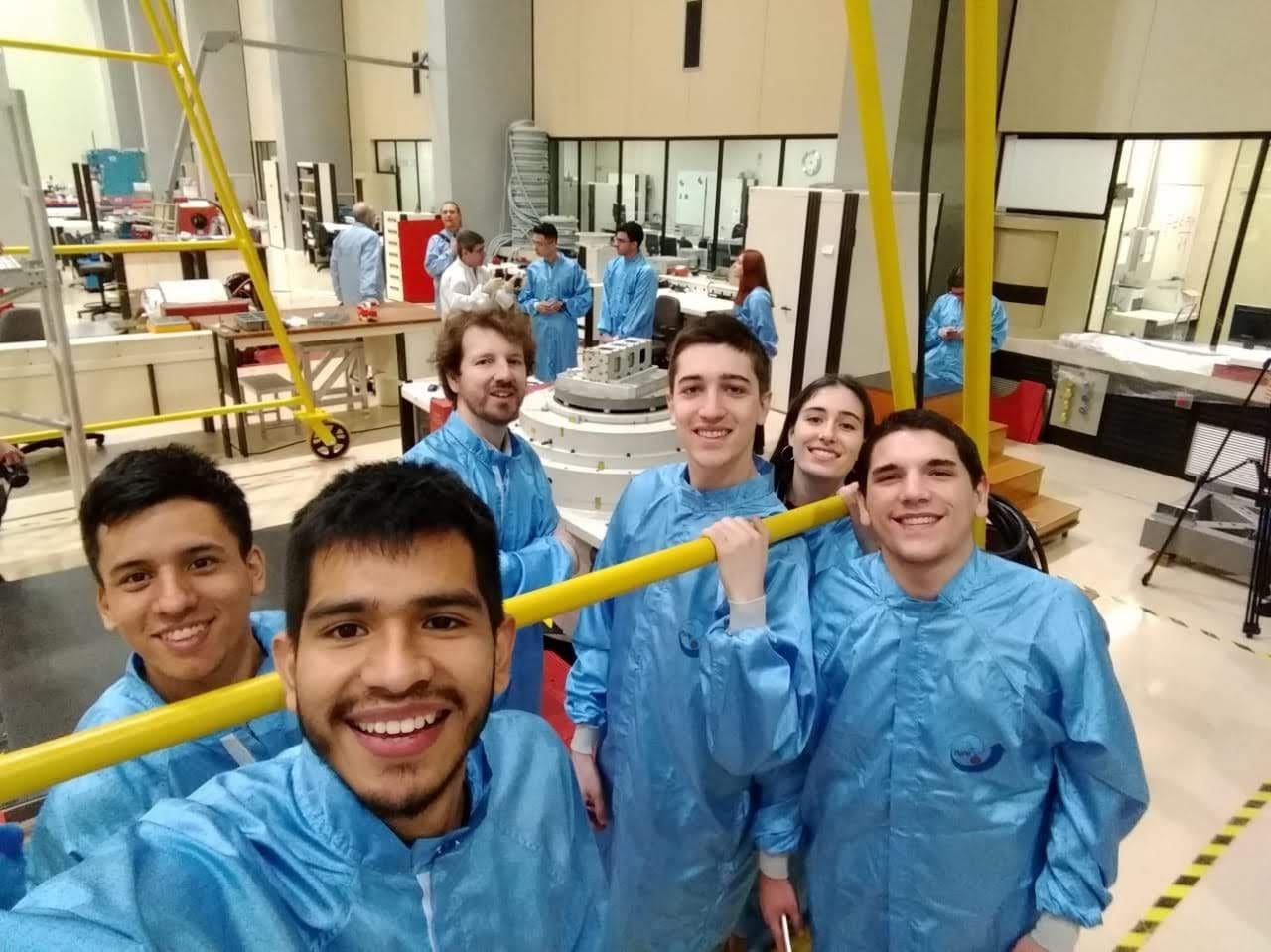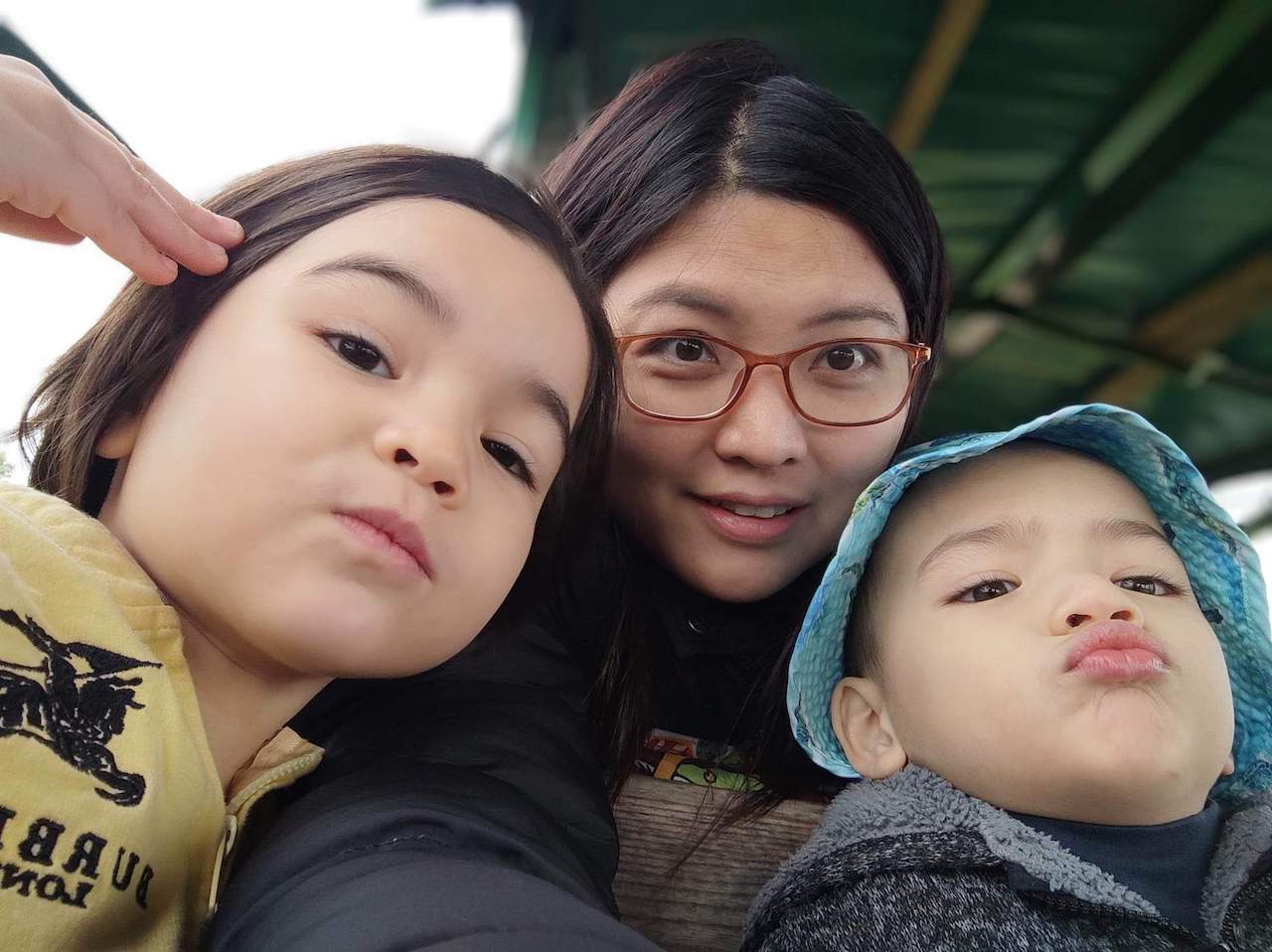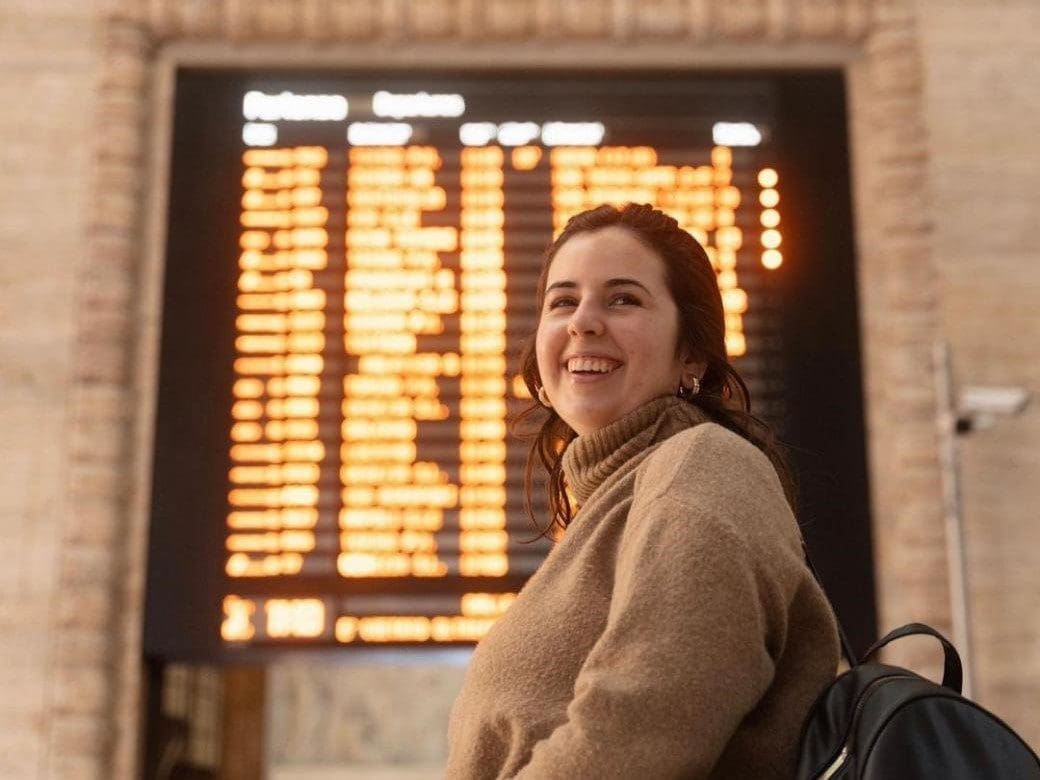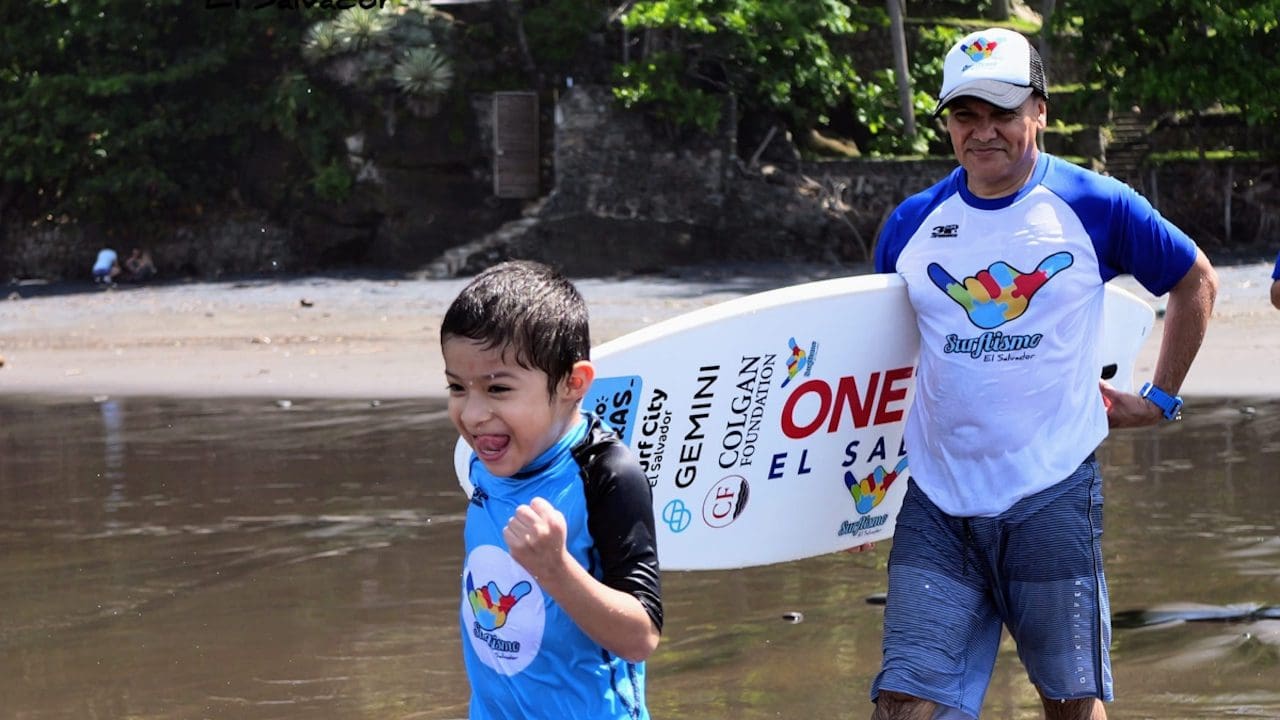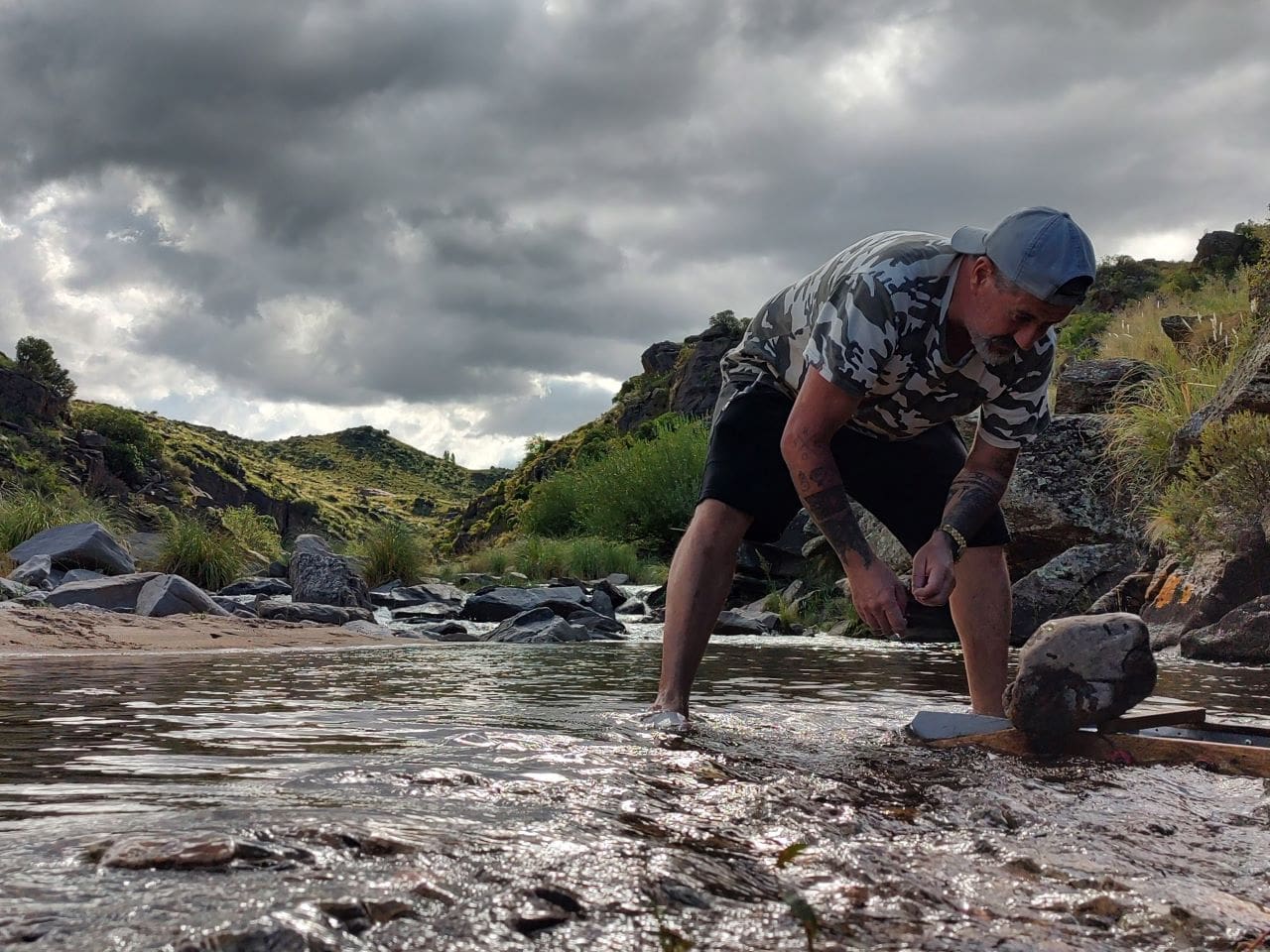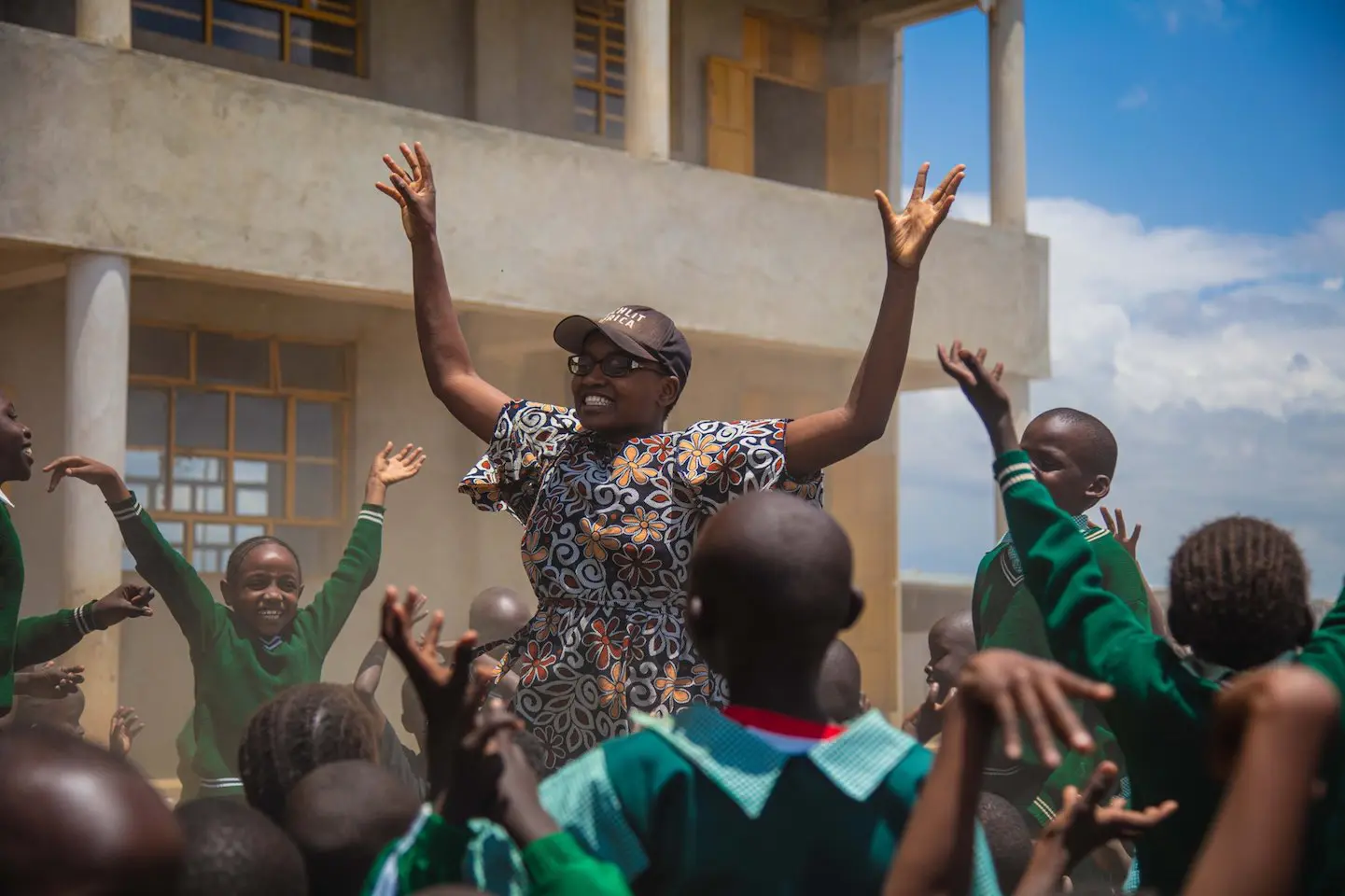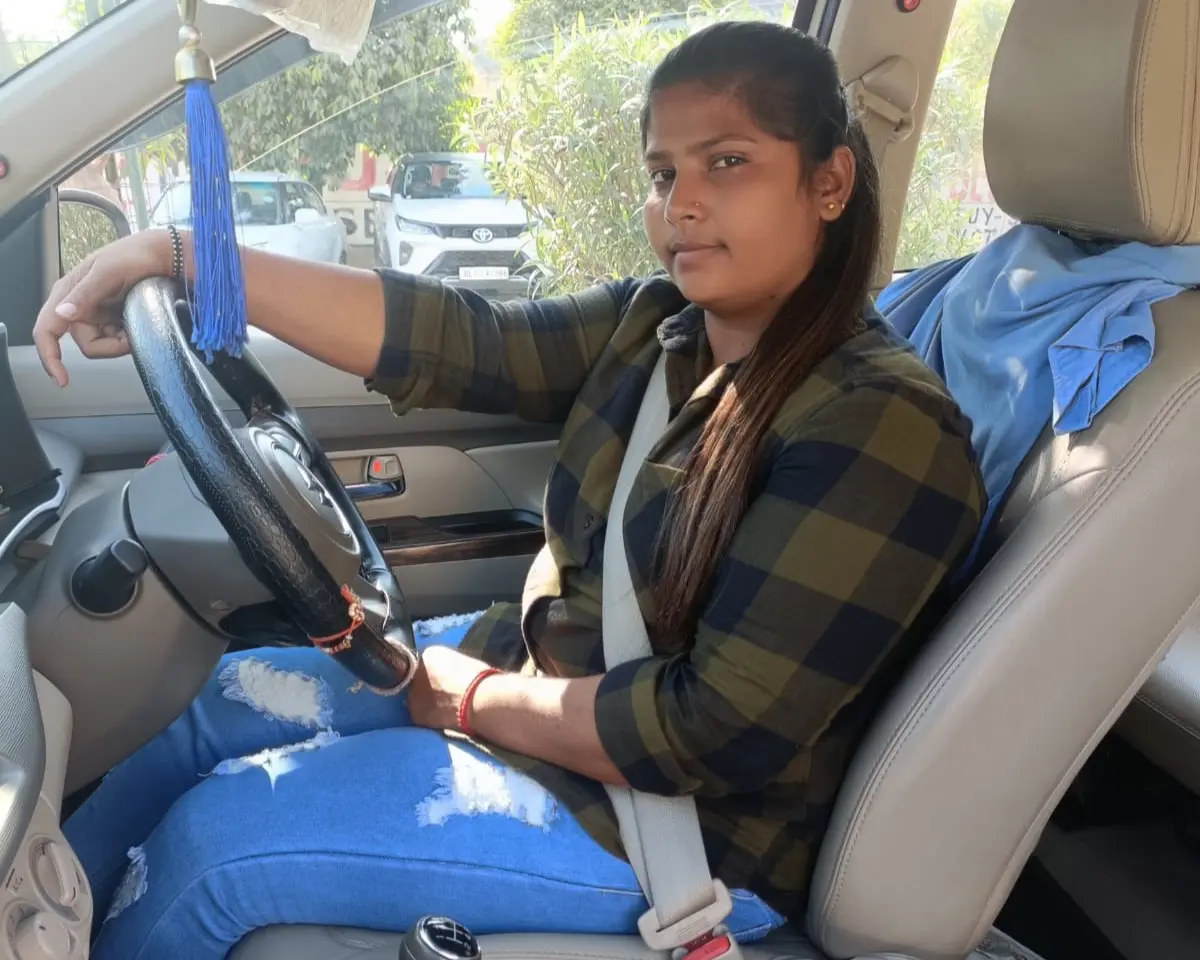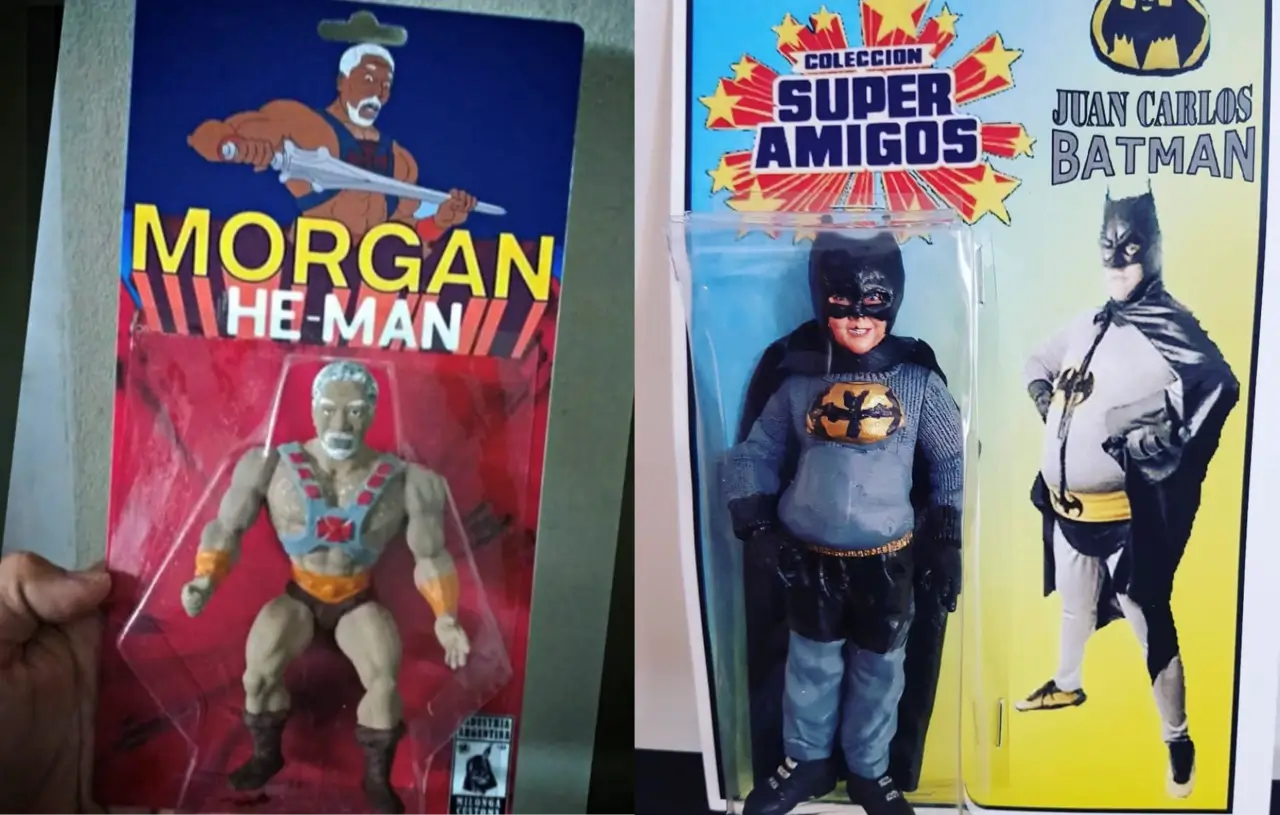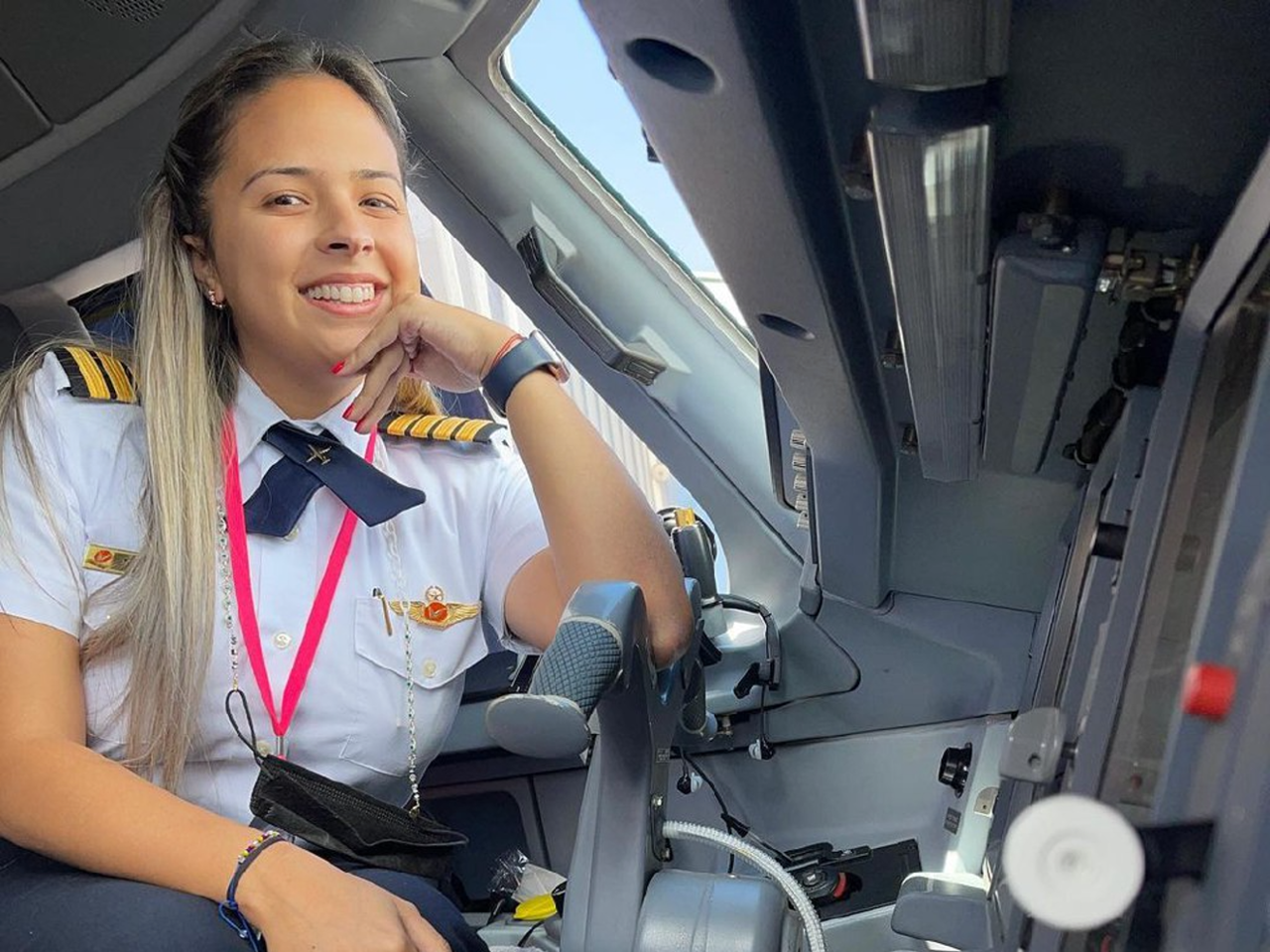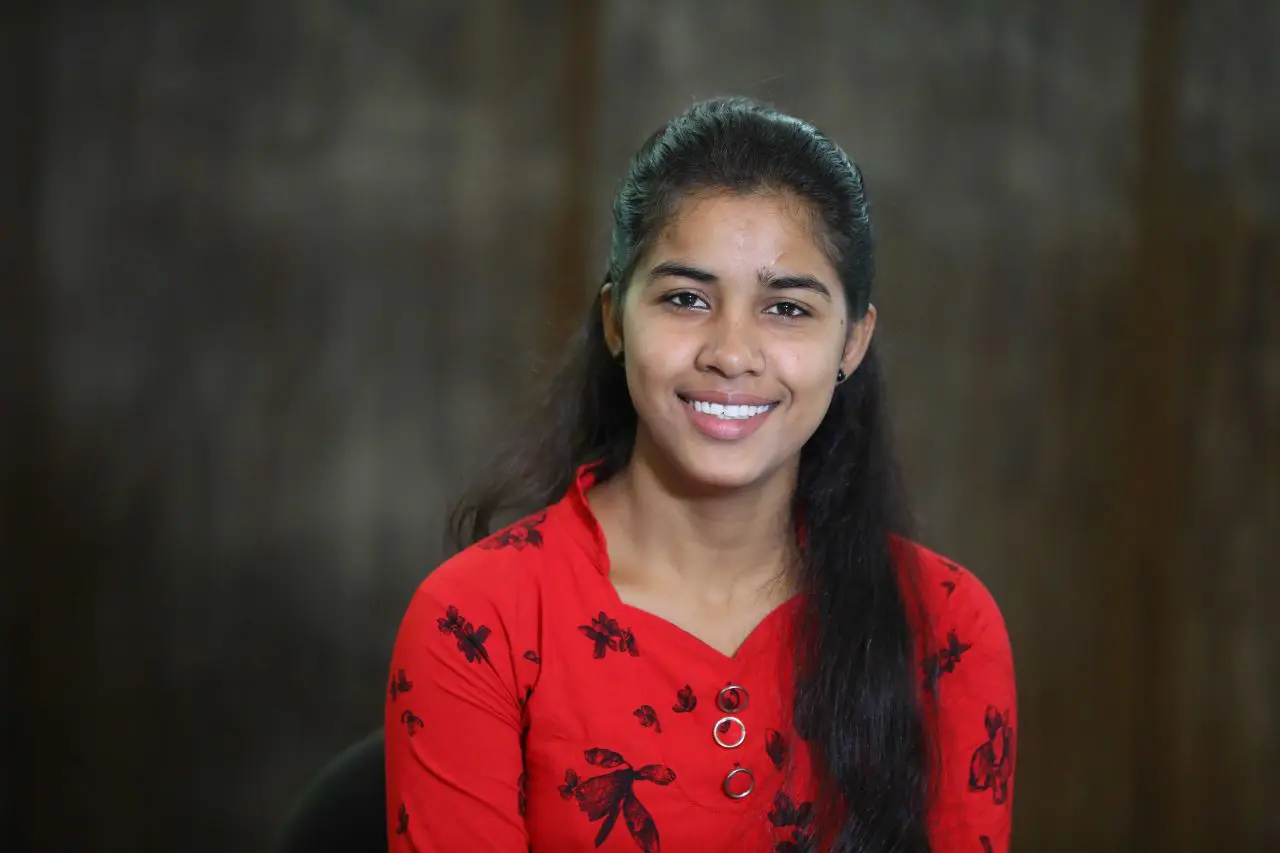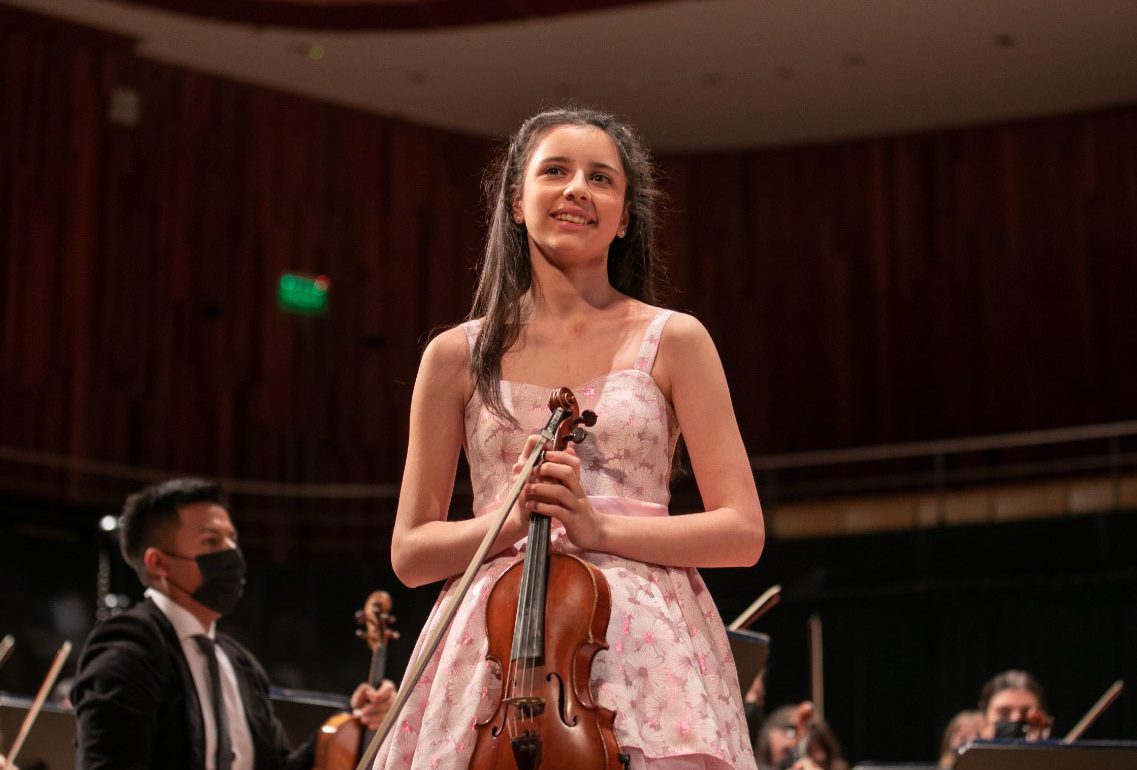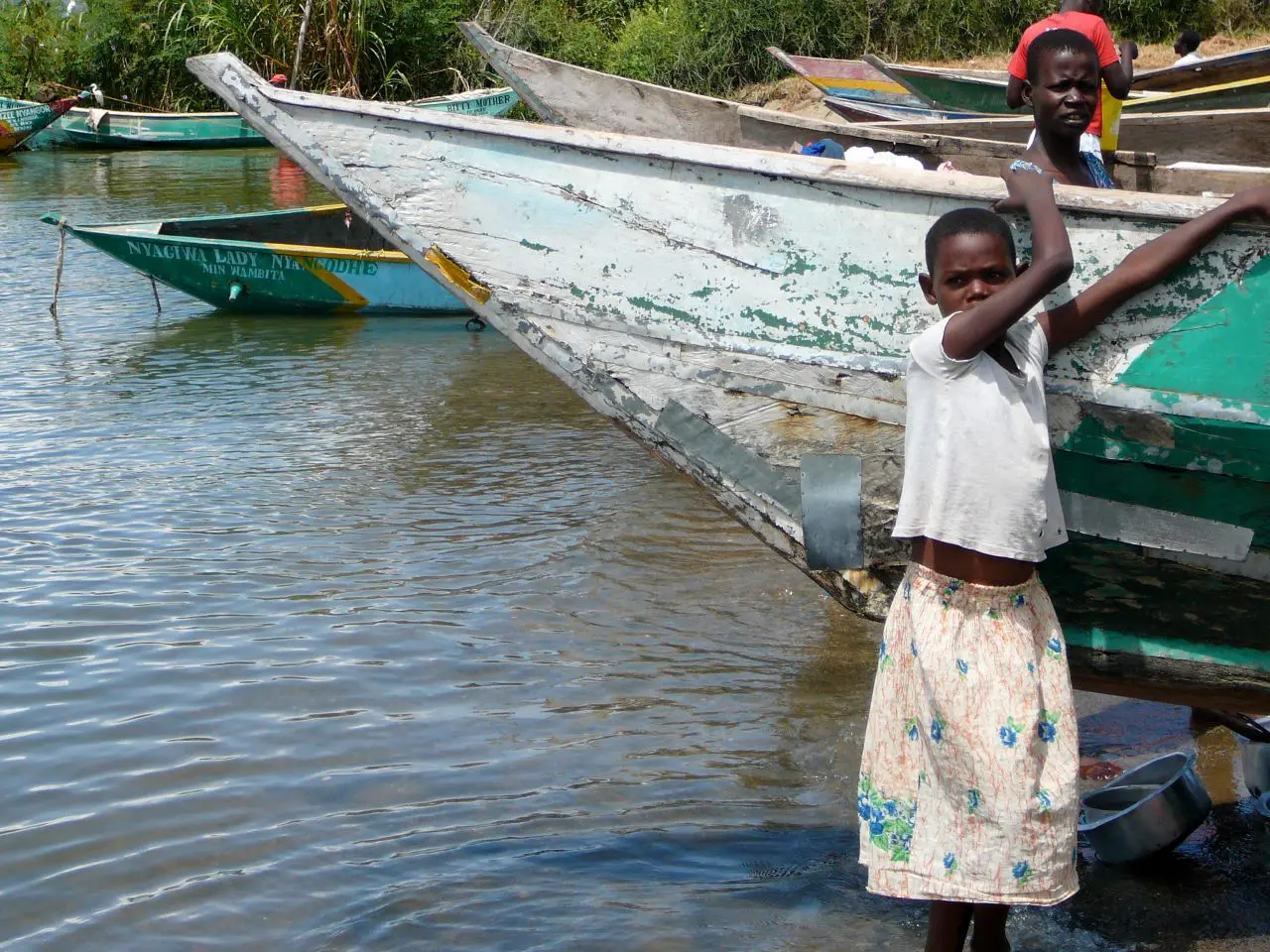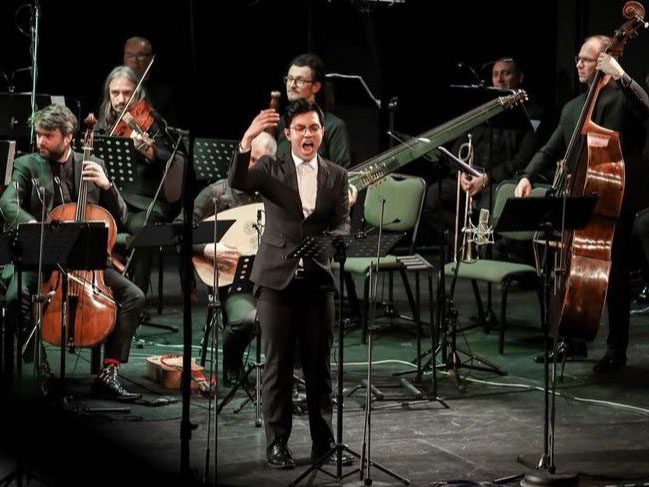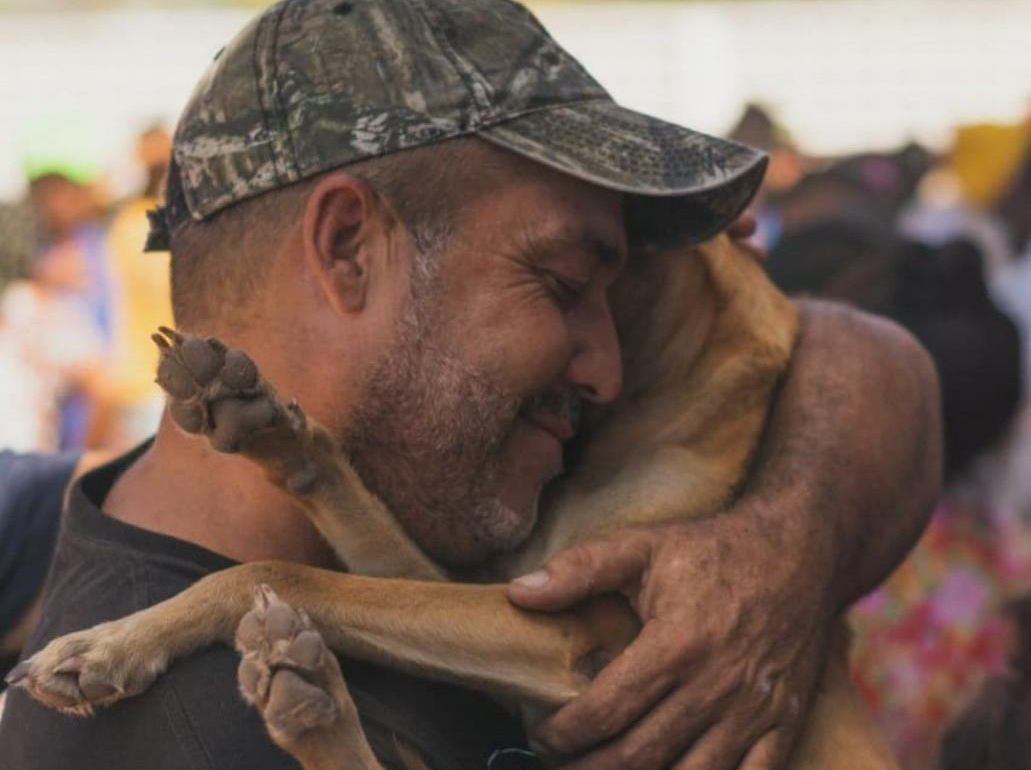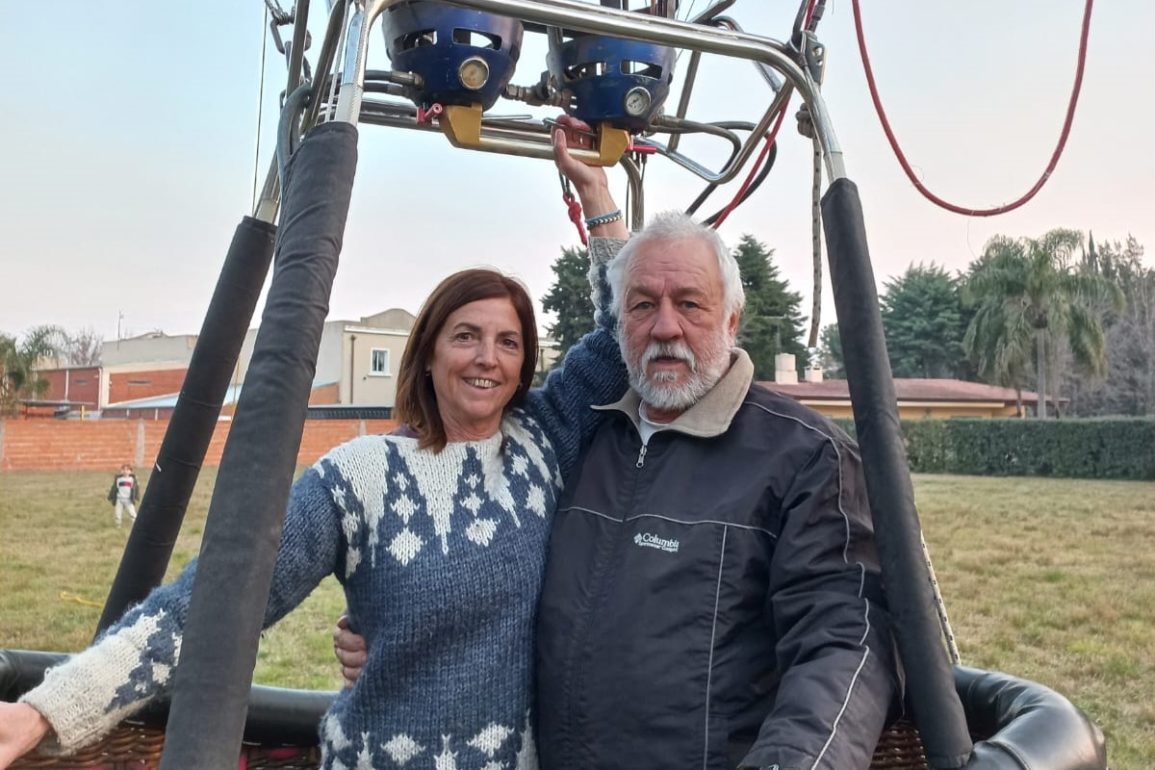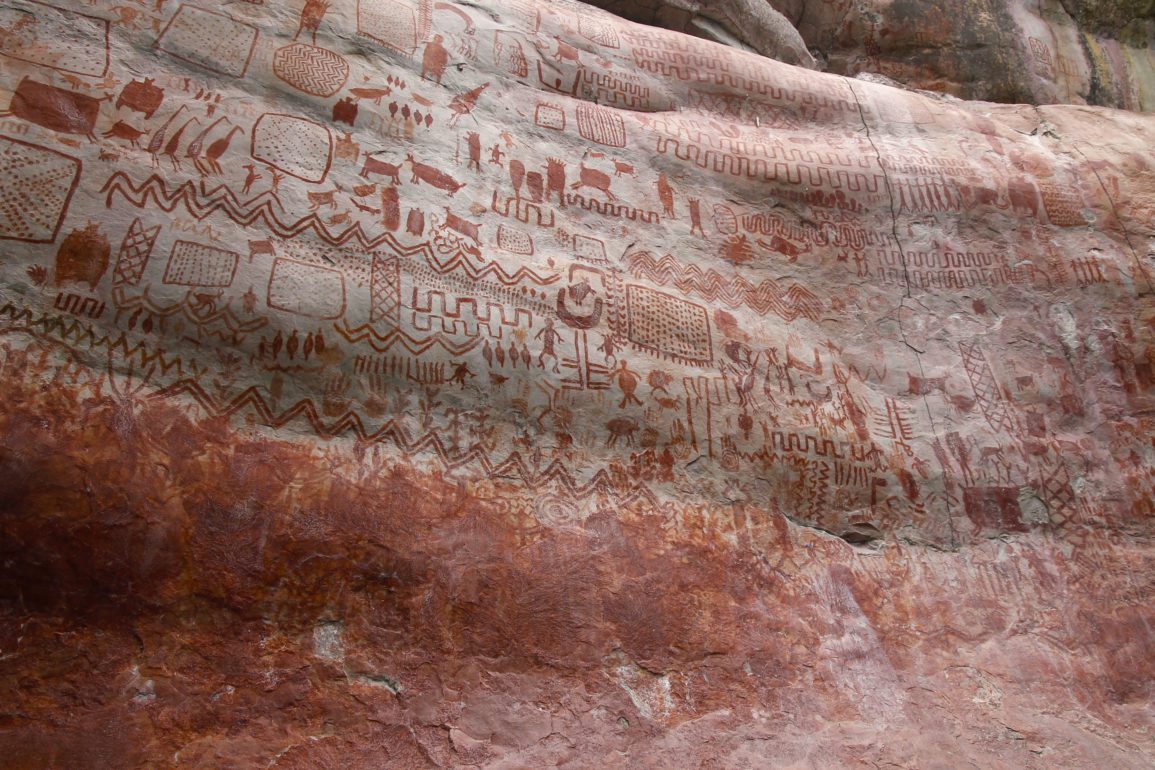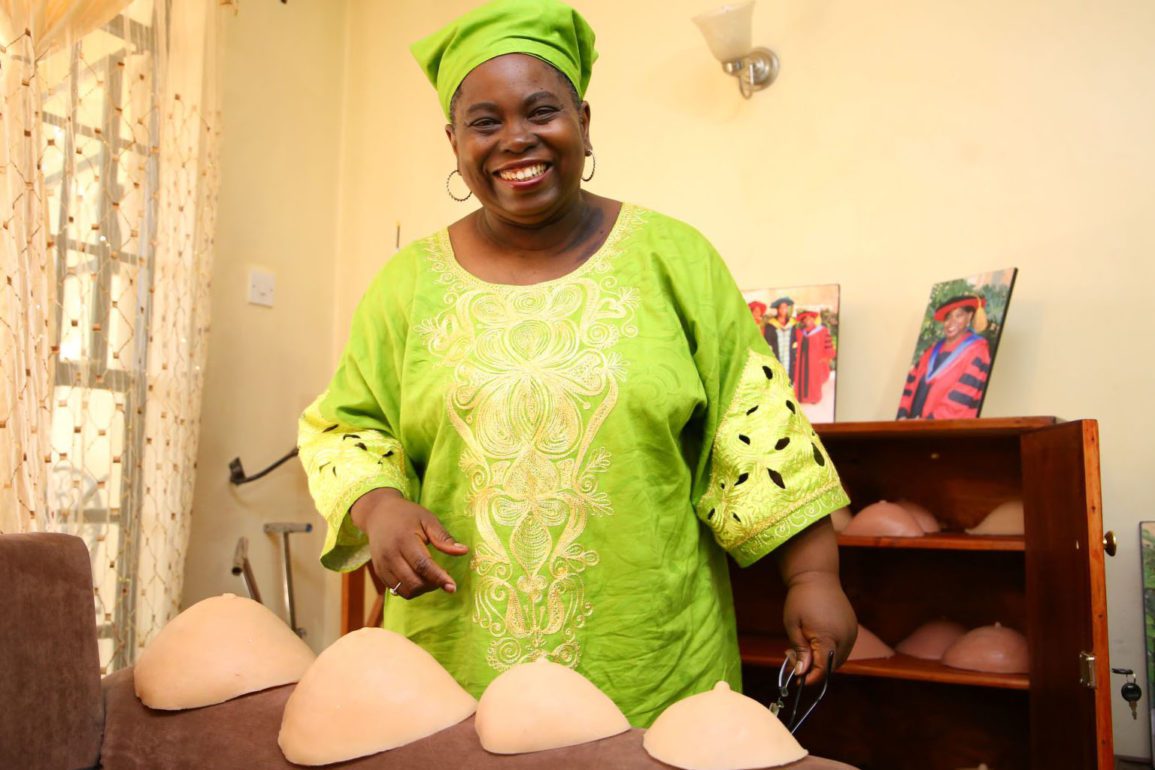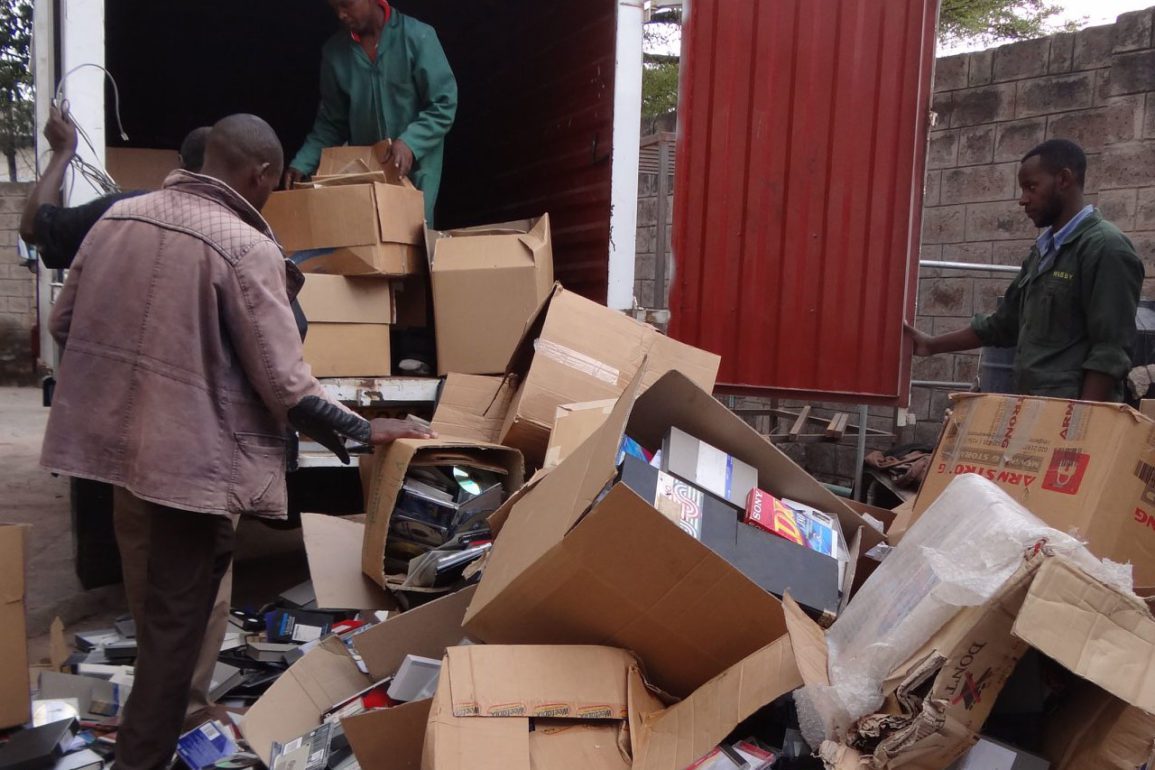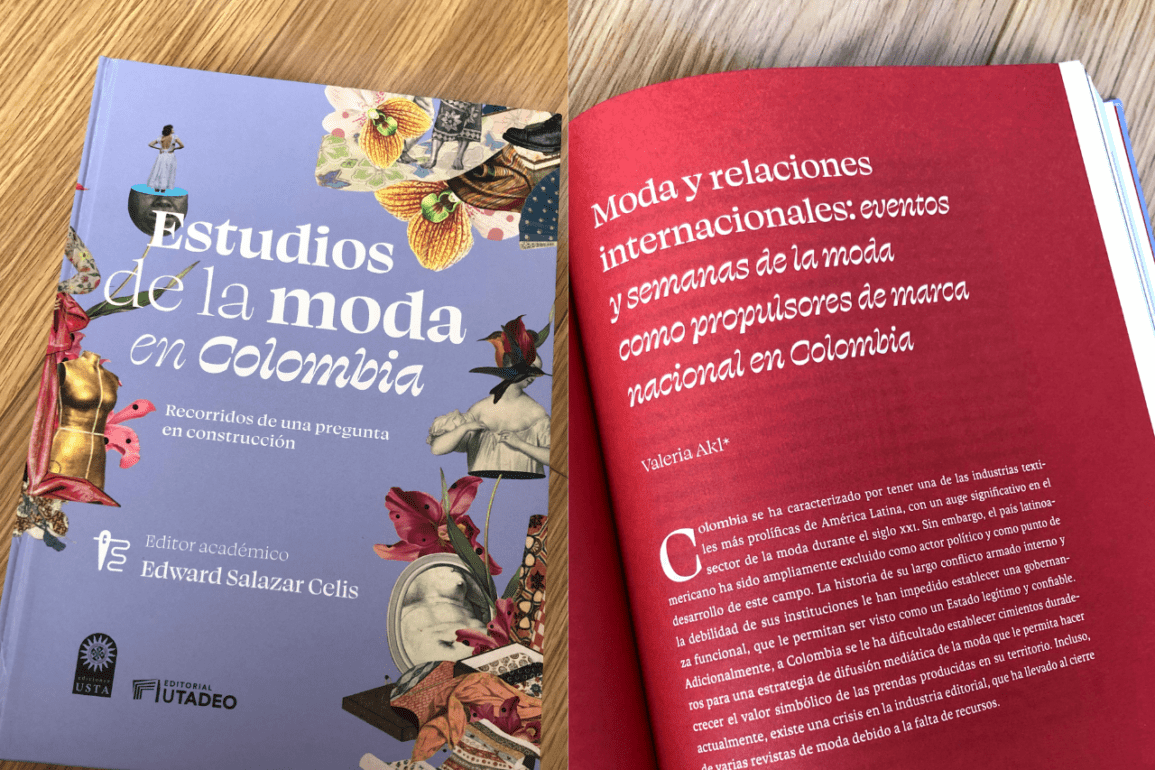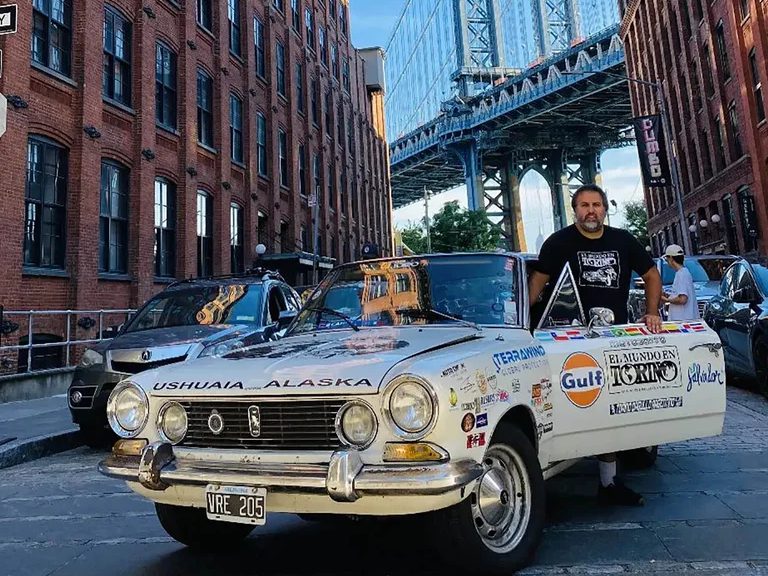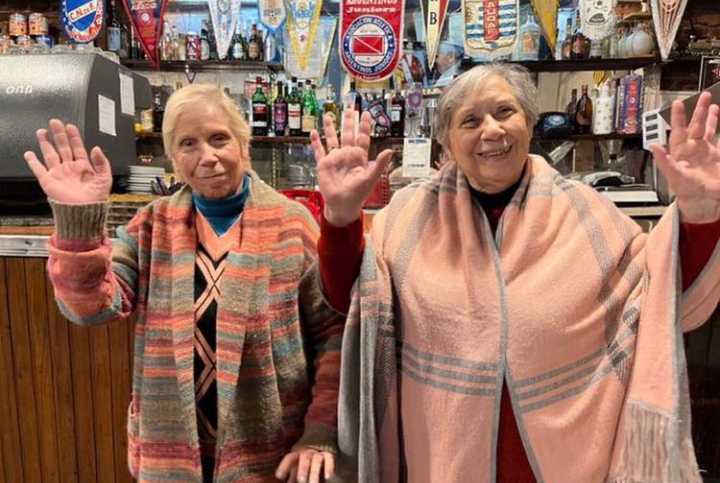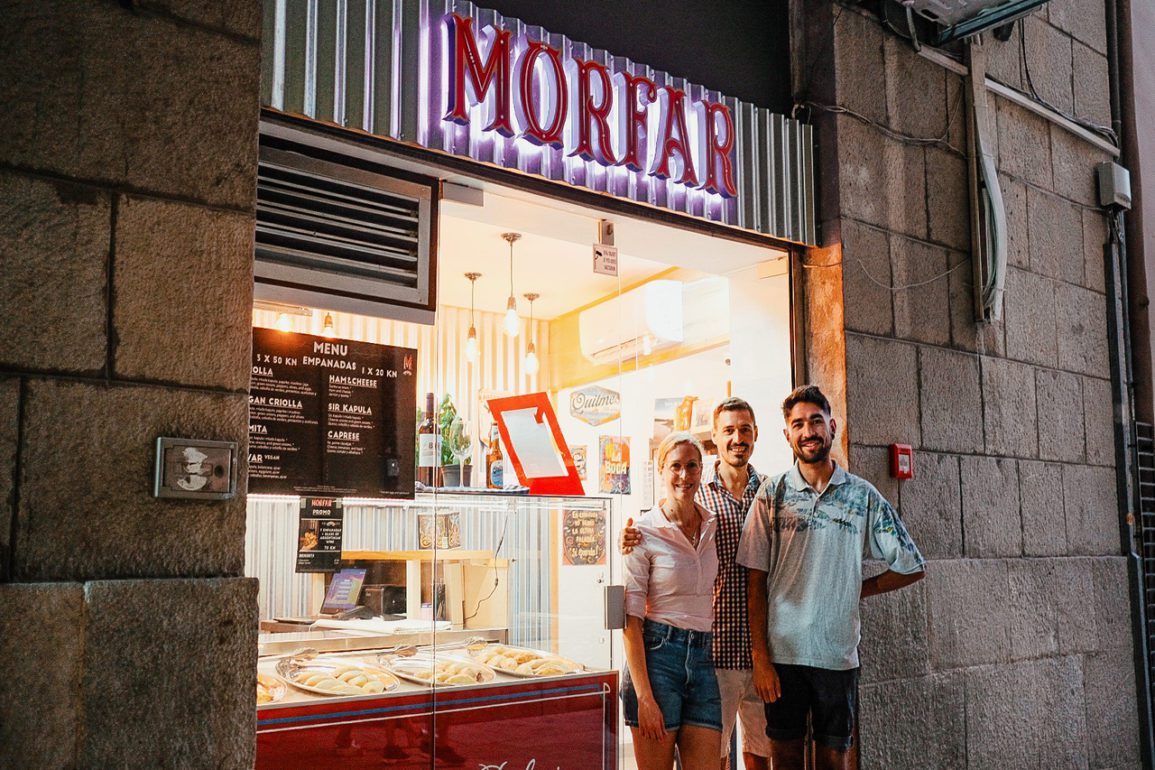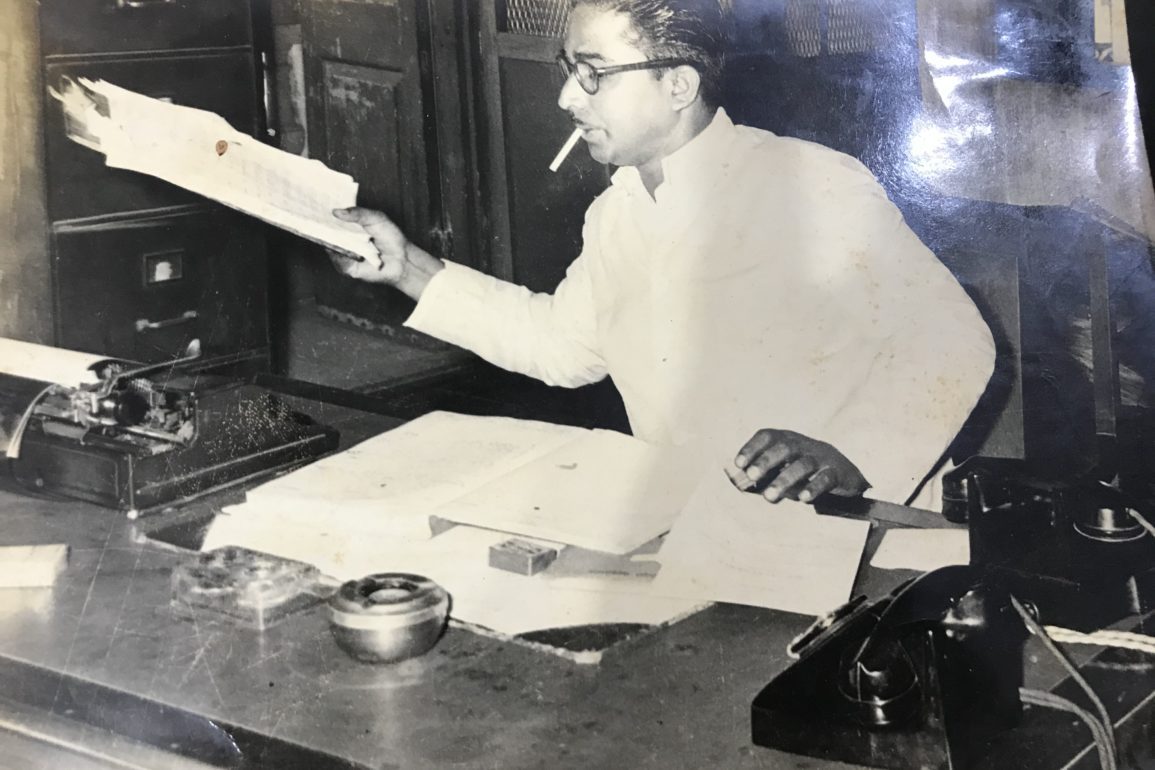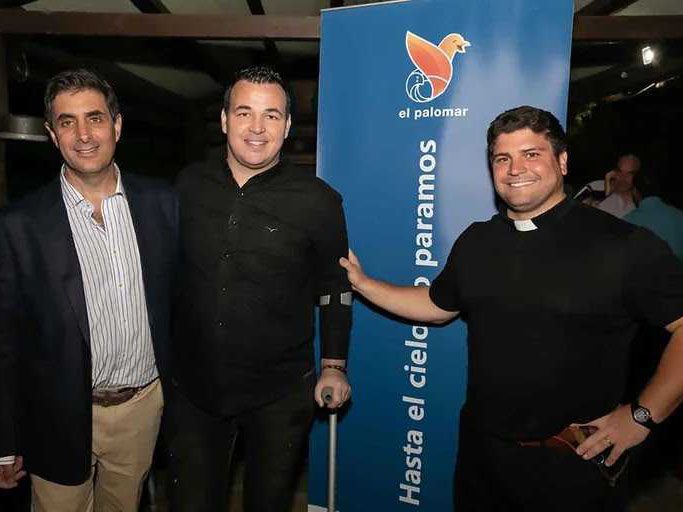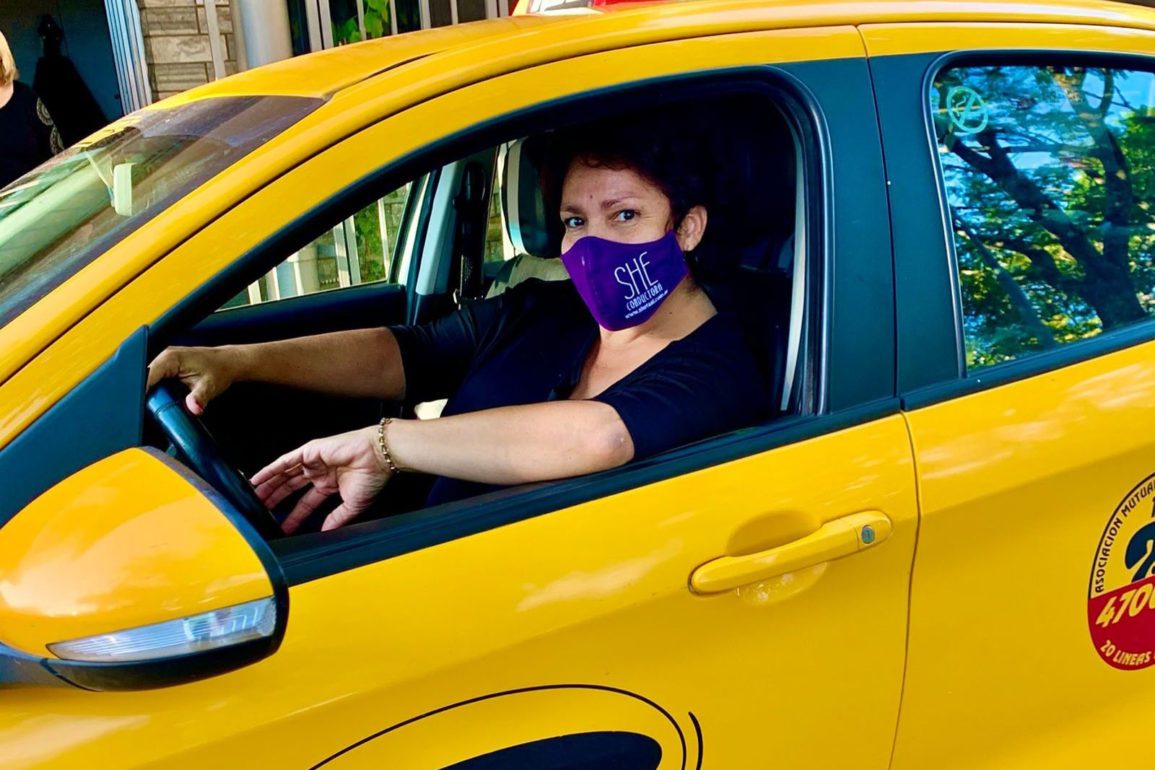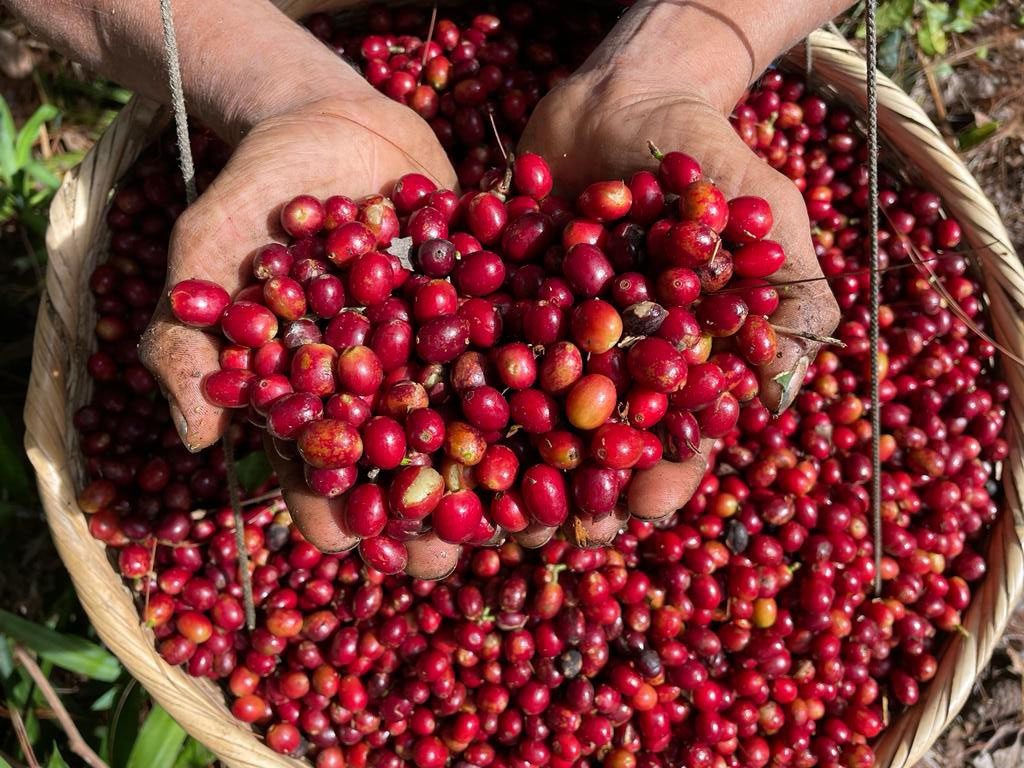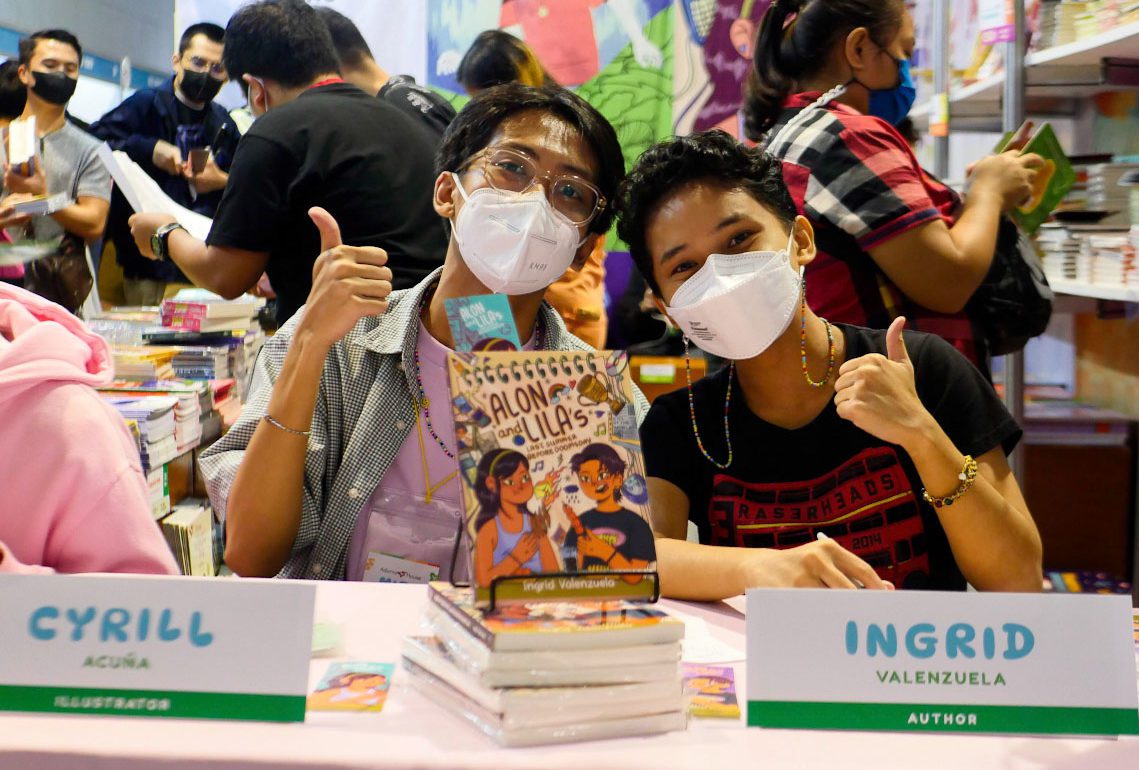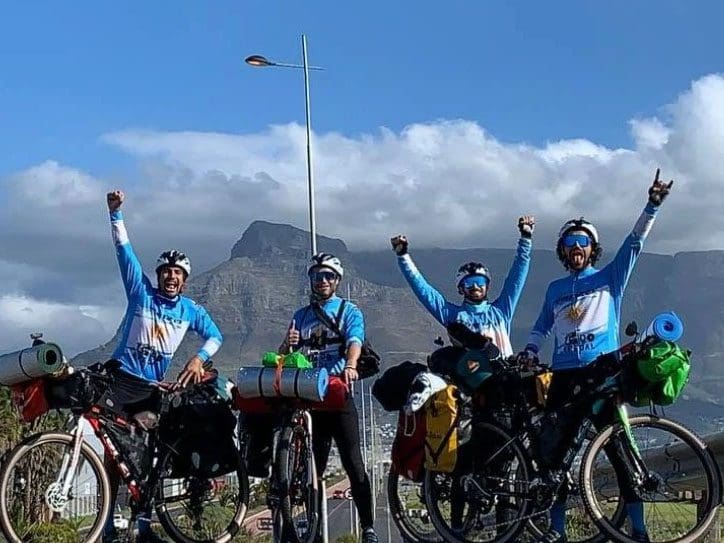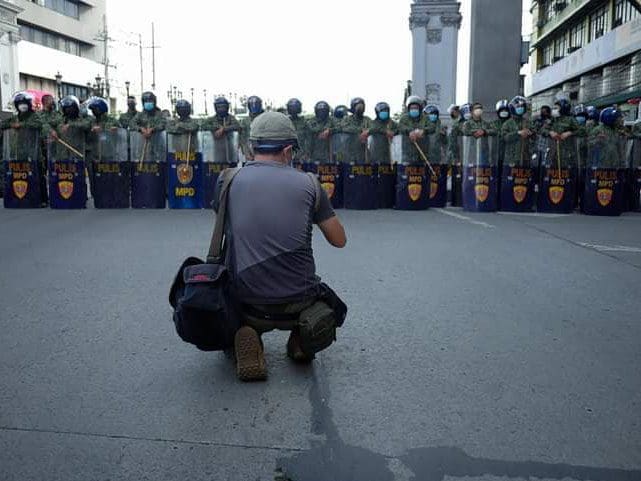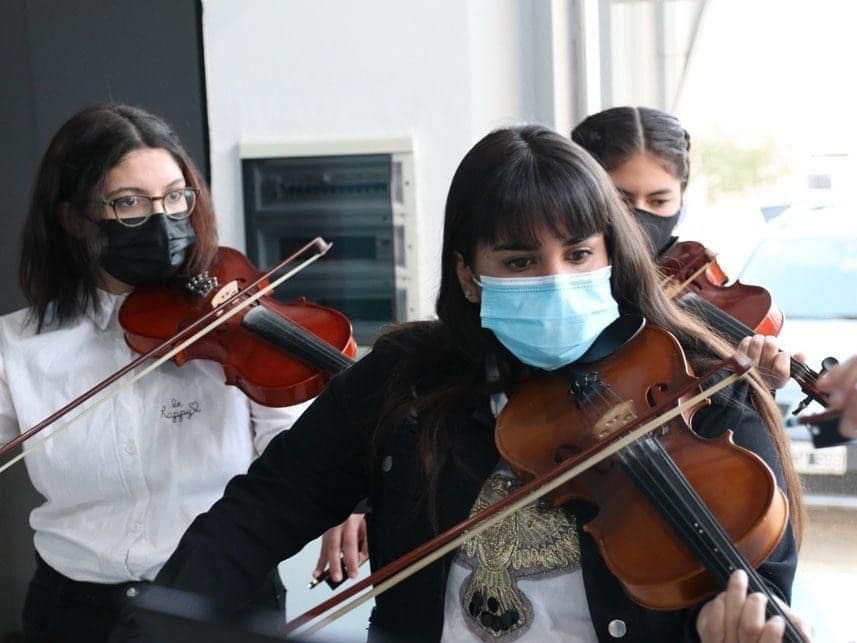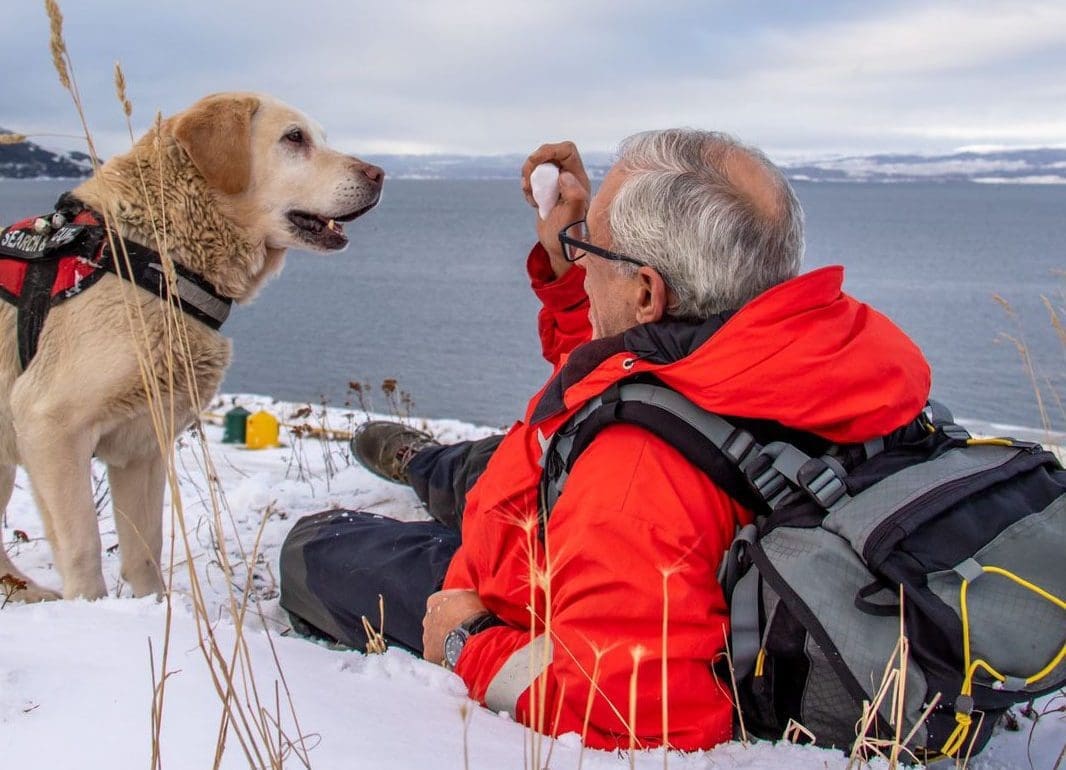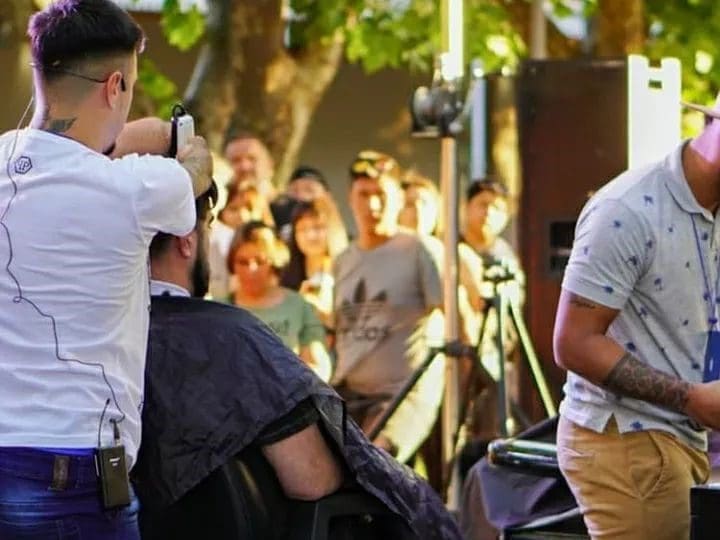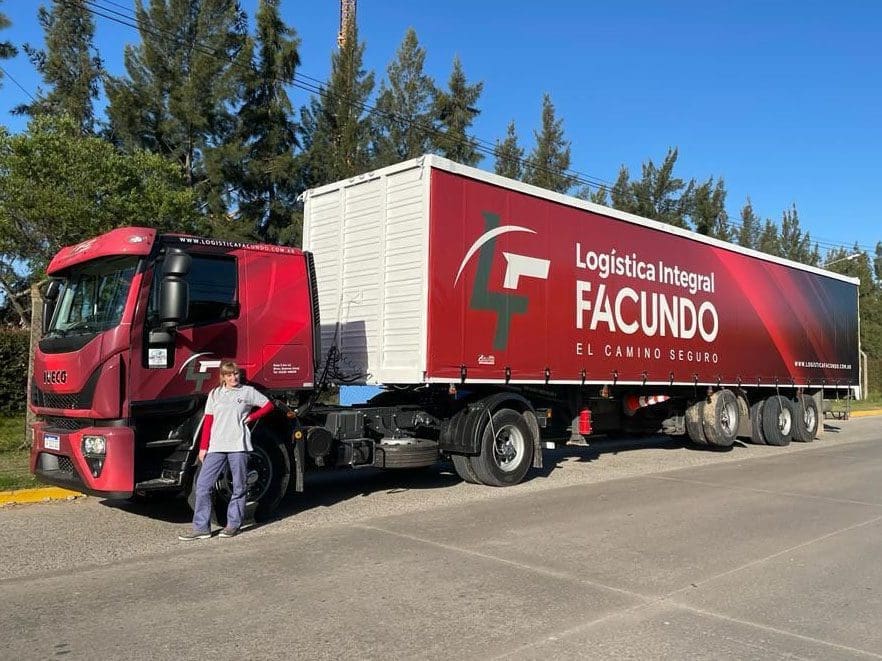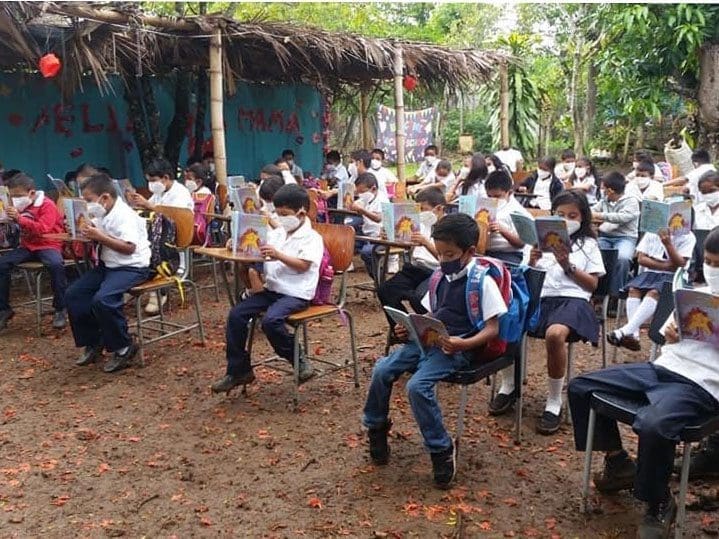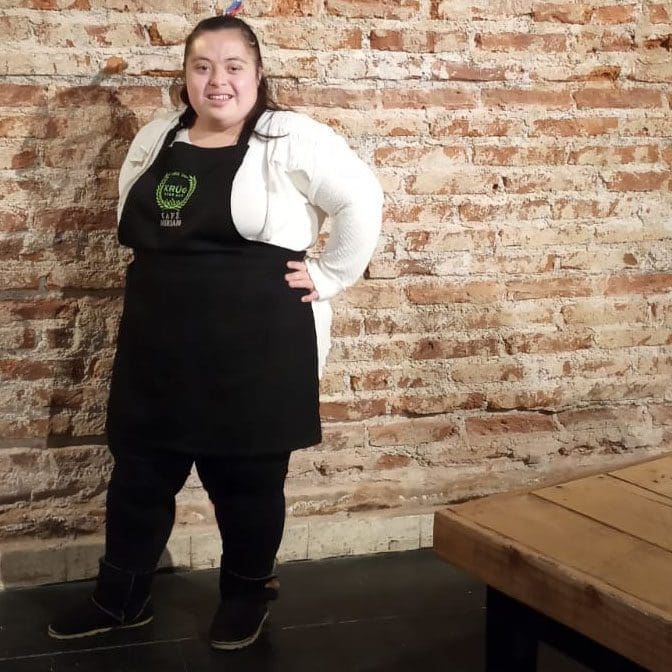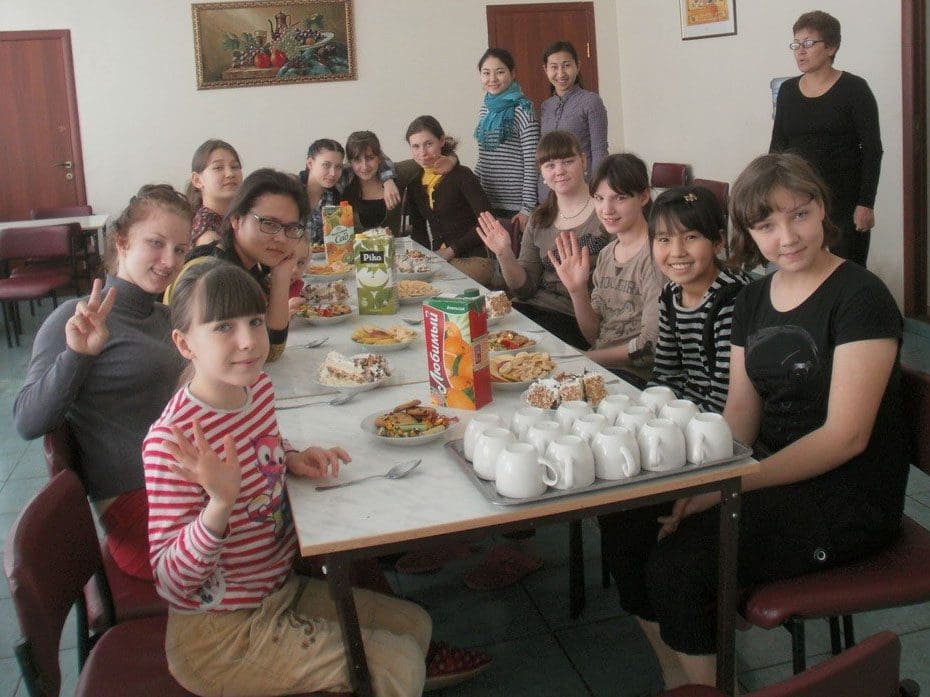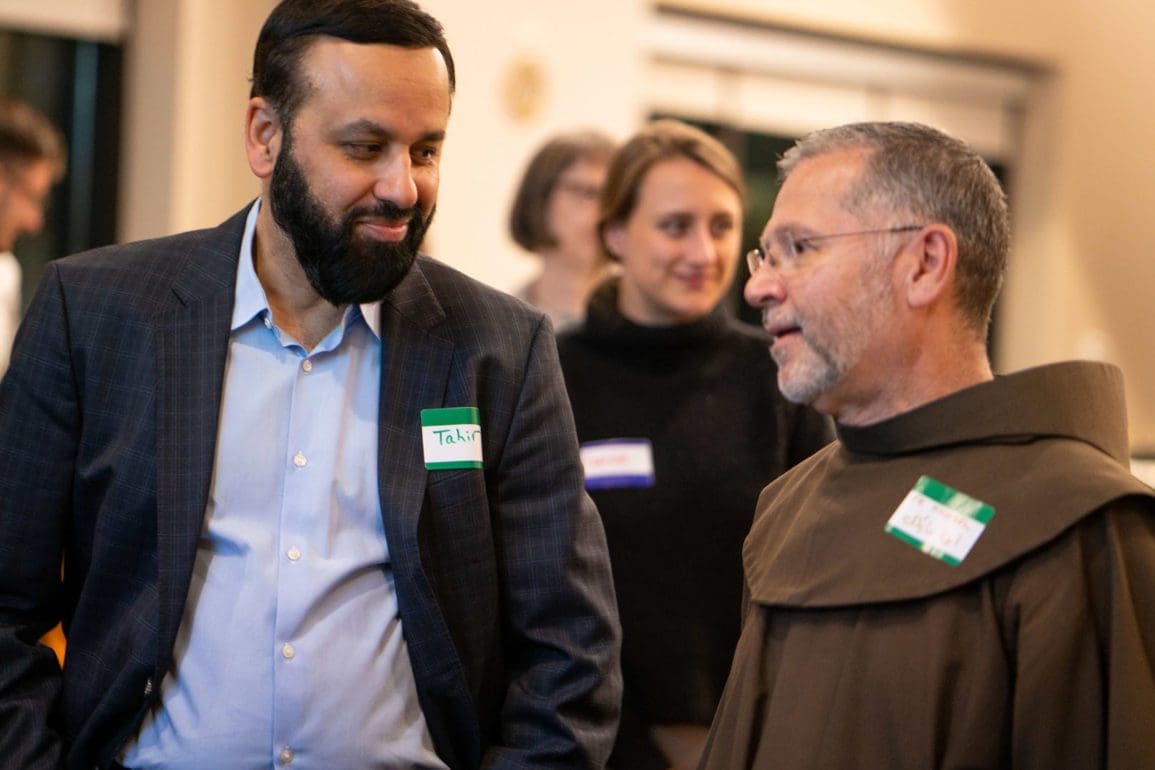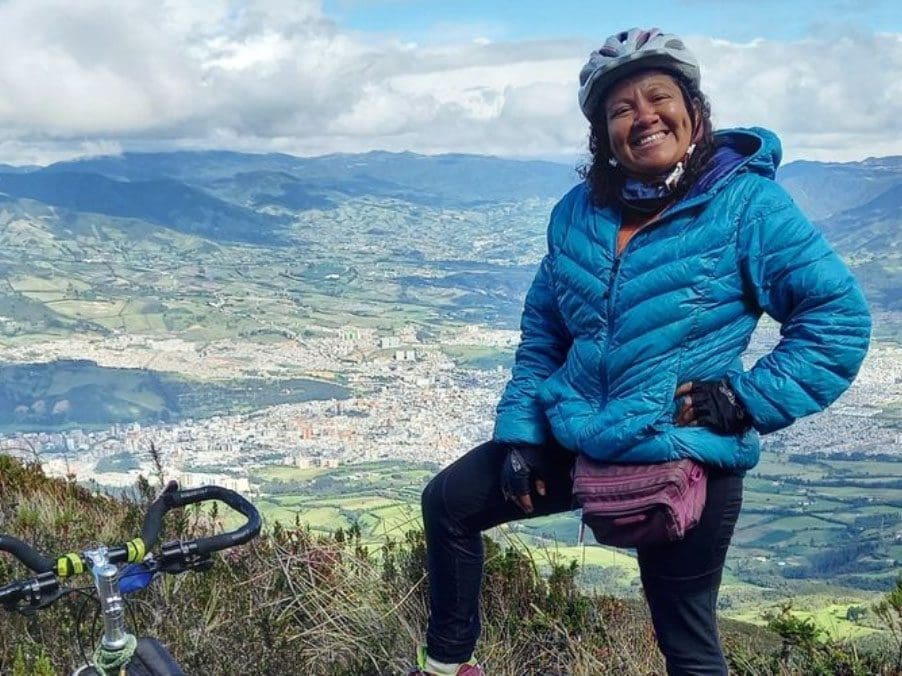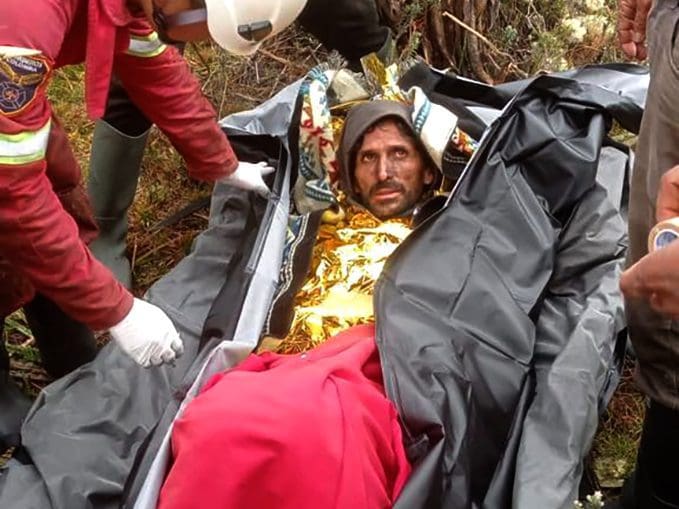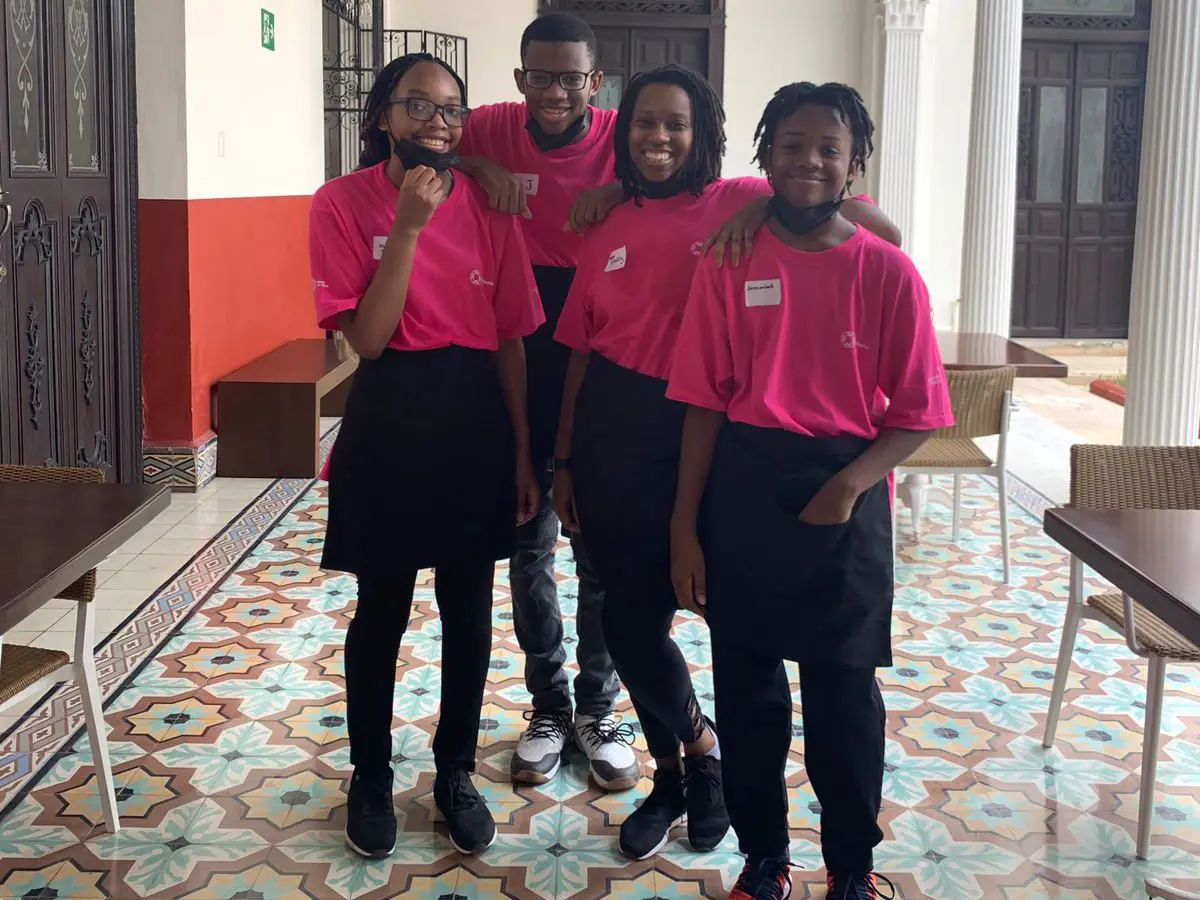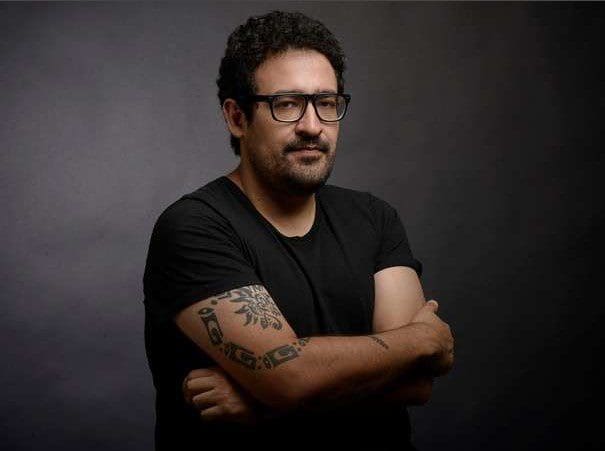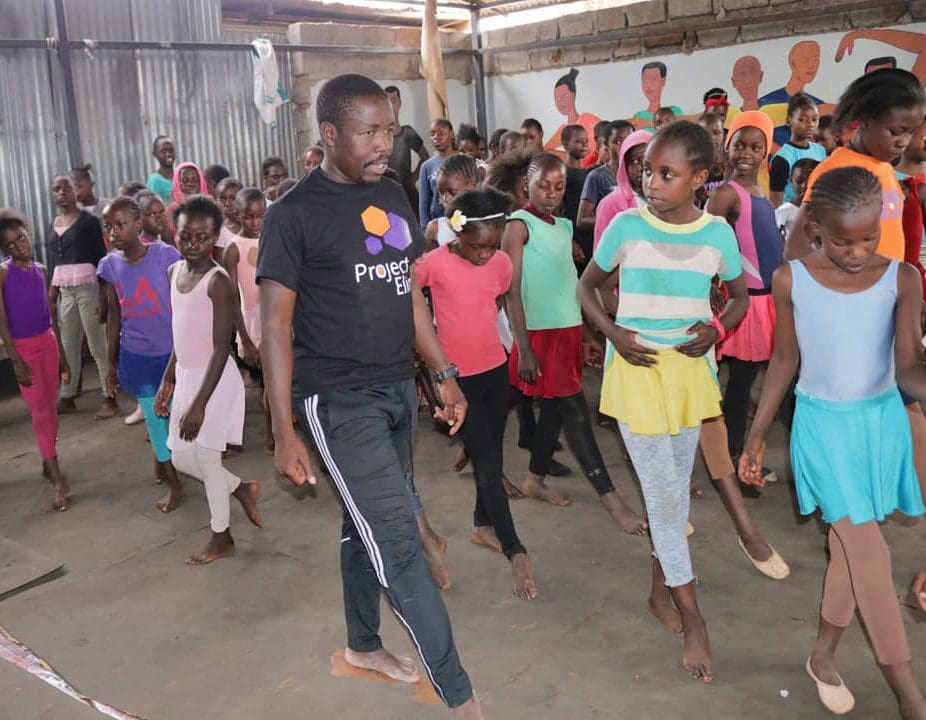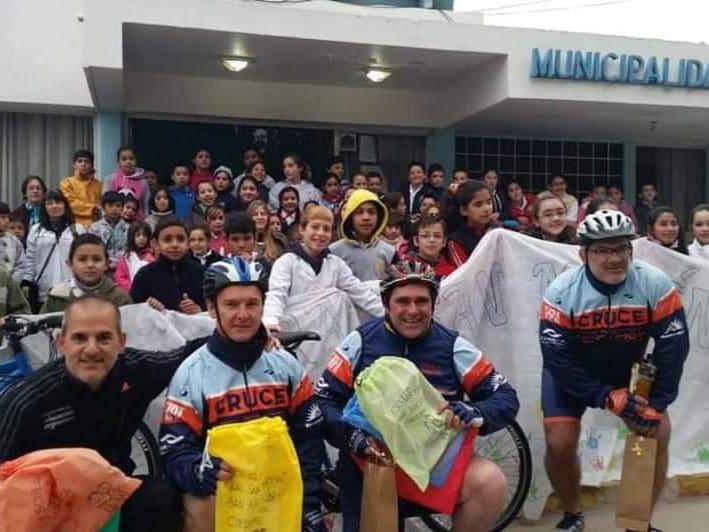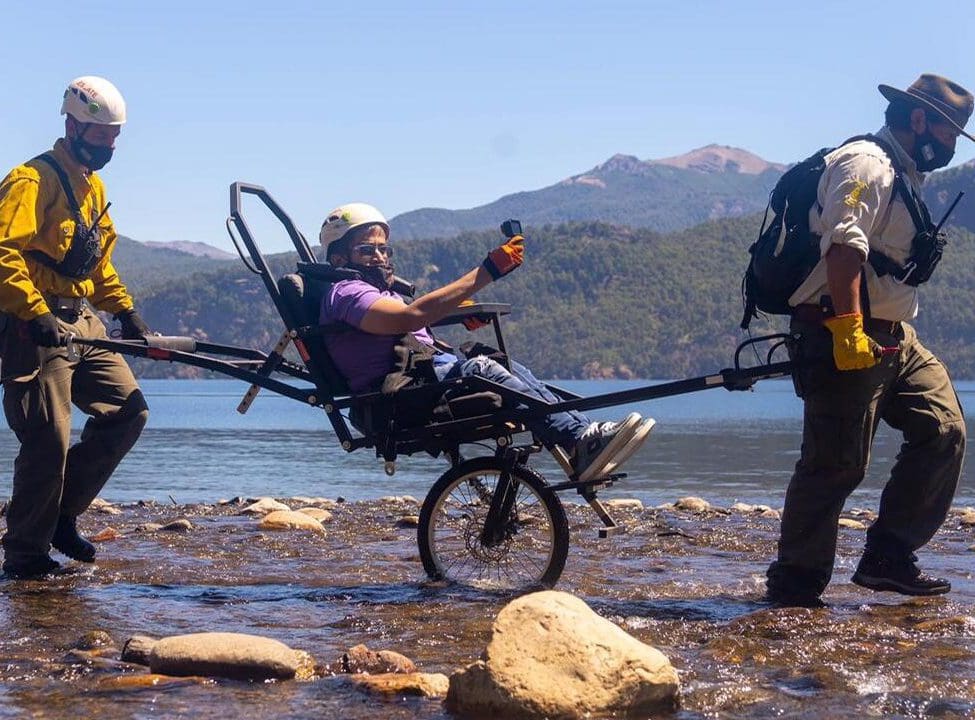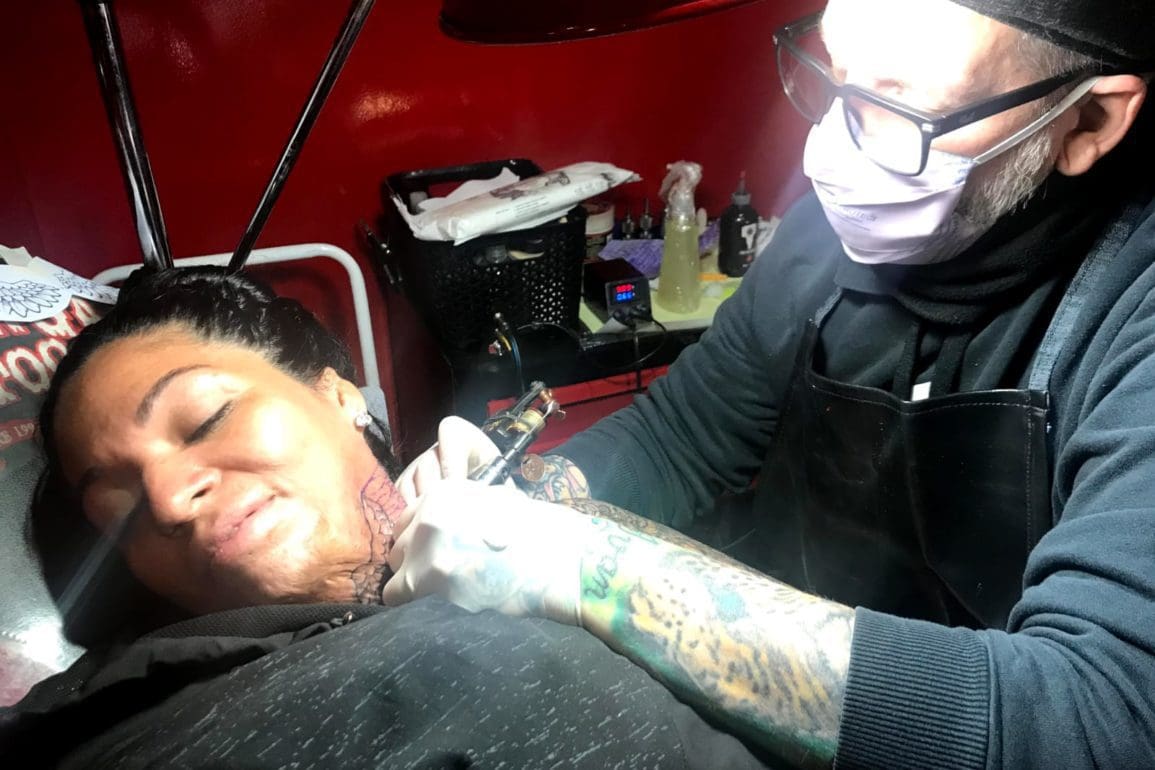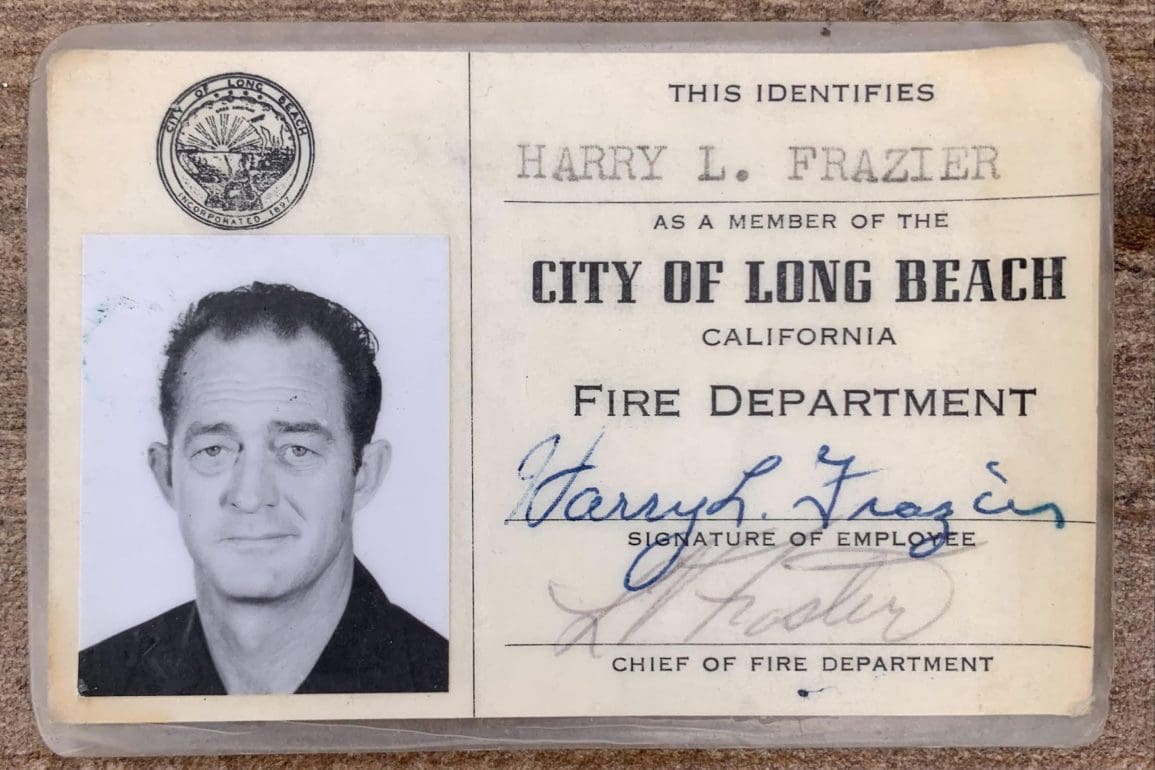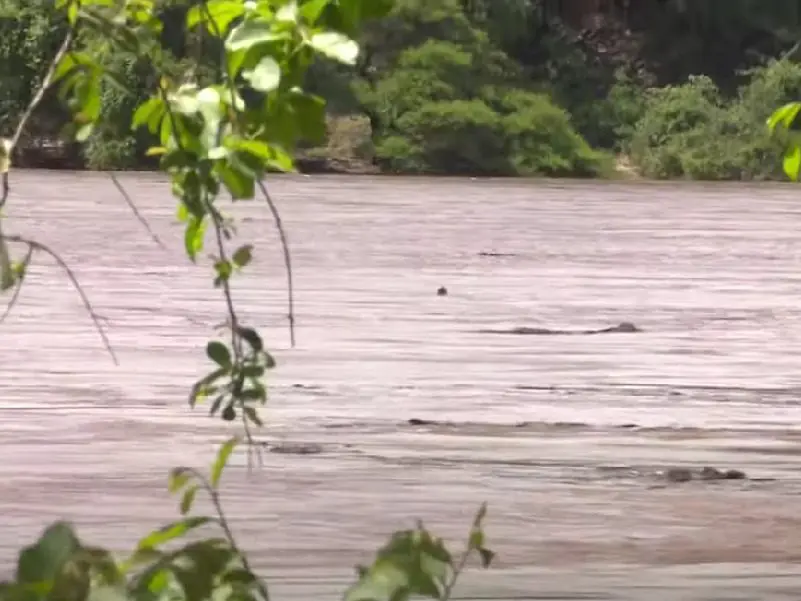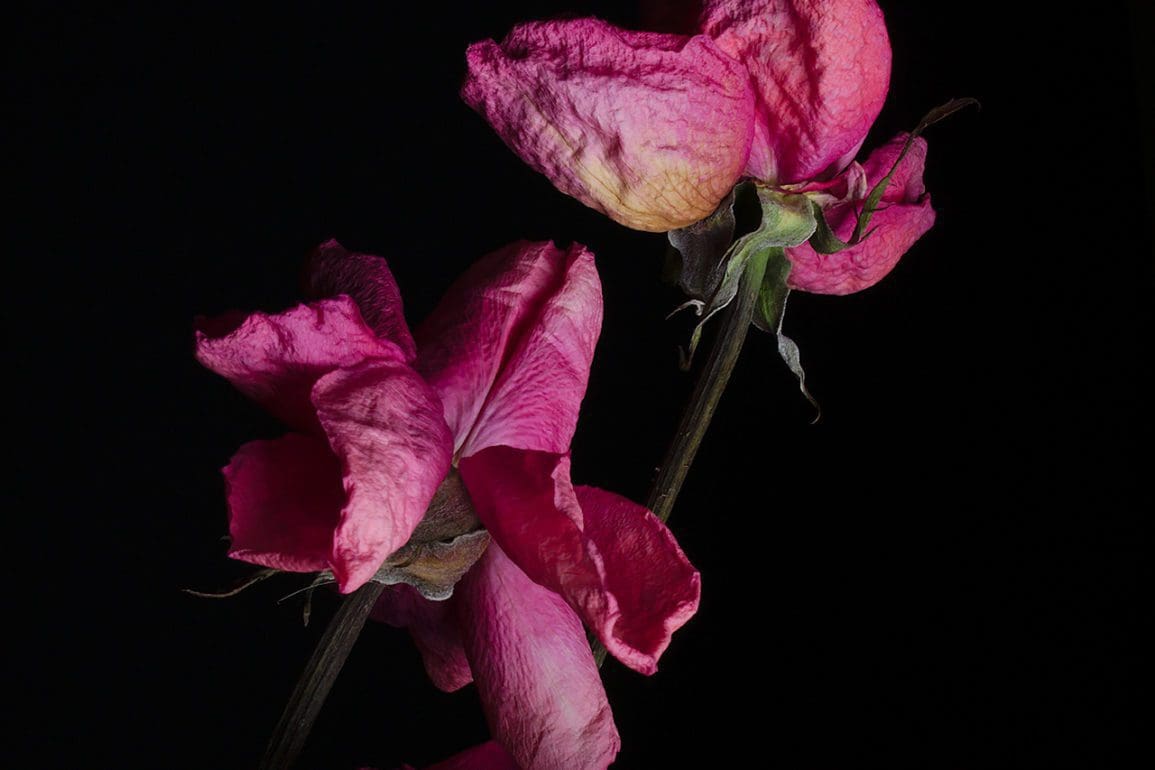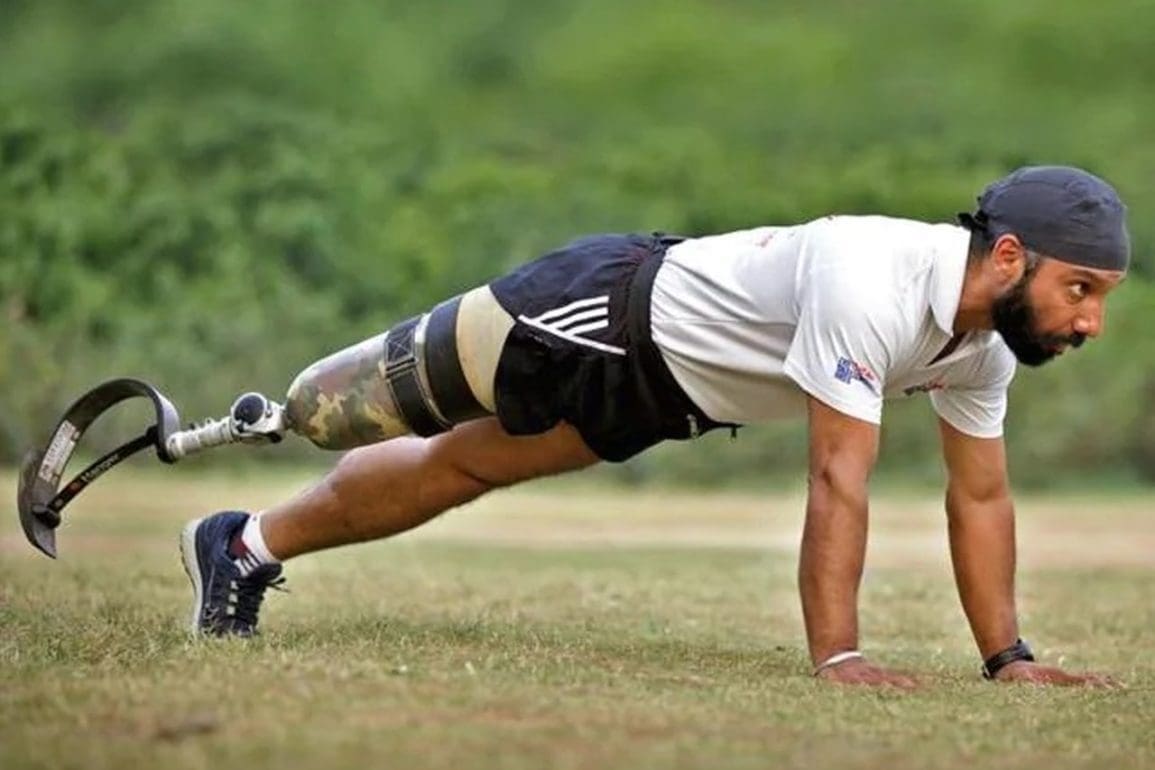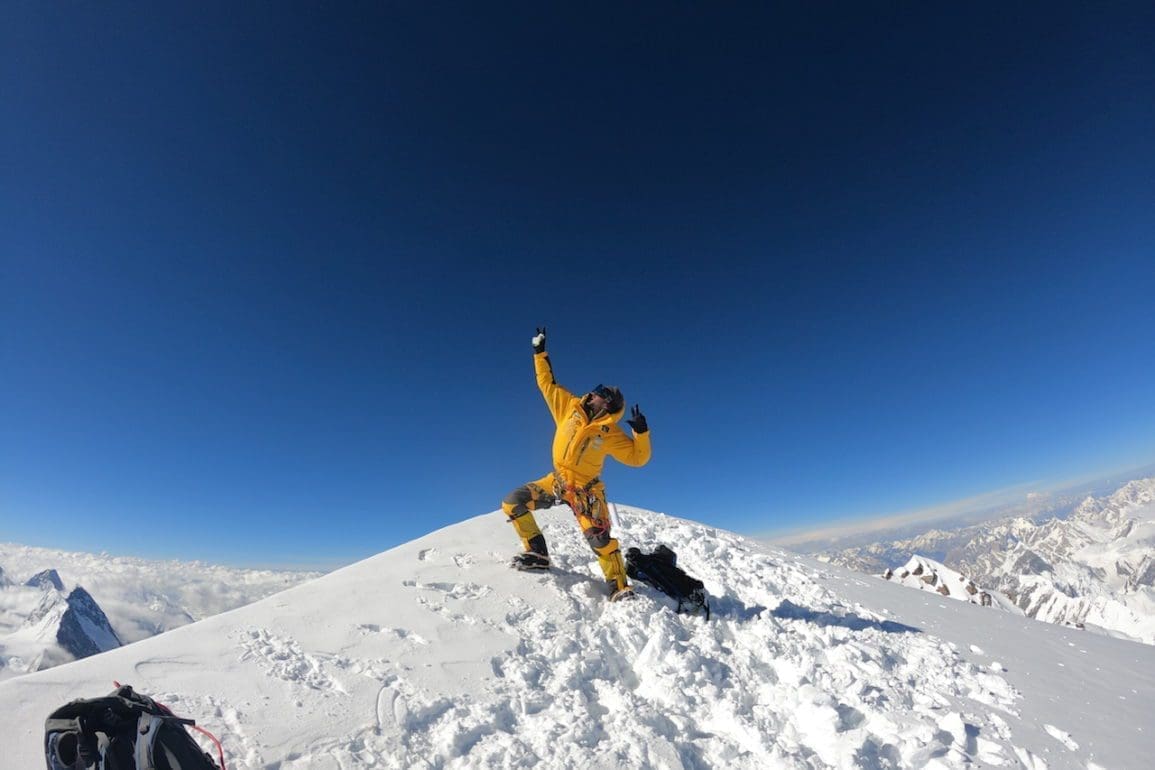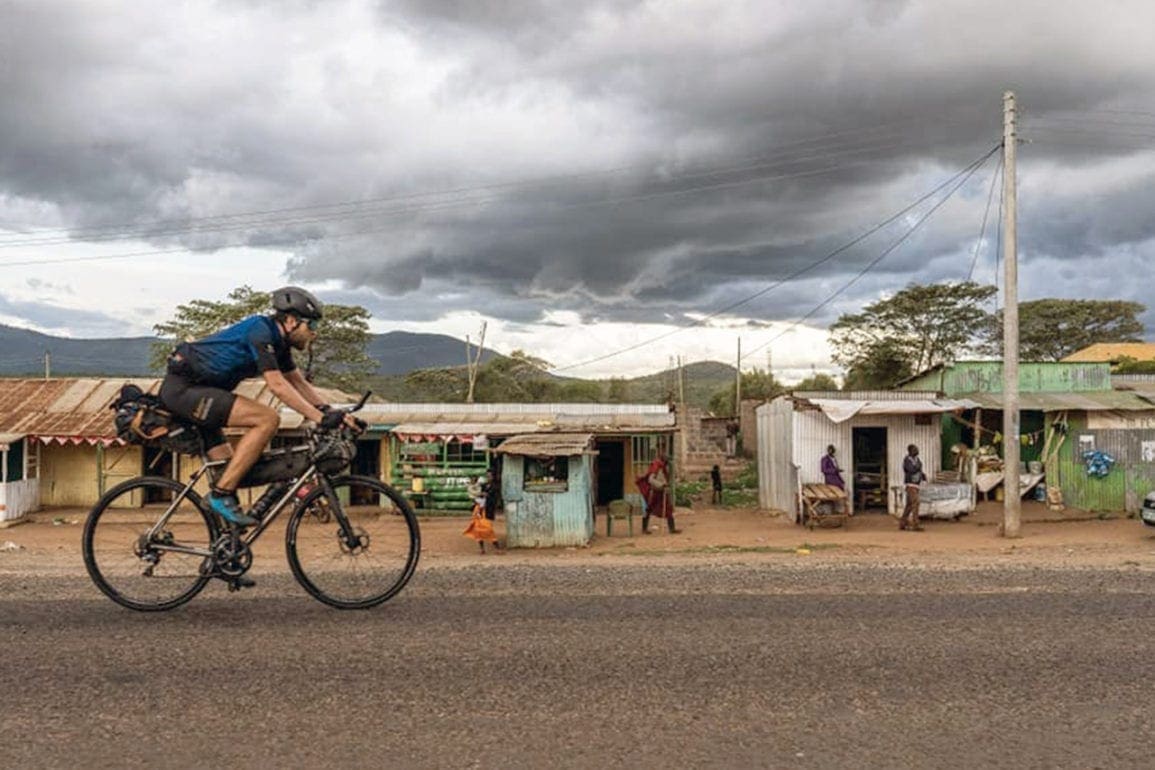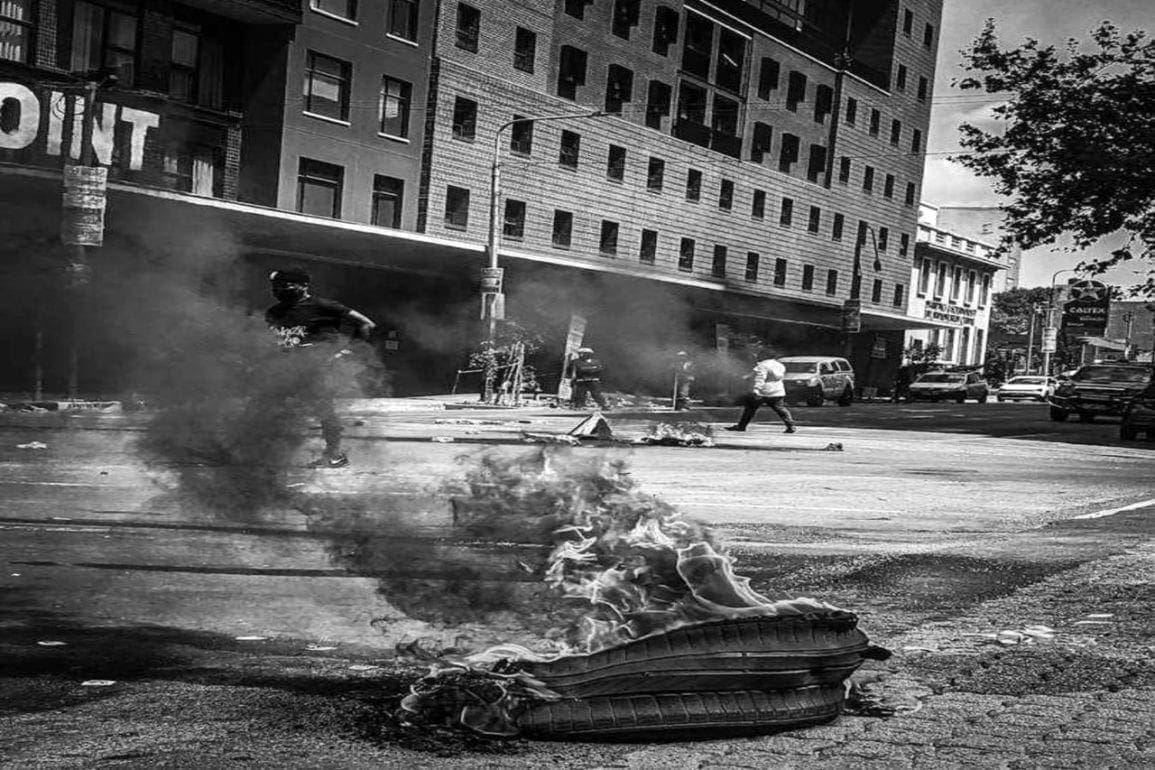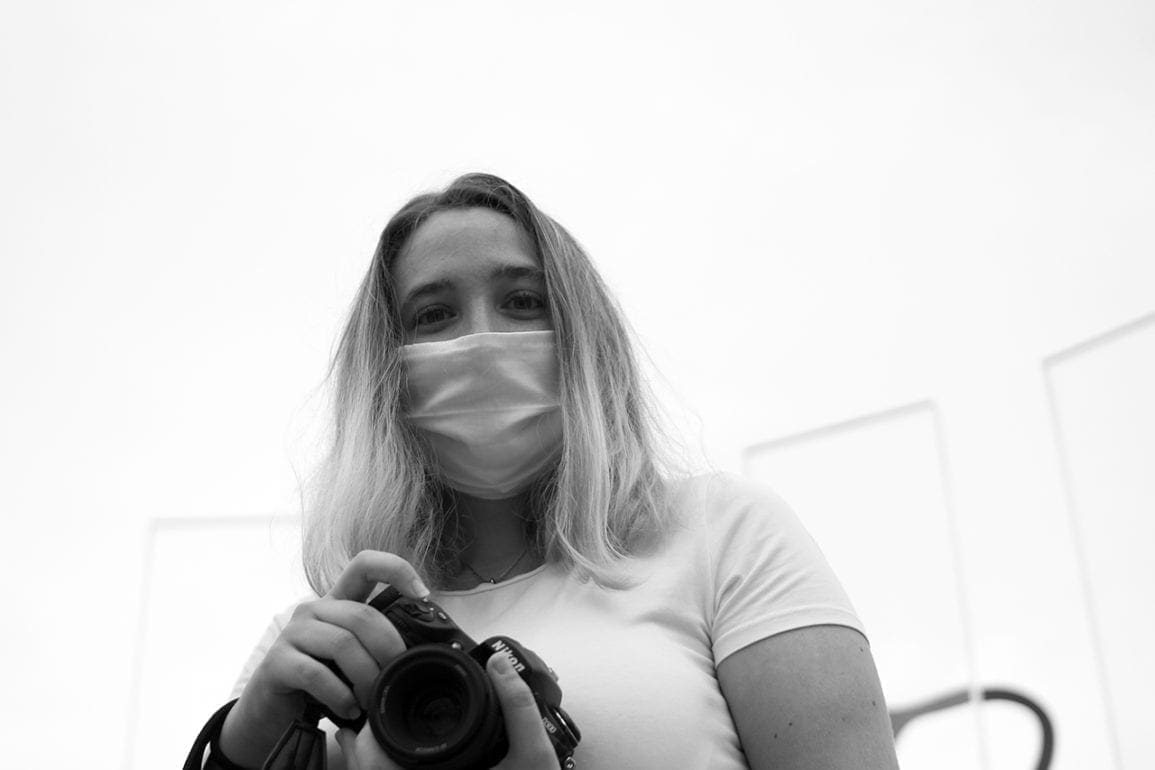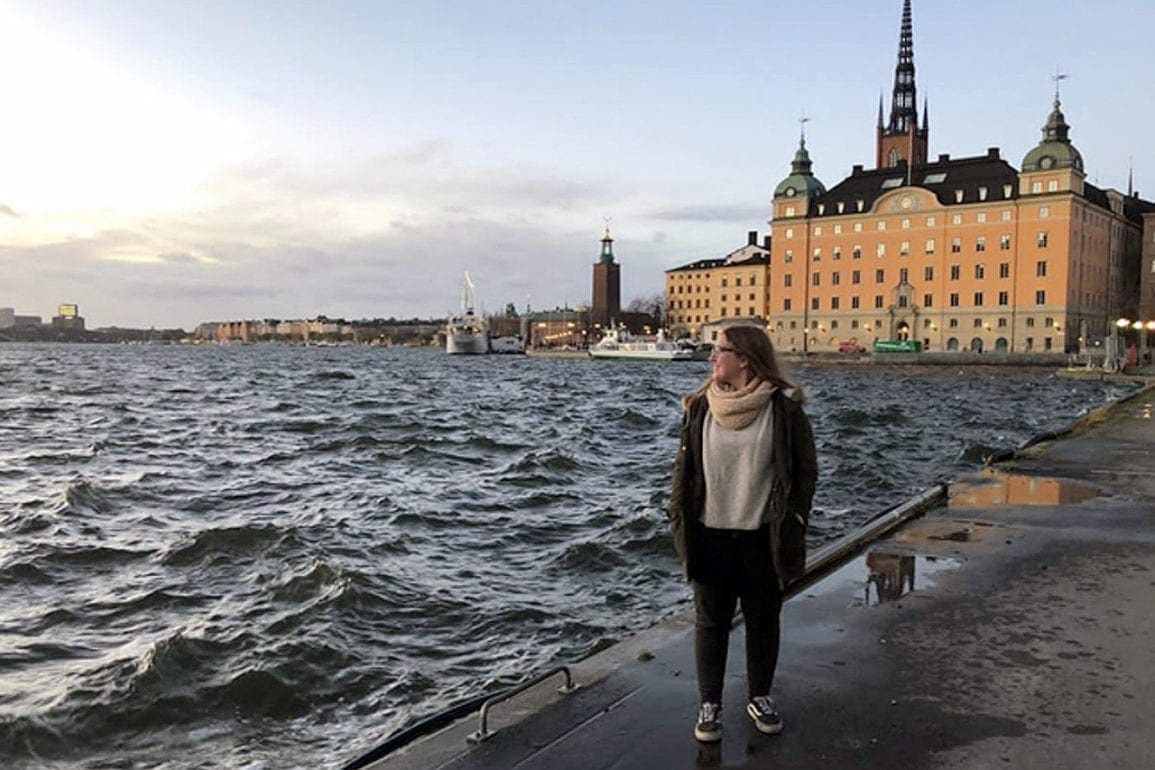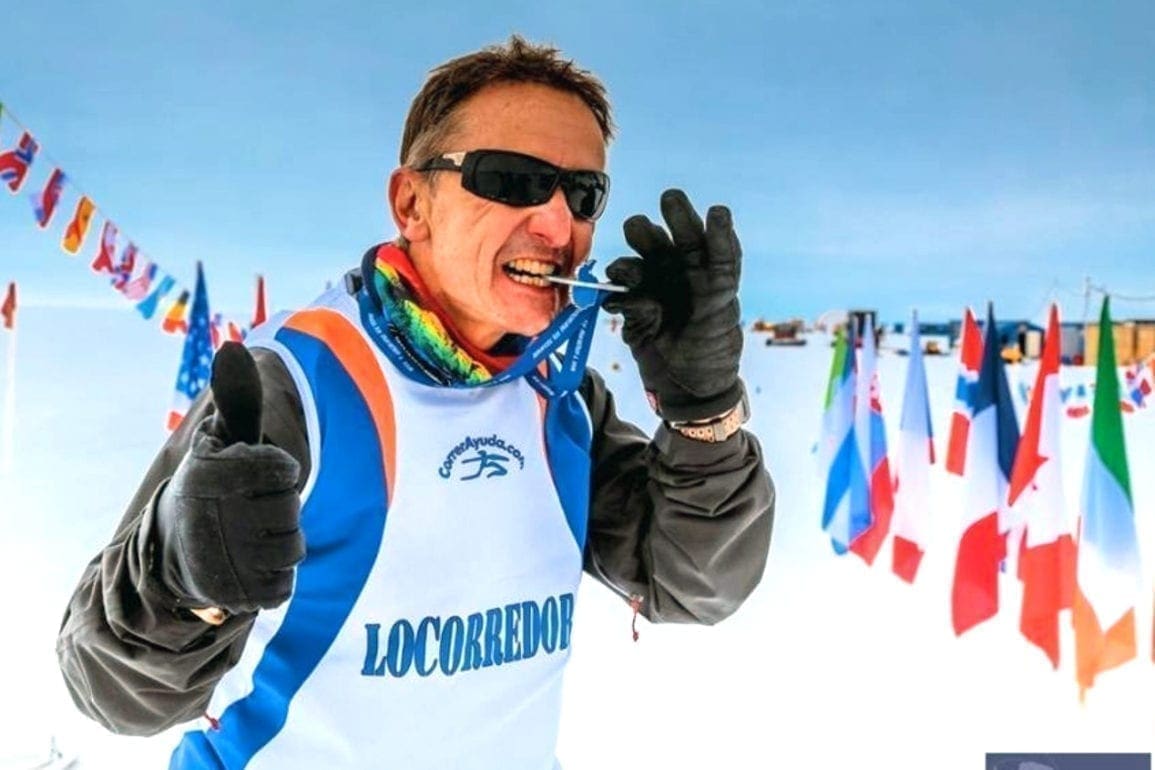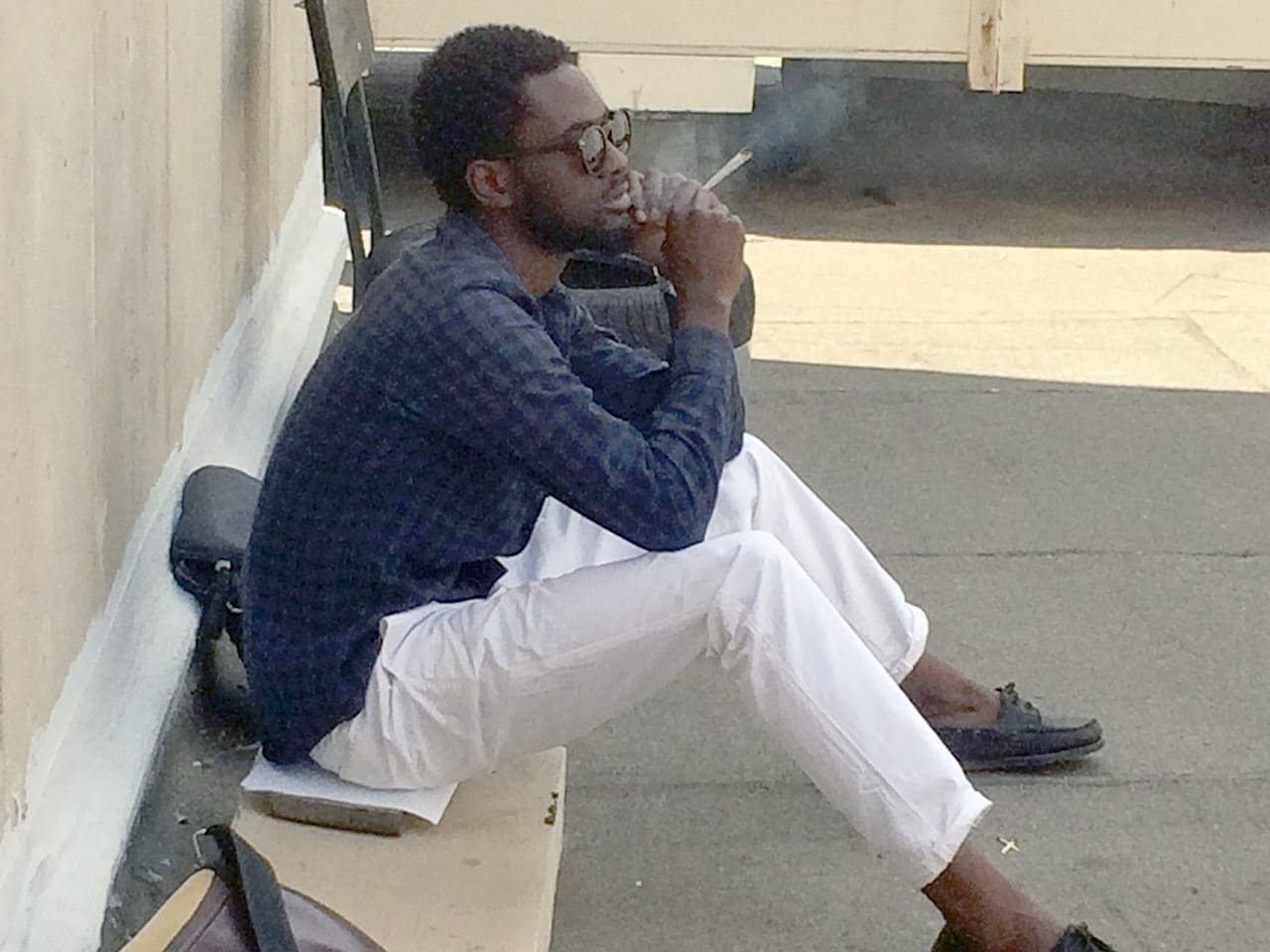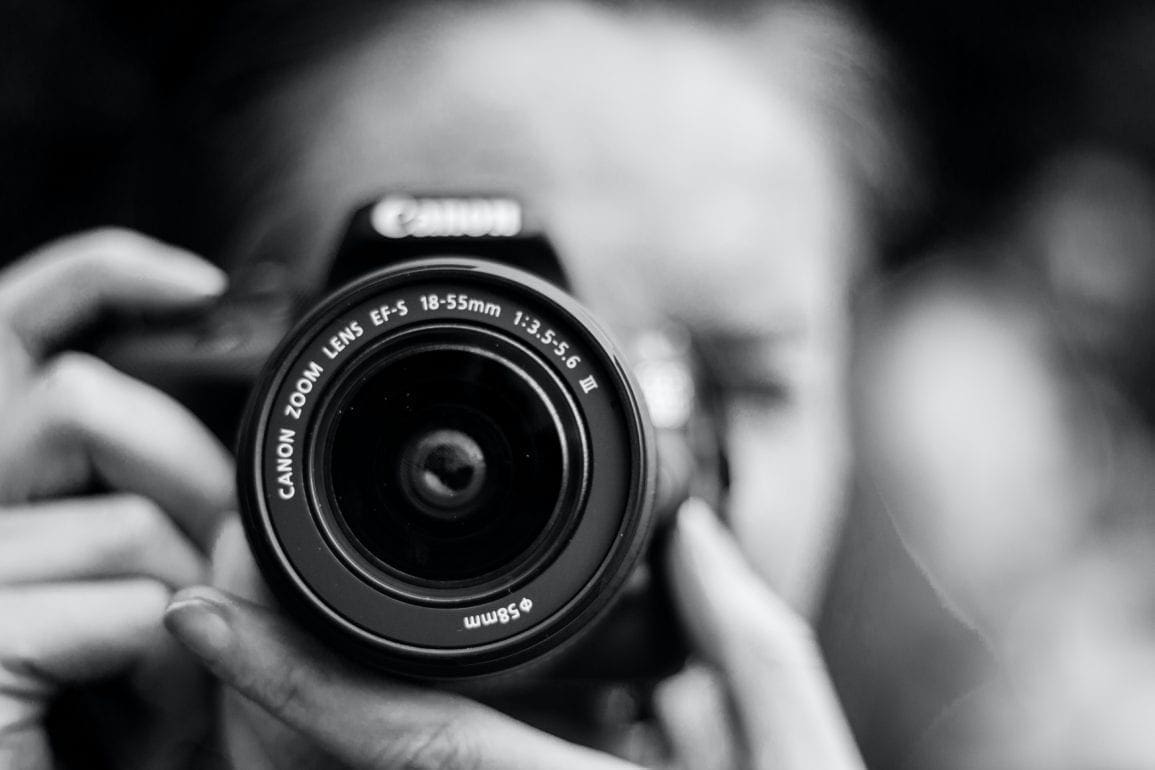Researchers in Peru discover a perfectly preserved 800-year-old mummy
Upon hearing our colleague’s calls, our team rushed to him. We quickly noticed an exposed part of a leg, and our curiosity grew further. For some of us, it was our first initial encounter with such a find.
- 3 years ago
May 25, 2023
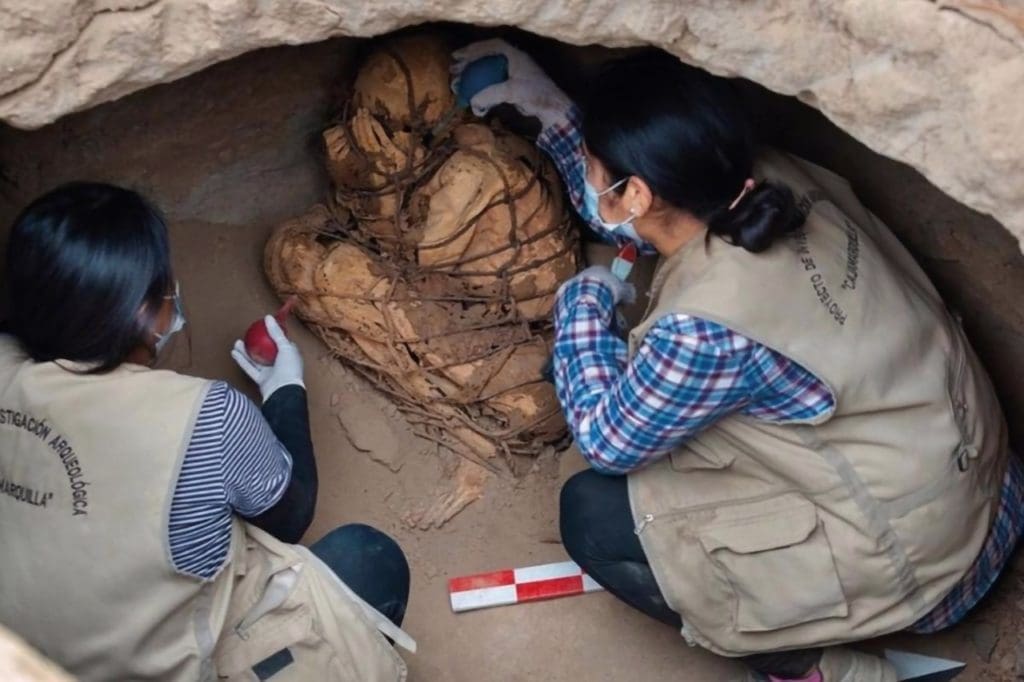
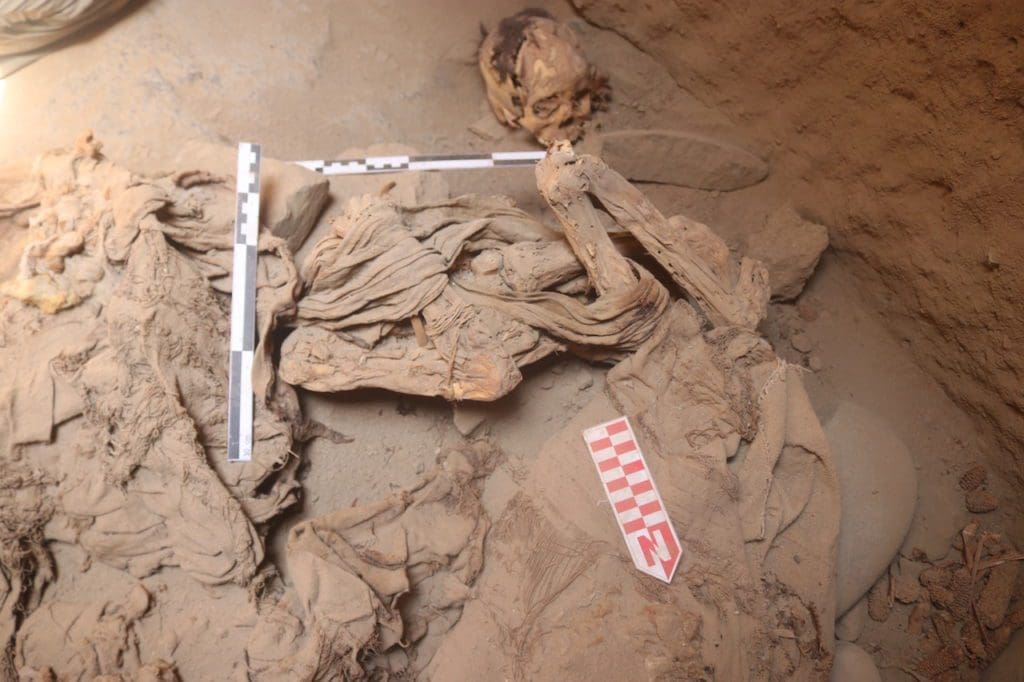
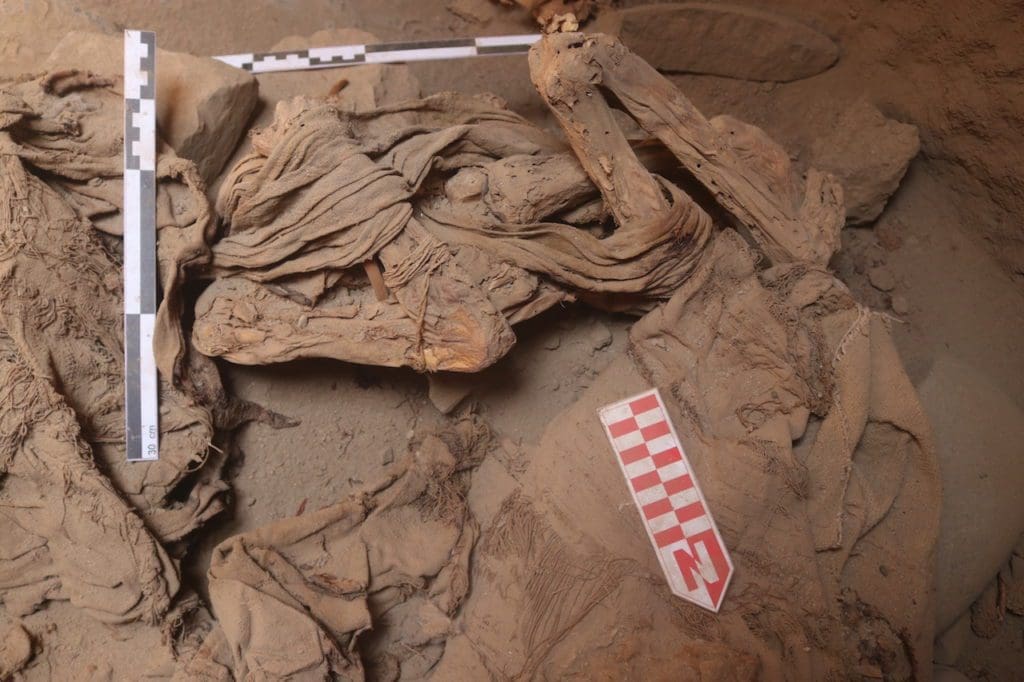
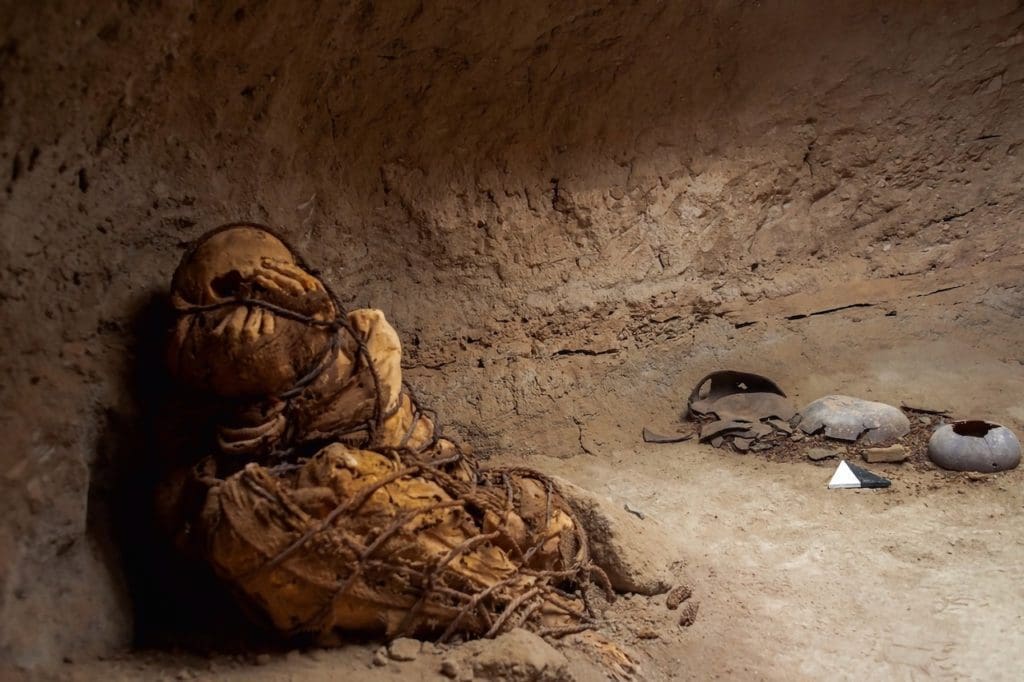
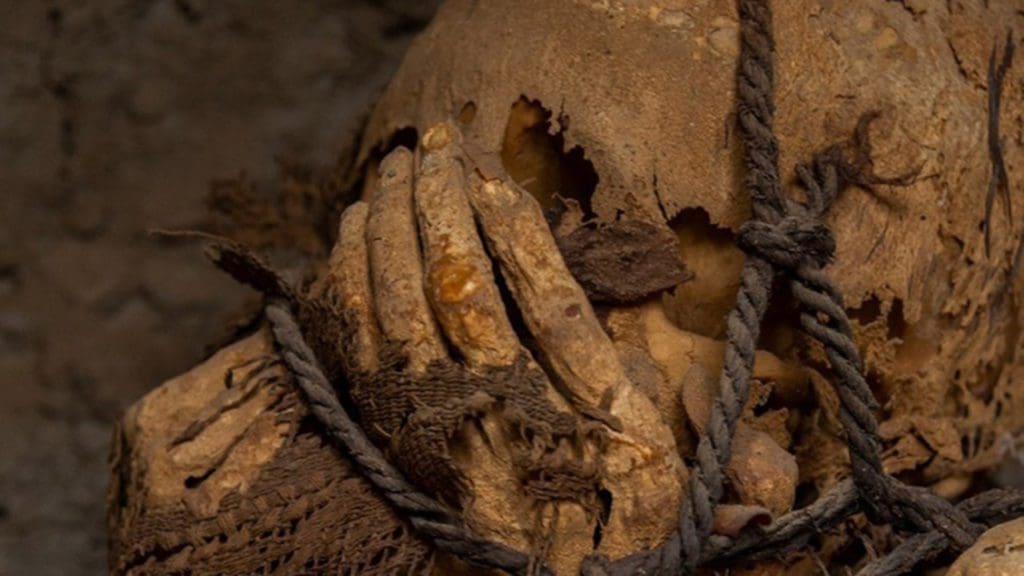
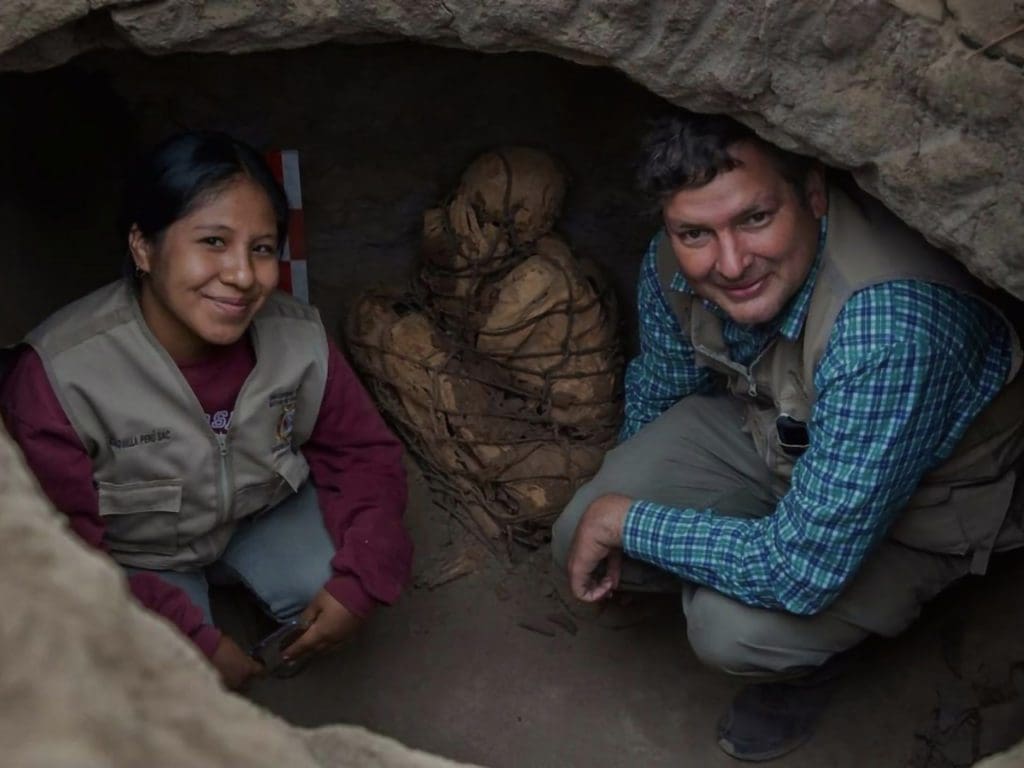
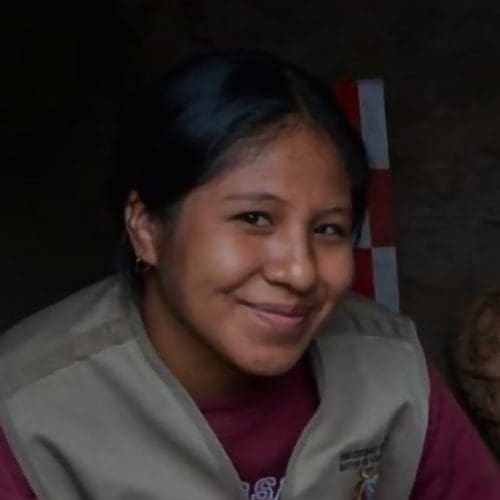
CAJAMARQUILLA, Peru — Two weeks ago, Jorge Perez, one of our young researchers, stumbled upon a captivating find in an underground tomb on the outskirts of Lima, Peru. Our team discovered an 800-year-old pre-Inca mummy, perfectly preserved and brimming with historical significance. We have been tirelessly working on this project since 2021, unearthing various mummies along the way. Yet, to this day, we have never come across one in such remarkable conditions as our latest find.
Read more stories from Peru at Orato World Media
We stumbled upon the rarest of discoveries after years of work
This incredible finding invigorated our pursuit of knowledge. Our excitement continues to grow with each new discovery. Deep within a small funerary structure, buried two meters beneath the earth, we found the remains of an adolescent, estimated to be around 12 or 13 years old, standing approximately one meter and 30 centimeters tall.
The burial structure remained concealed beneath a massive mud rock. We have yet to determine the sex of this individual, but they likely belonged to the Ichma culture. The Ichma culture thrived approximately 900 years ago, before the Inca Empire assimilated them during the 15th Century. This discovery illuminates the fascinating history of ancient Peru and provides invaluable insights into the lives of those who inhabited the region over a millennium ago.
The surrounding area’s coarse sand contains a significant amount of salt, which facilitated a natural mummification process. This unique environment managed to preserve the skin on the arms, forearms, and both legs. Meanwhile, the head, now detached from the body, retains some strands of hair. Even more remarkable are the traces of teeth that can still be observed in the exposed jaw. When our researcher, Jorge, made the discovery, he immediately yelled out to us in excitement. He seemed taken aback as he described what he saw. We anticipated something like this, having previously uncovered well-preserved mummified llamas, which bolstered our belief that we were on the cusp of something extraordinary.
This could unearth centuries of secrets
Upon hearing our colleague’s calls, our team, composed of workers, archaeologists, and volunteers, rushed to him. We quickly noticed an exposed part of a leg, and our curiosity grew. For some of us, it became our first initial encounter with such a find, and it left us speechless. We felt transported back in time. Every detail looked almost immaculate. The funeral bundle remained intact, keeping its structural integrity. I distinctly remember the rapid thumping of my heart, as if it sought to share its excitement with the world.
Cajamarquilla, a pre-Hispanic mud city, thrived as a home to an estimated population of 10,000 to 20,000 people across its vast 167-hectare expanse. Constructed around 200 BC, this ancient metropolis remained inhabited until the year 1500. Situated 24 kilometers east of Lima, Cajamarquilla stands as one of the Peruvian capital’s most expansive archaeological complexes. I still feel incredibly amazed by the mud-crafted structures in the shape of stepped pyramids. The streets mimic the design of pre-Hispanic avenues. In addition, the imposing perimeter walls, measuring three to four meters in width and height, envelop the city, immersing visitors in a profound sense of history.
Amidst this pre-Hispanic marvel, the tombs emerge as integral components. The main tombs resemble rooms with exquisite entrances, and it was within one of these tombs that we discovered our first mummy in 2021. As we explored the area, we encountered various other types of tombs such as holes in the ground, ranging from two to four meters deep. The vicinity surrounding our research camp remains home to several neighboring communities. We rented a house in one of these settlements and collectively resided there.
Bringing the world closer to the past
Driven by the desire to preserve the past in some way, I feel profoundly grateful for my decision to pursue archeology. I still cannot believe I get to live my dream every single day. Every morning, as I rise for the day, a surge of energy courses through my body, causing my heart to beat with exhilaration. For our delicate and meticulous excavation work, we rely on manual tools. The utmost care and precision are crucial in our line of work. Following the initial dig, we leave the holes exposed for two to three days, allowing them to acclimate to the environment.
Our discoveries hold immense significance for the region. Prior research projects rarely explored pre-Hispanic deaths and burials, often focusing on architectural and ceramic aspects. I feel that each step we take brings growth and progress in some way. We are the first to uncover a cemetery in this location, presenting our contributions through the meticulous analysis of 123 bodies. In the future, we aim to complete our entire research, as we currently only achieved 10 percent. We aspire to undertake comprehensive restoration and conservation efforts, transforming the site into a socially accessible space for visitors to engage with the rich history it holds, much like Machu Picchu.
All photos courtesy of Yomira Huaman’s team.



